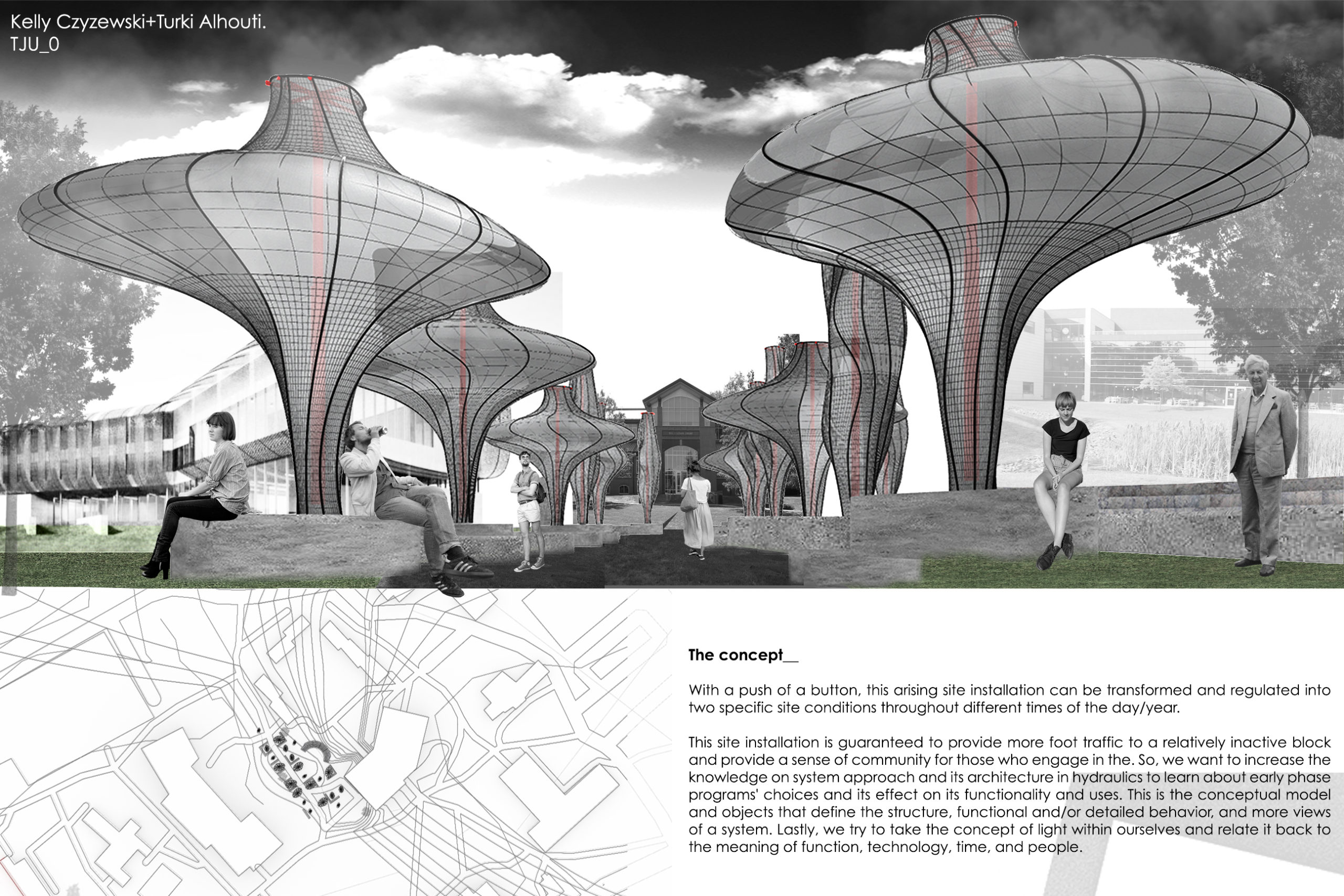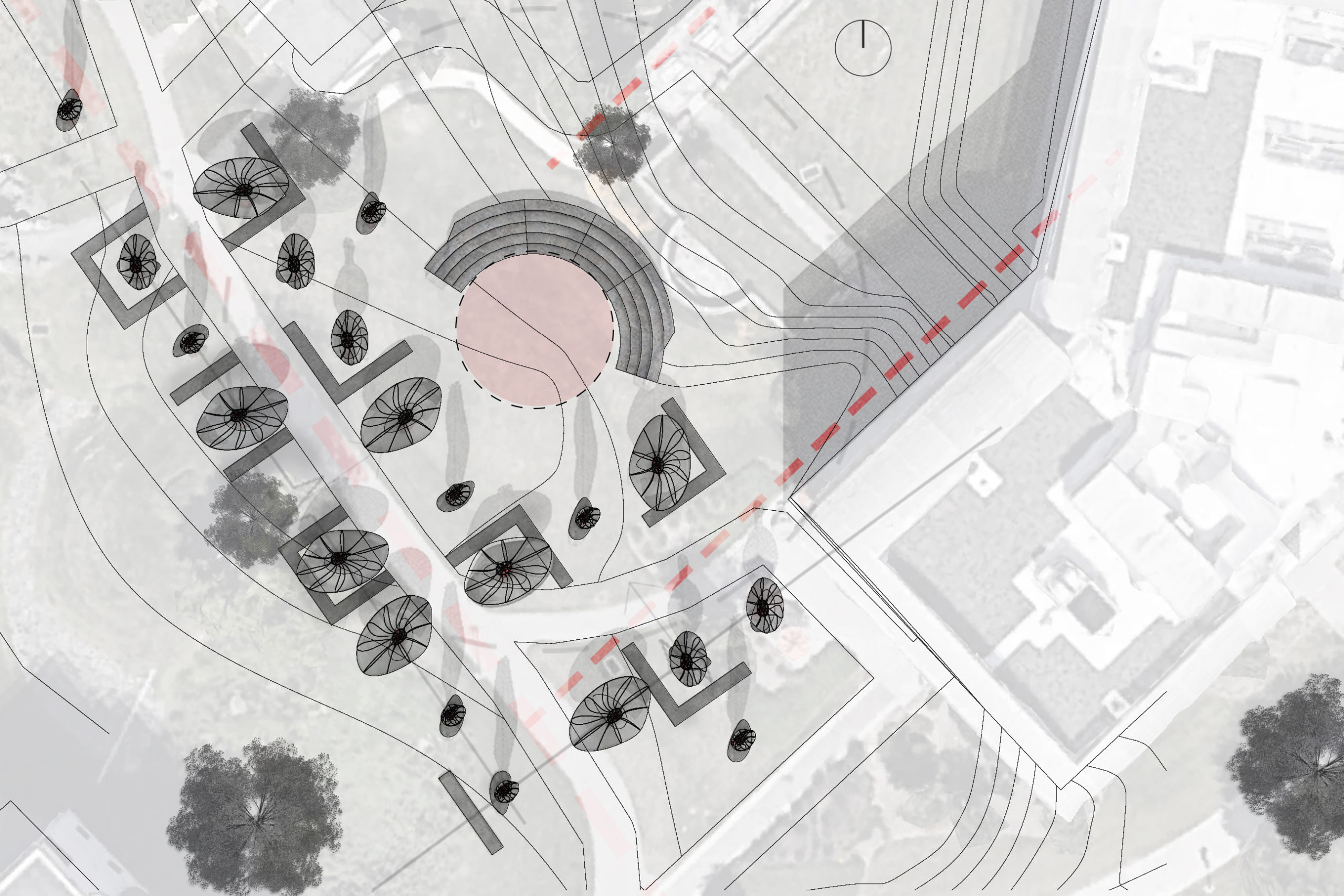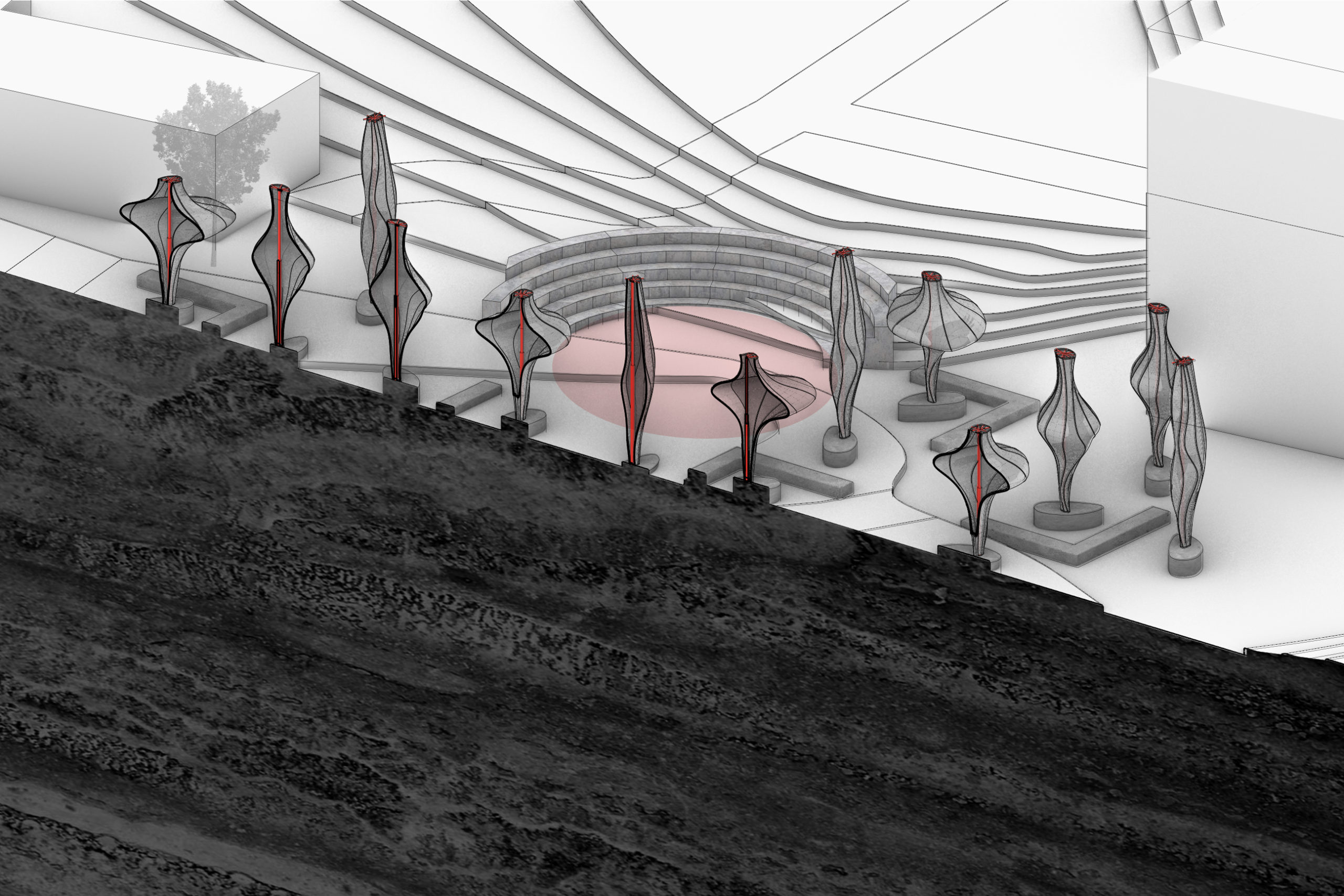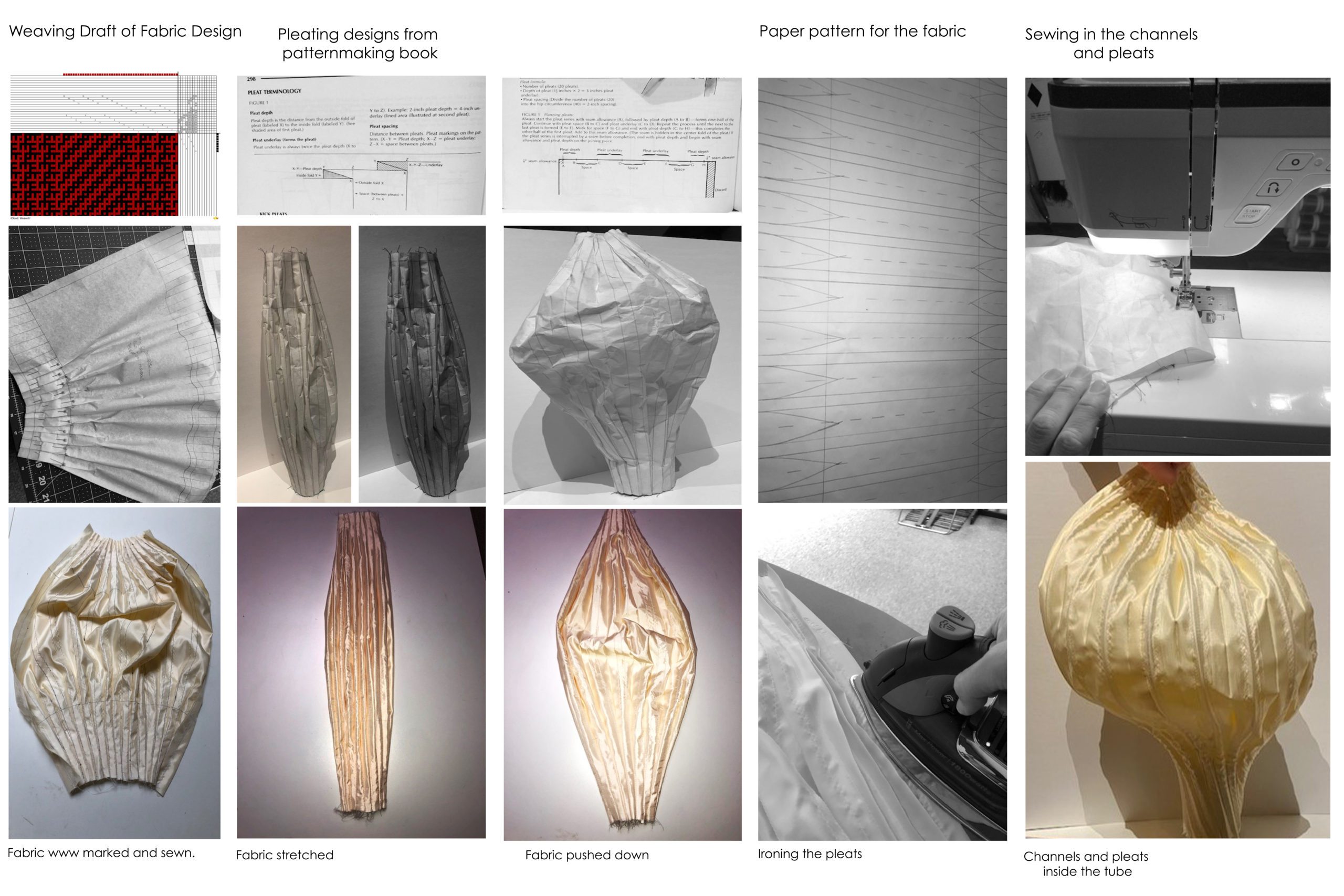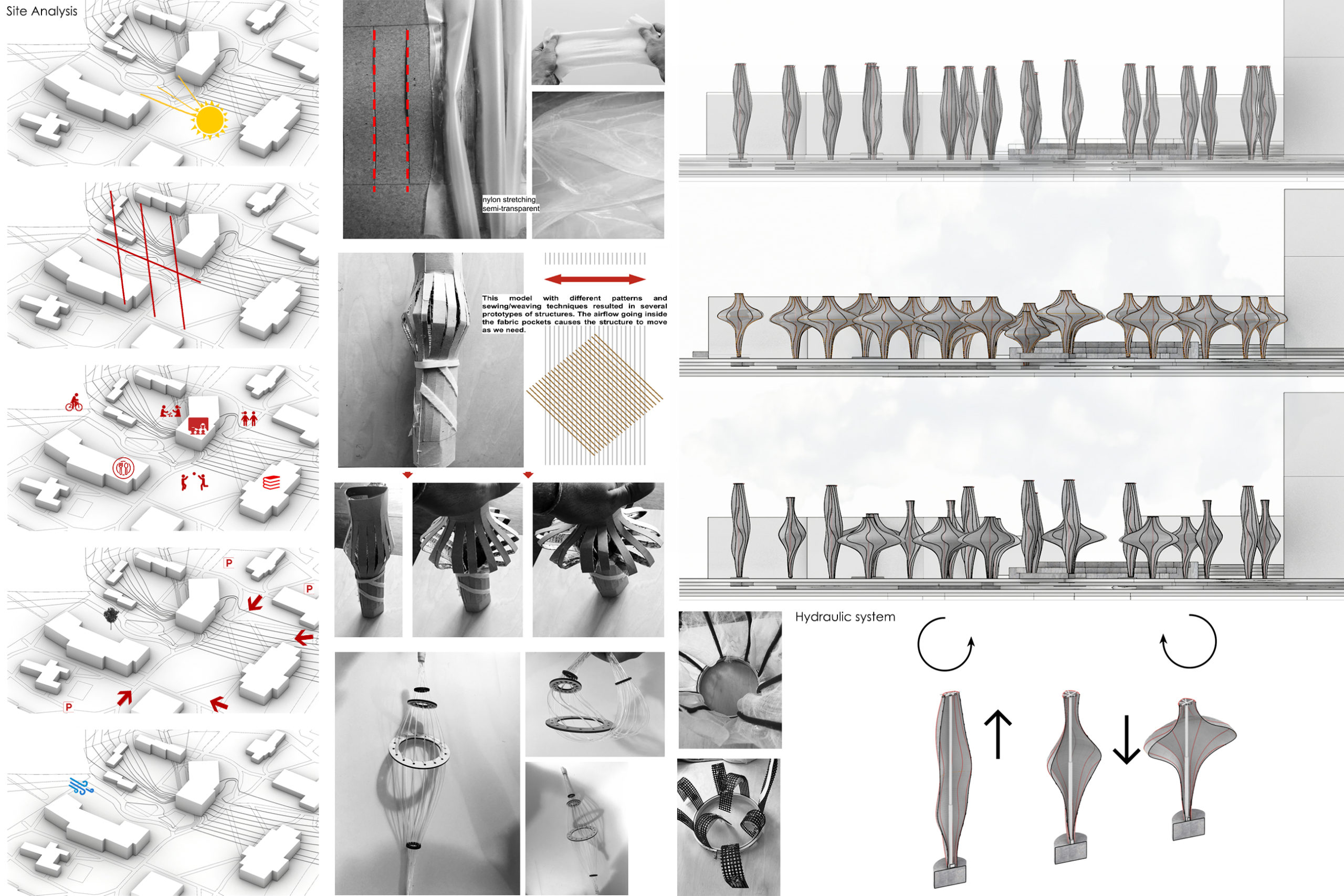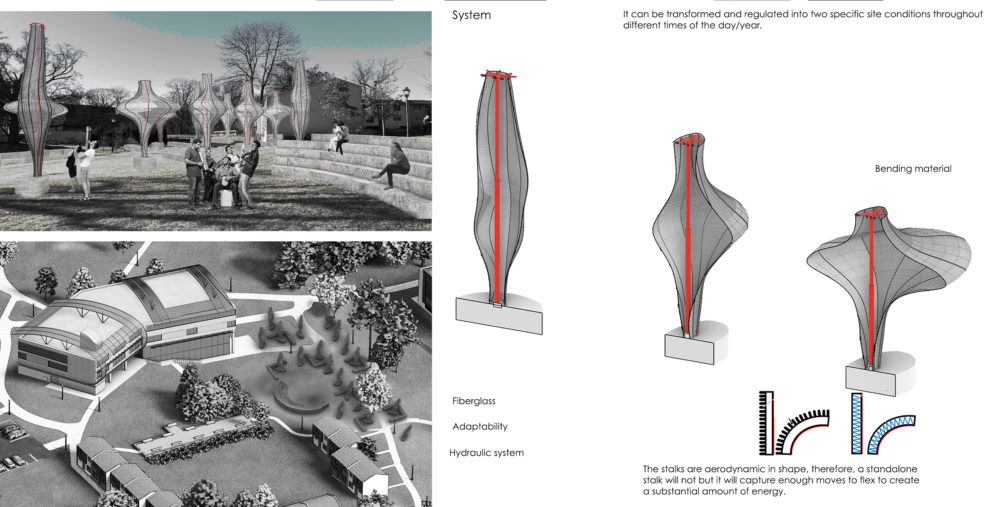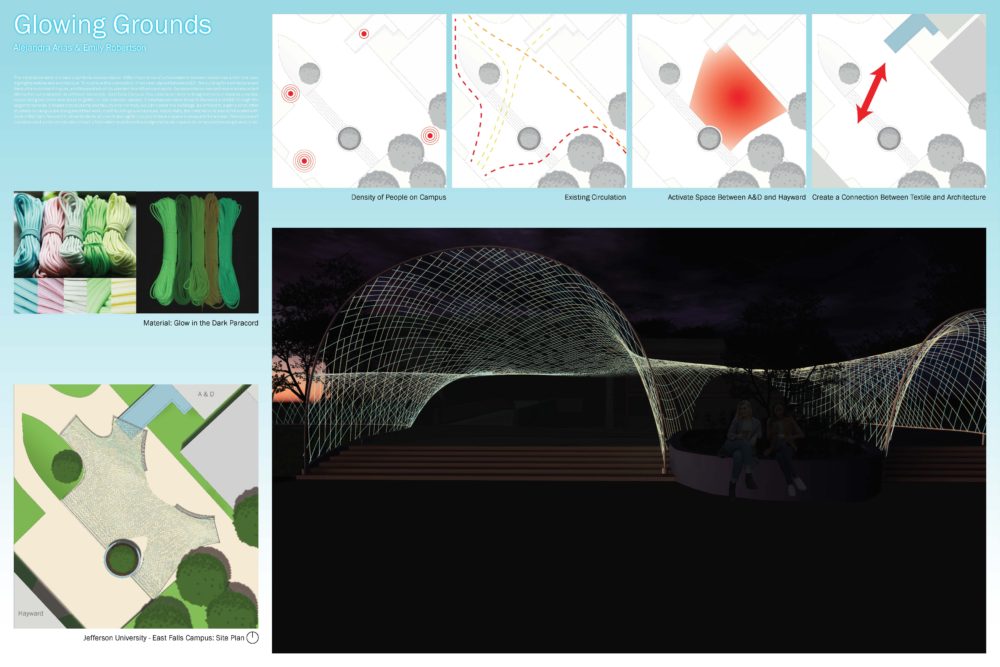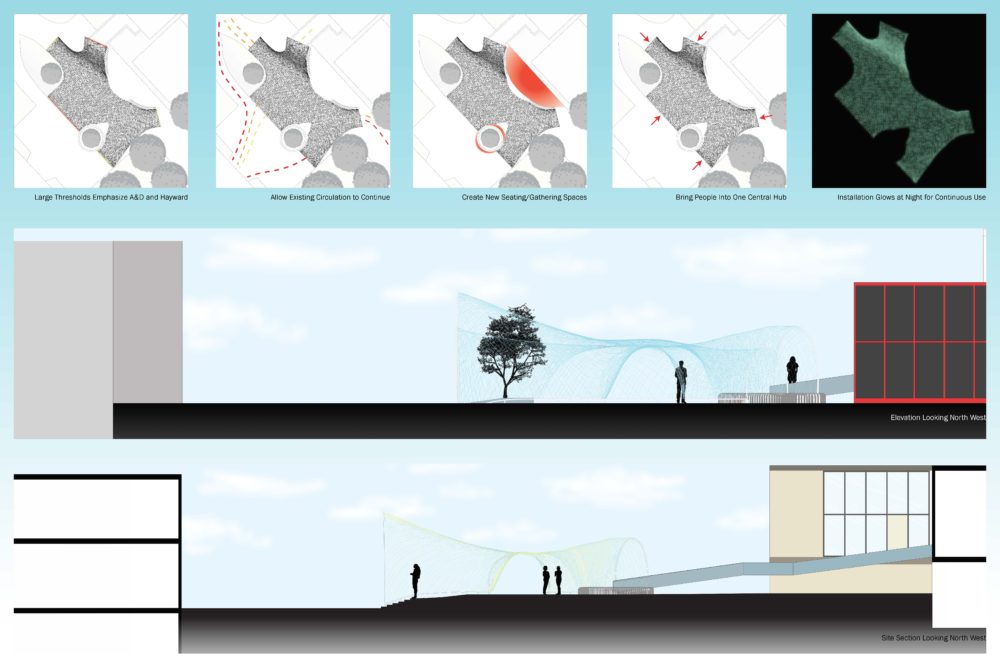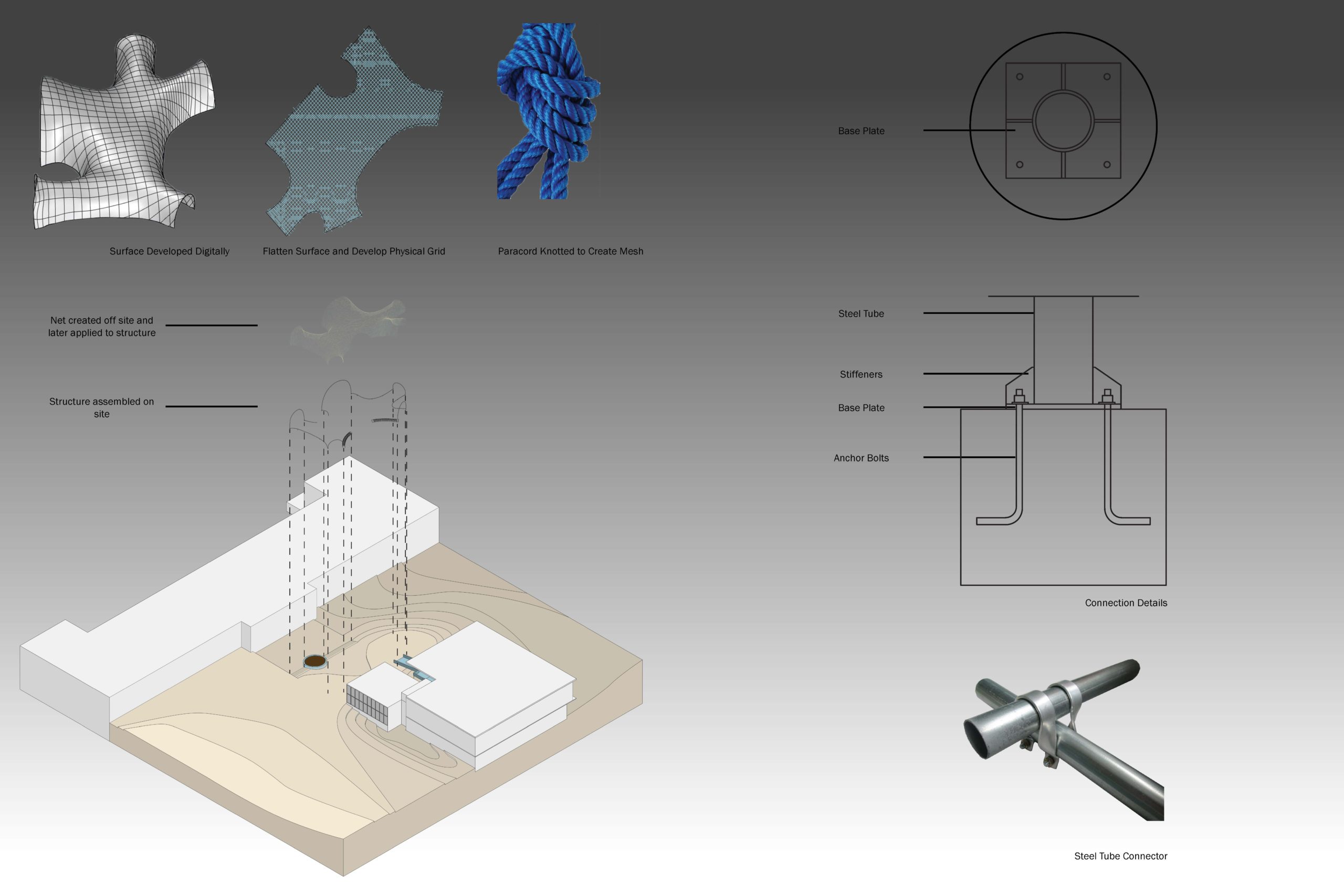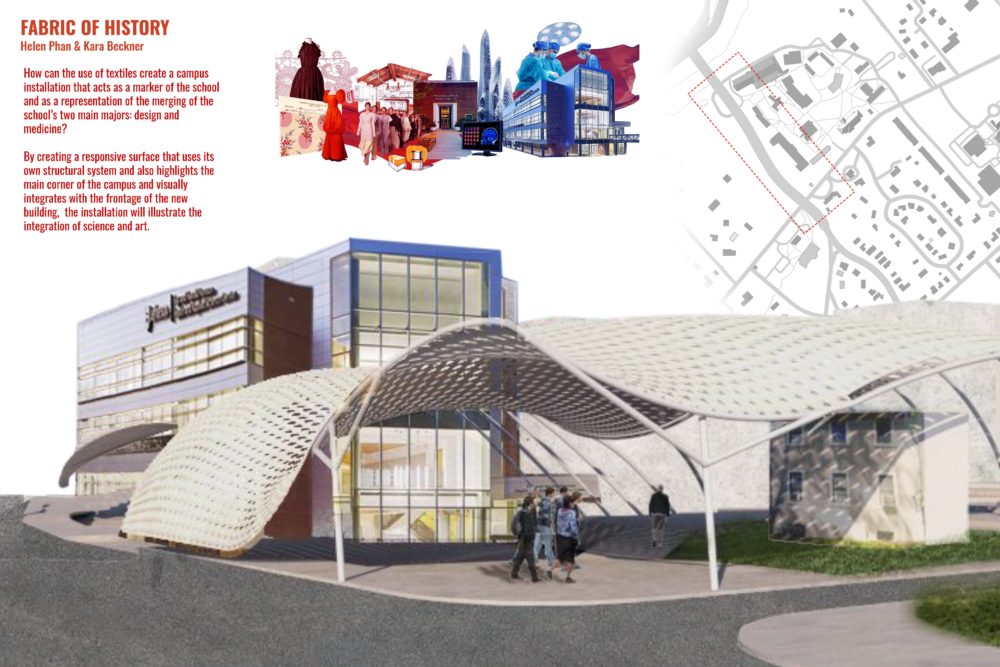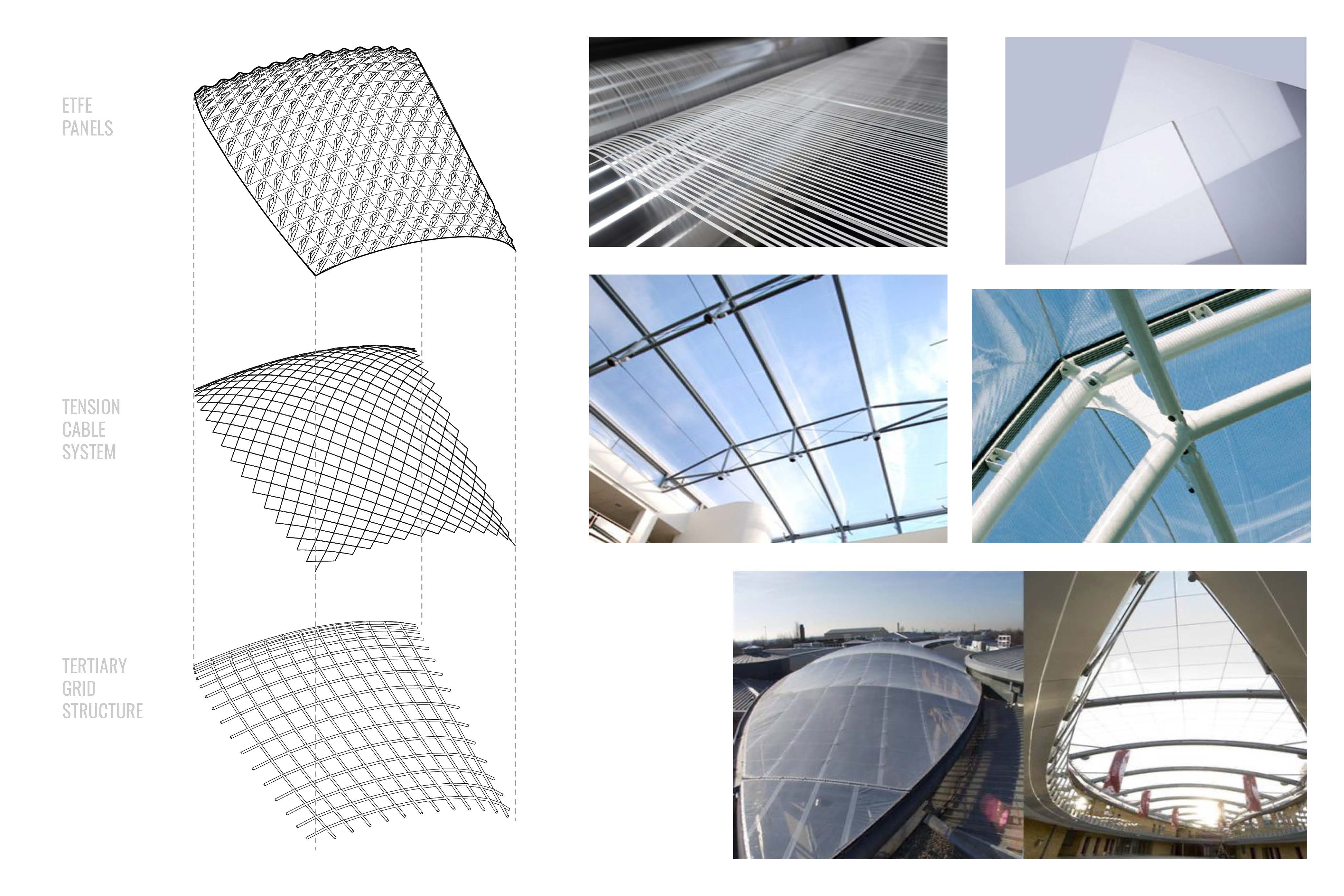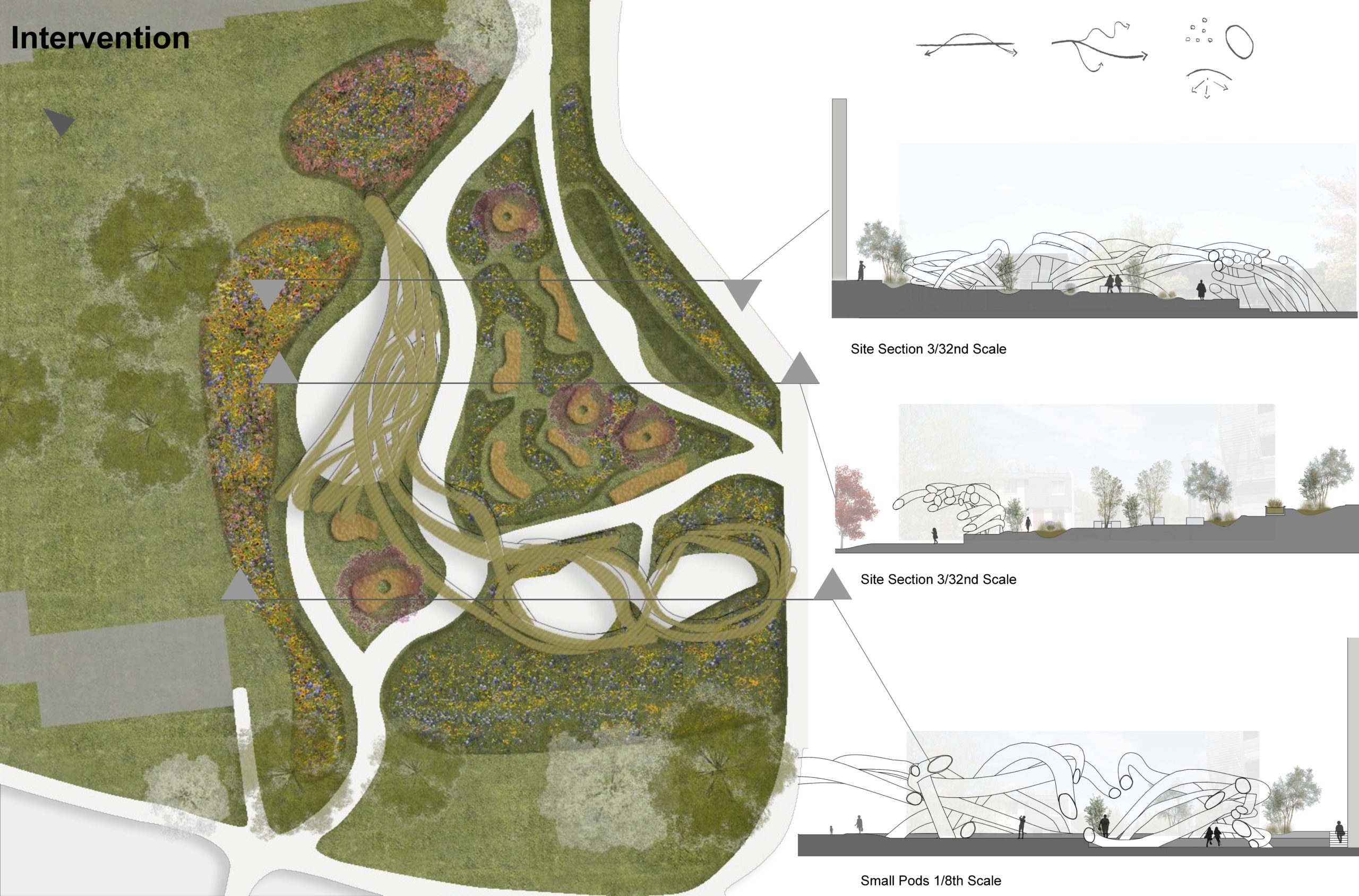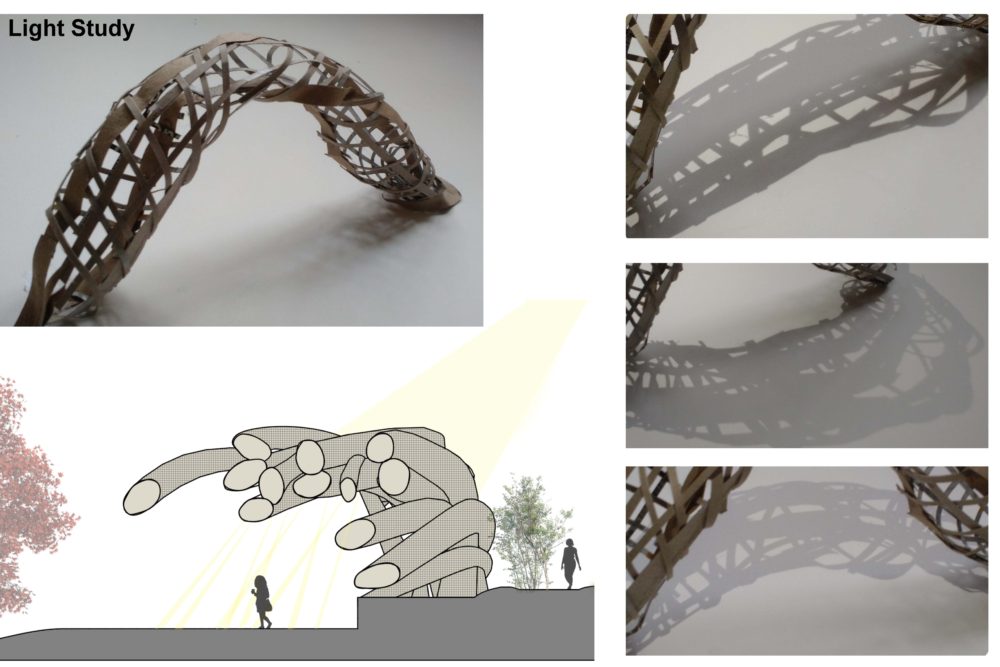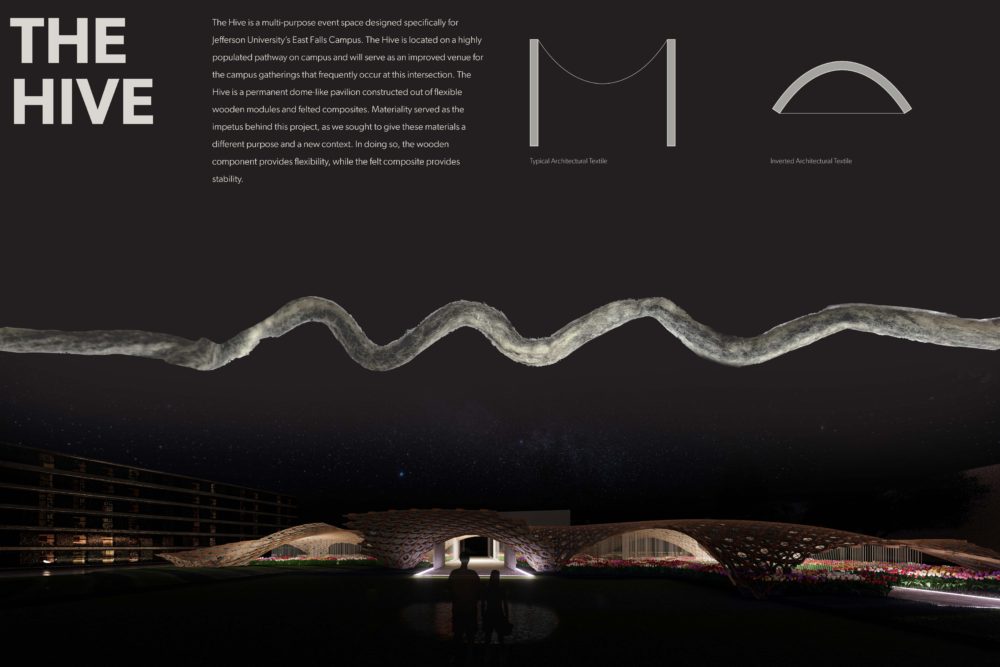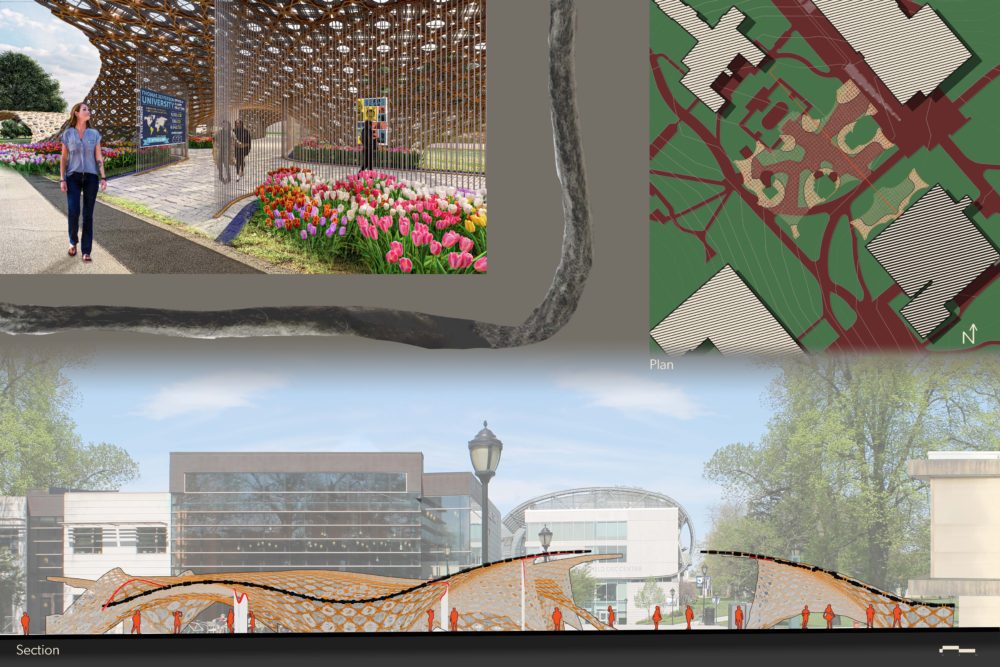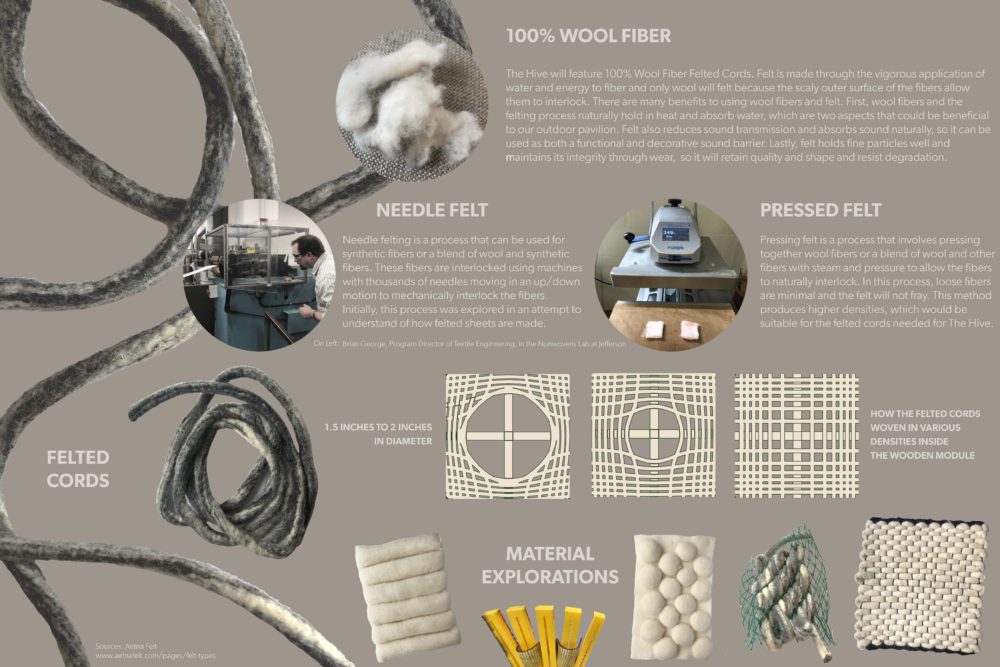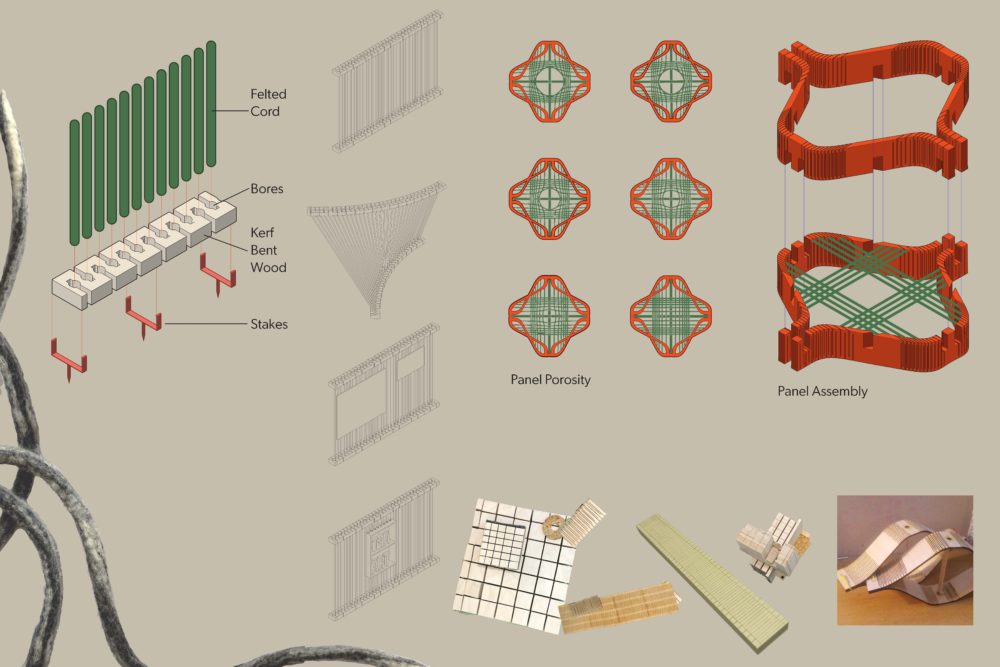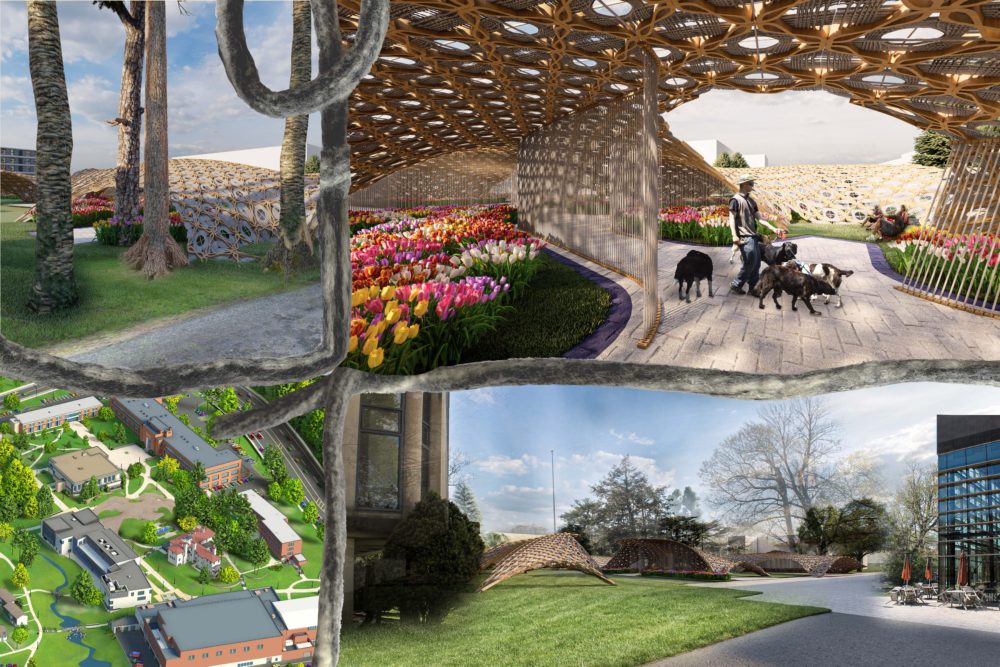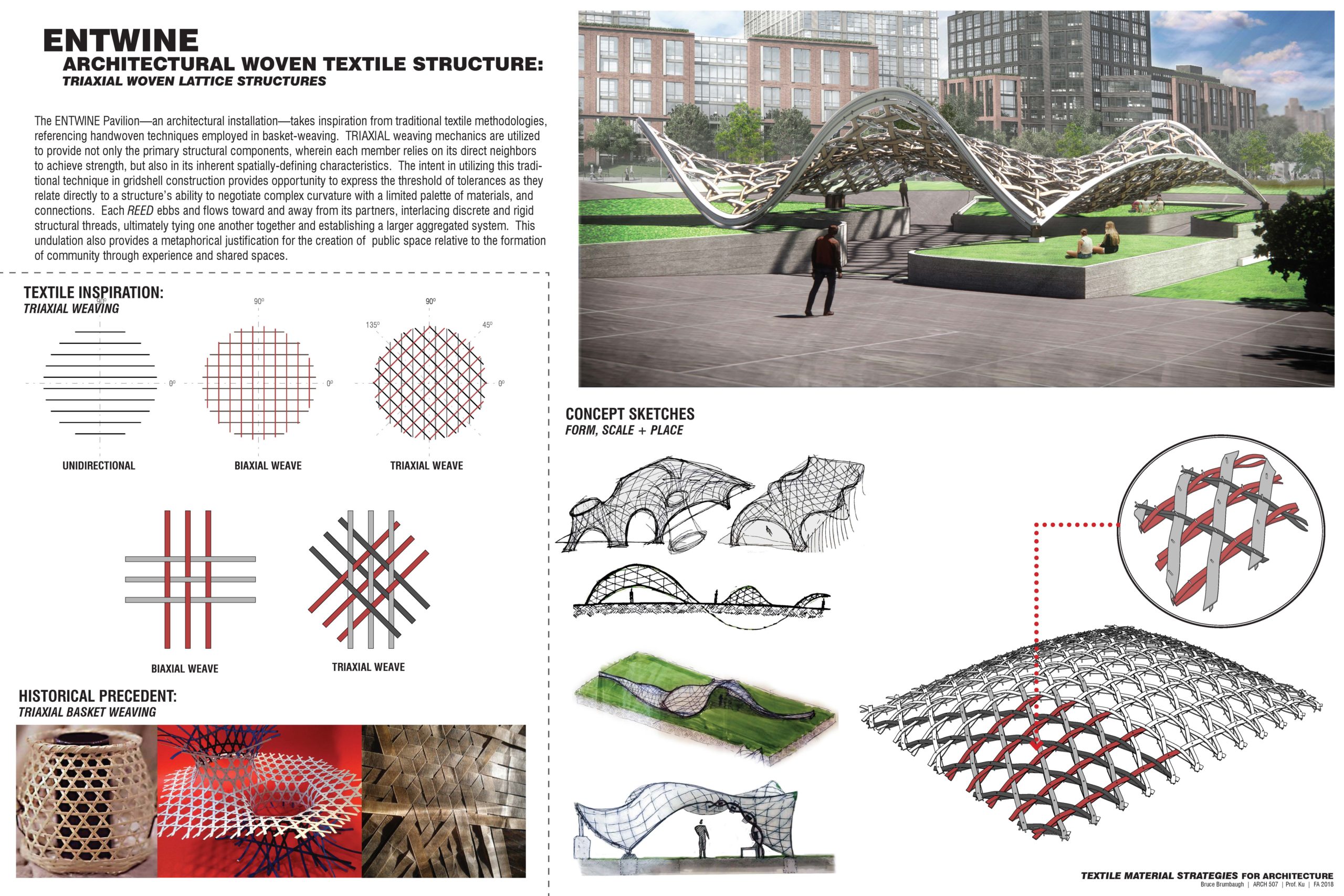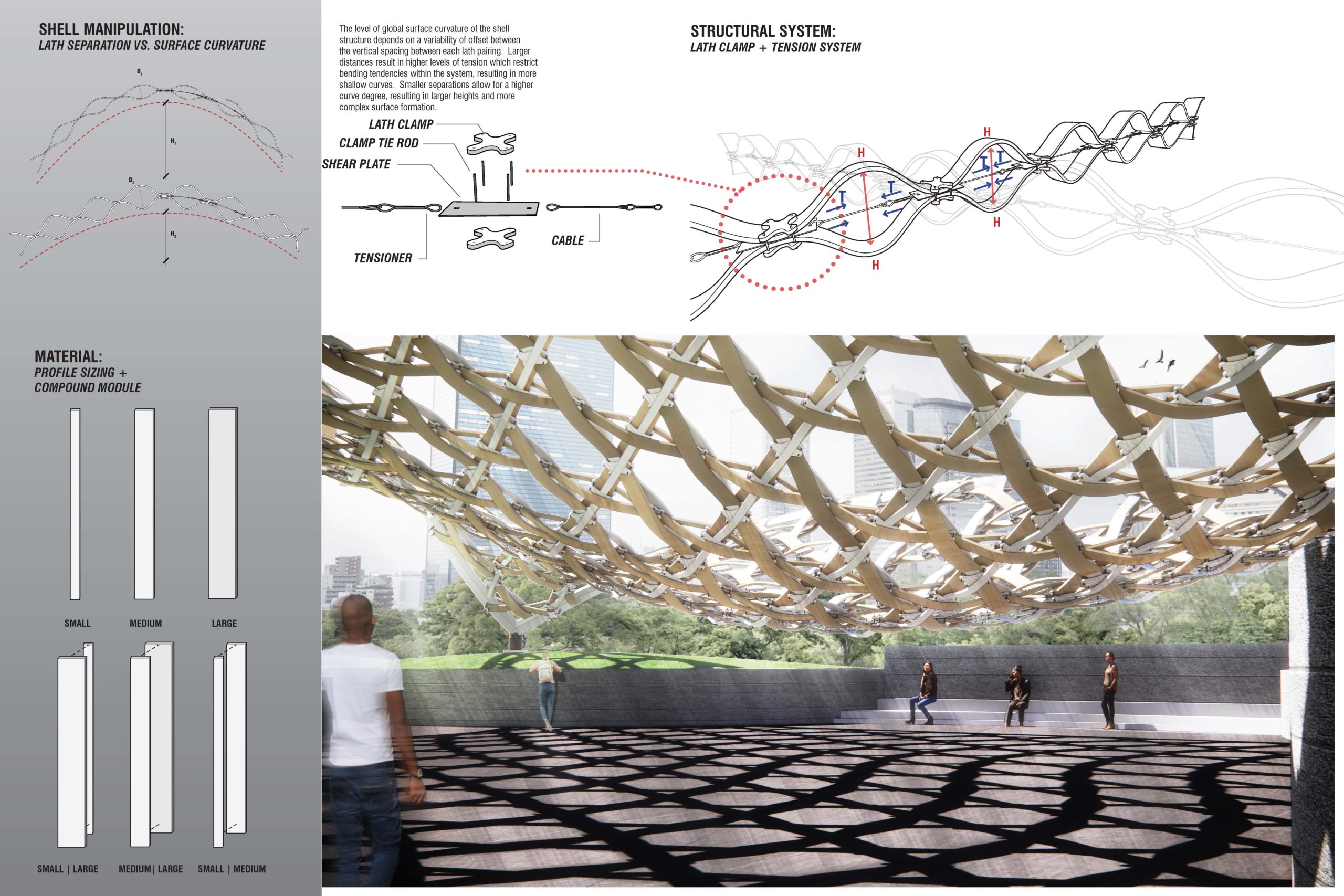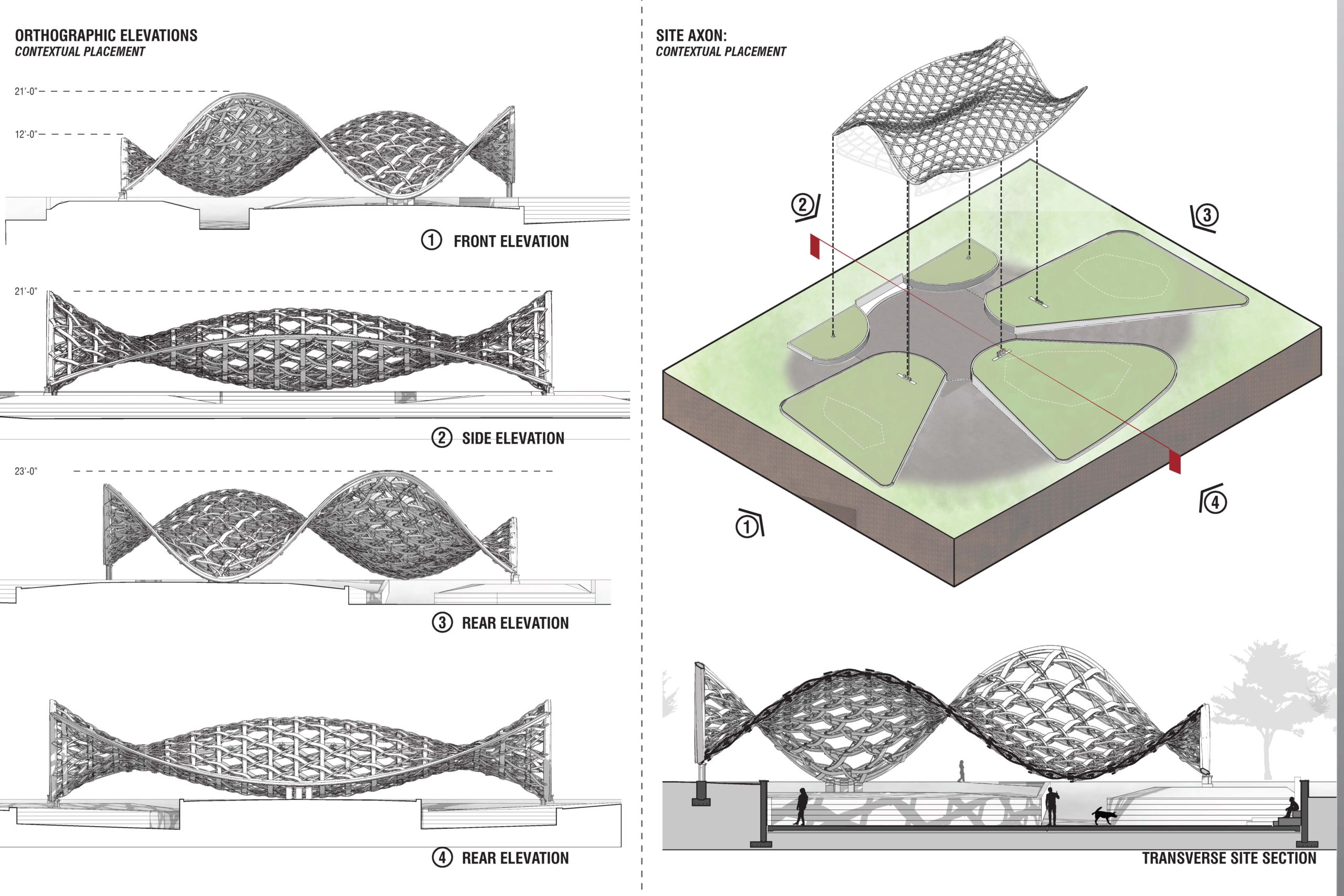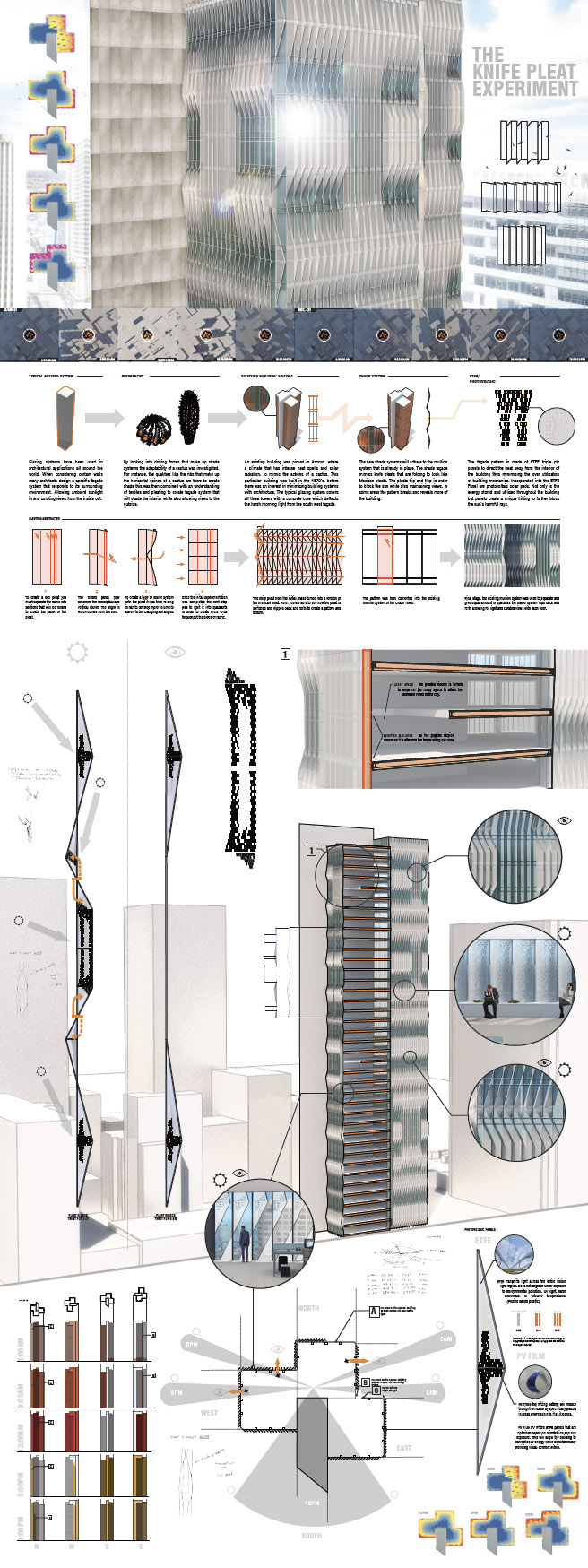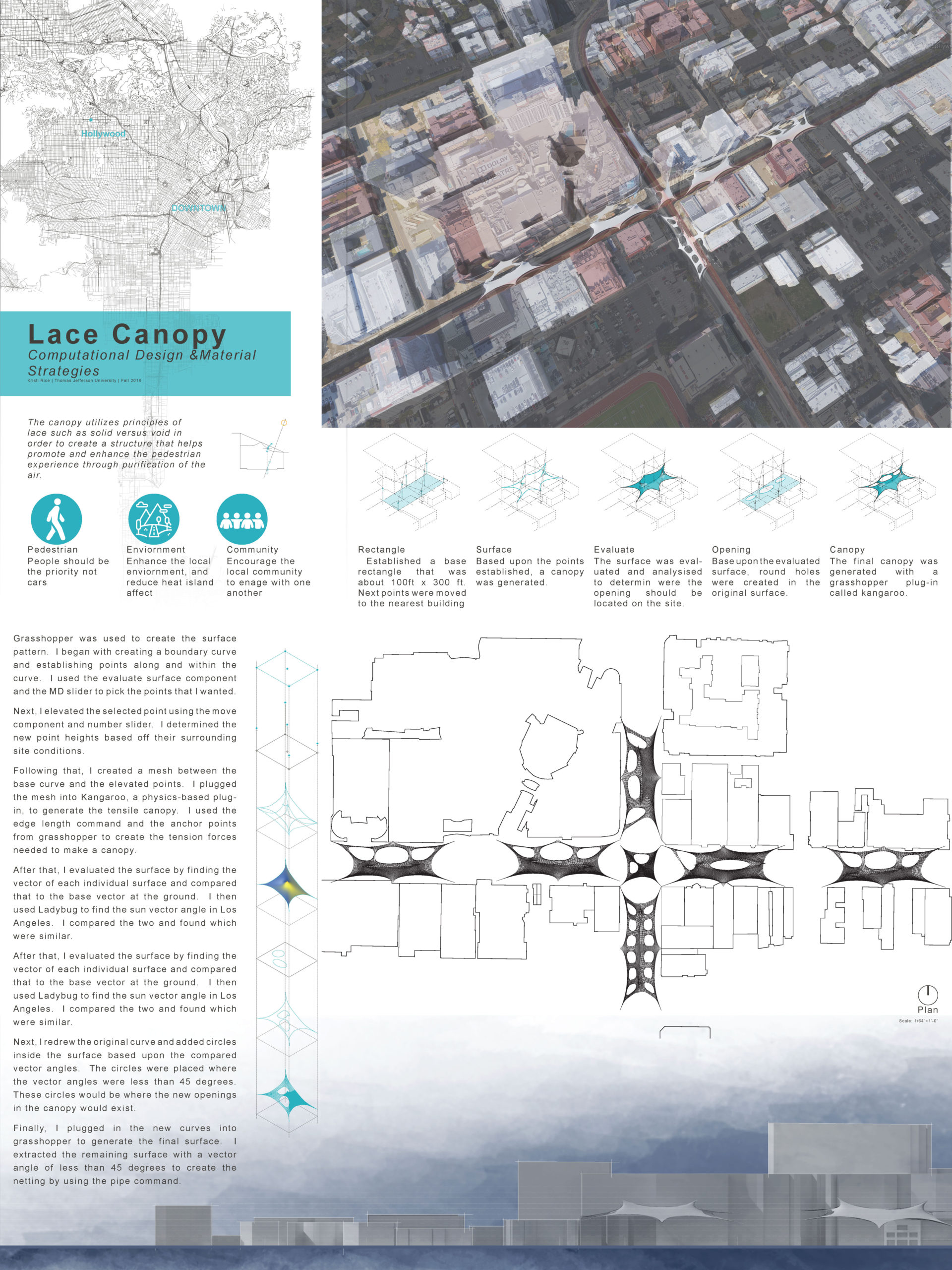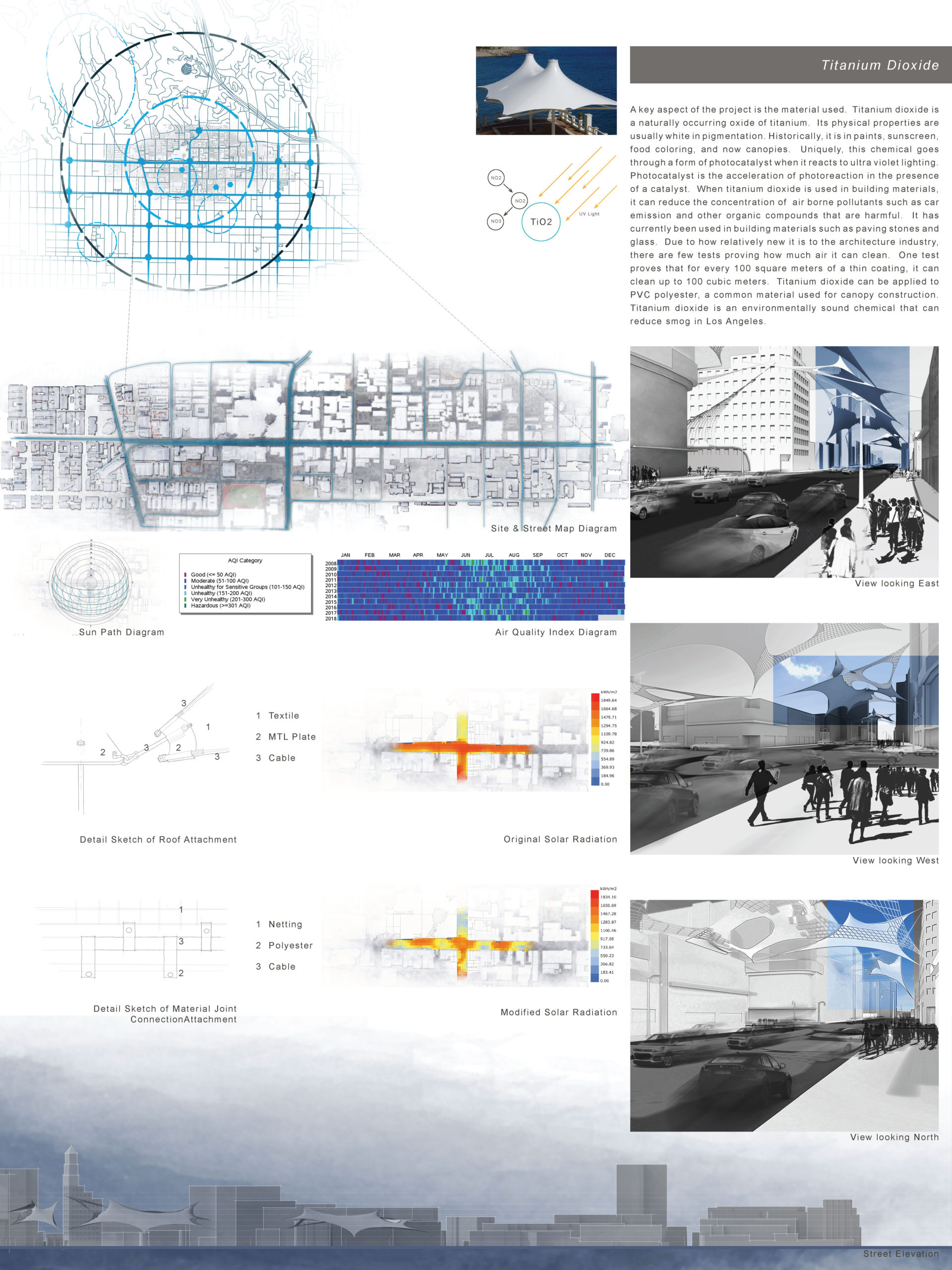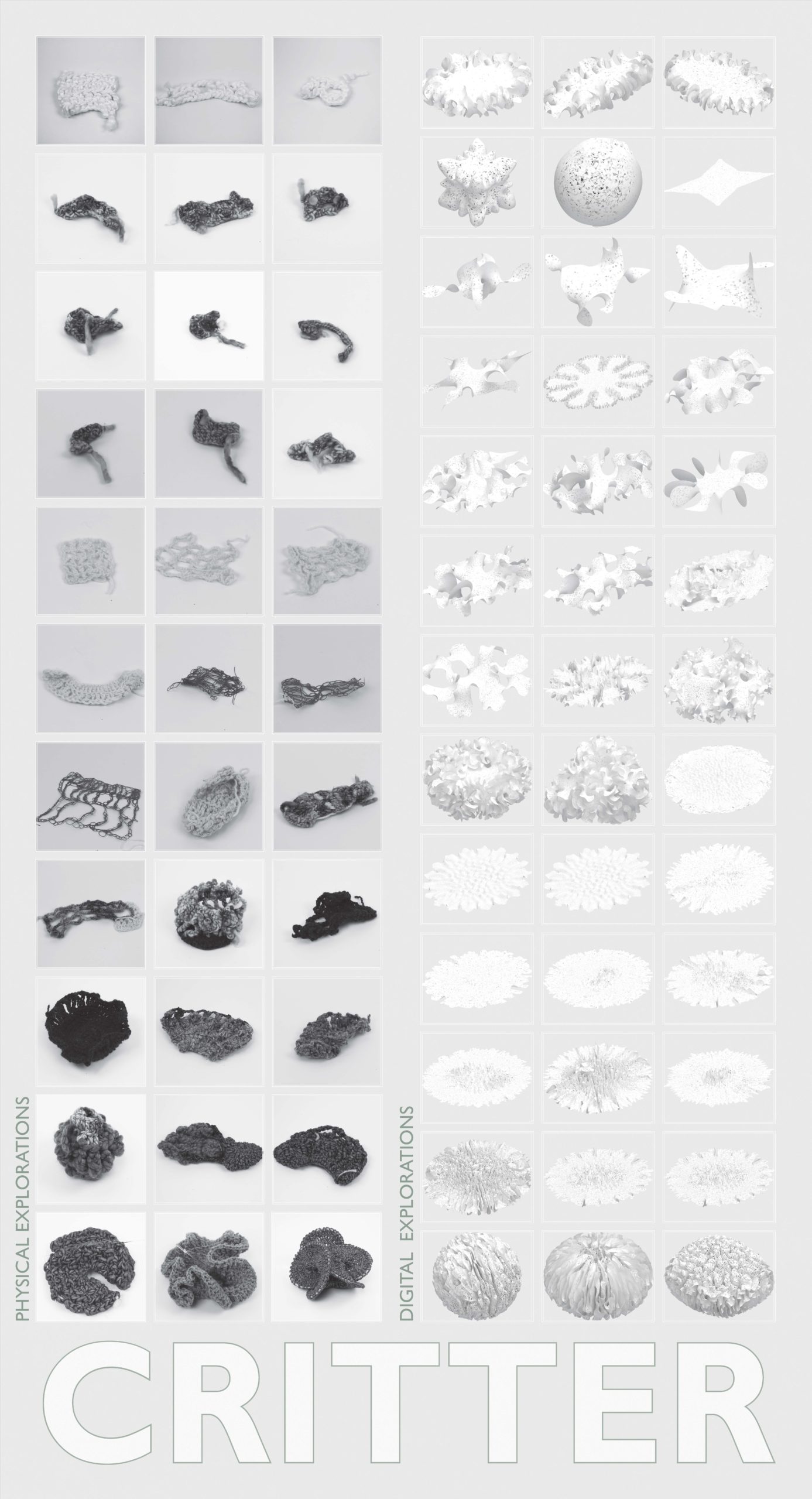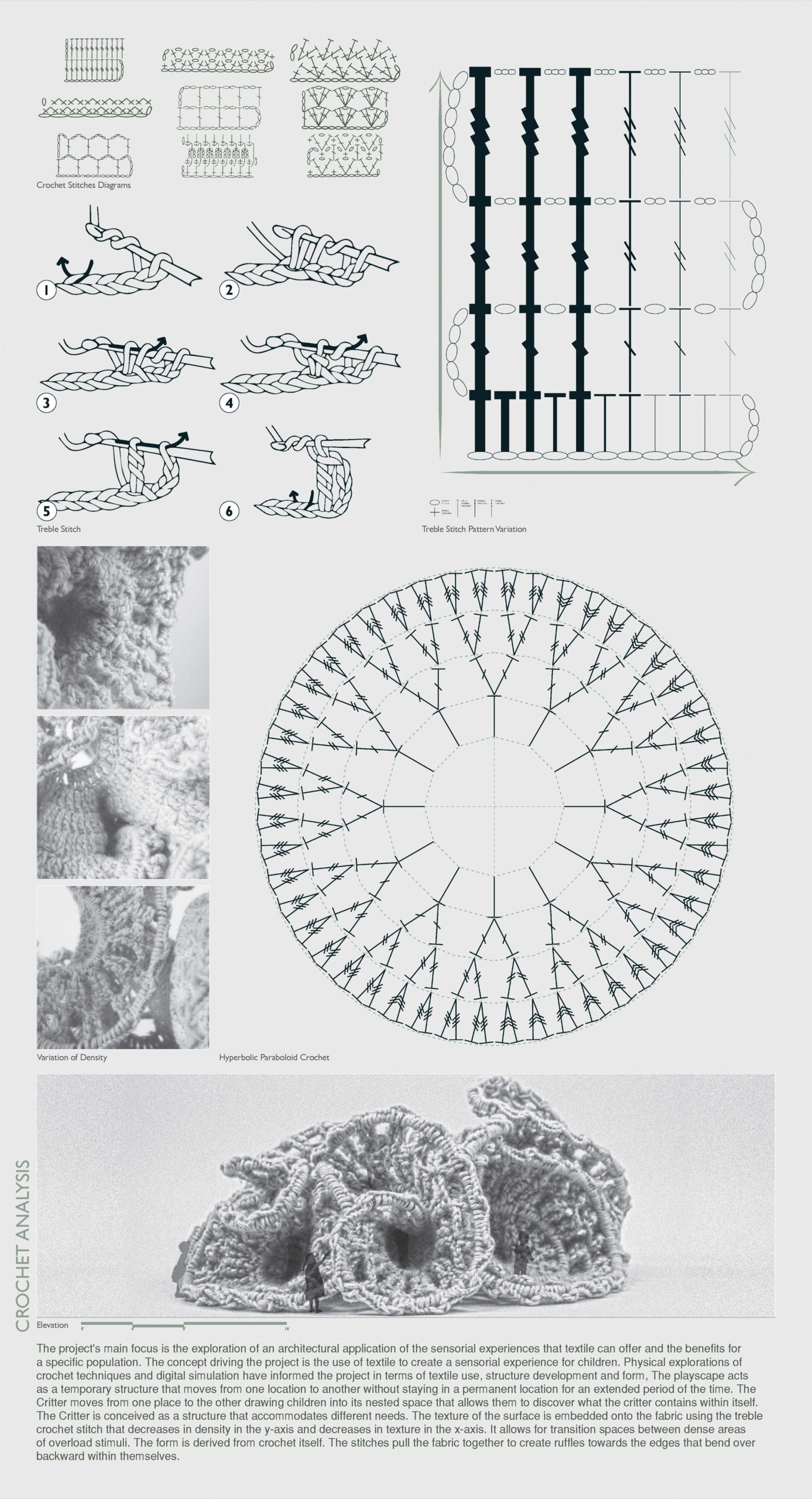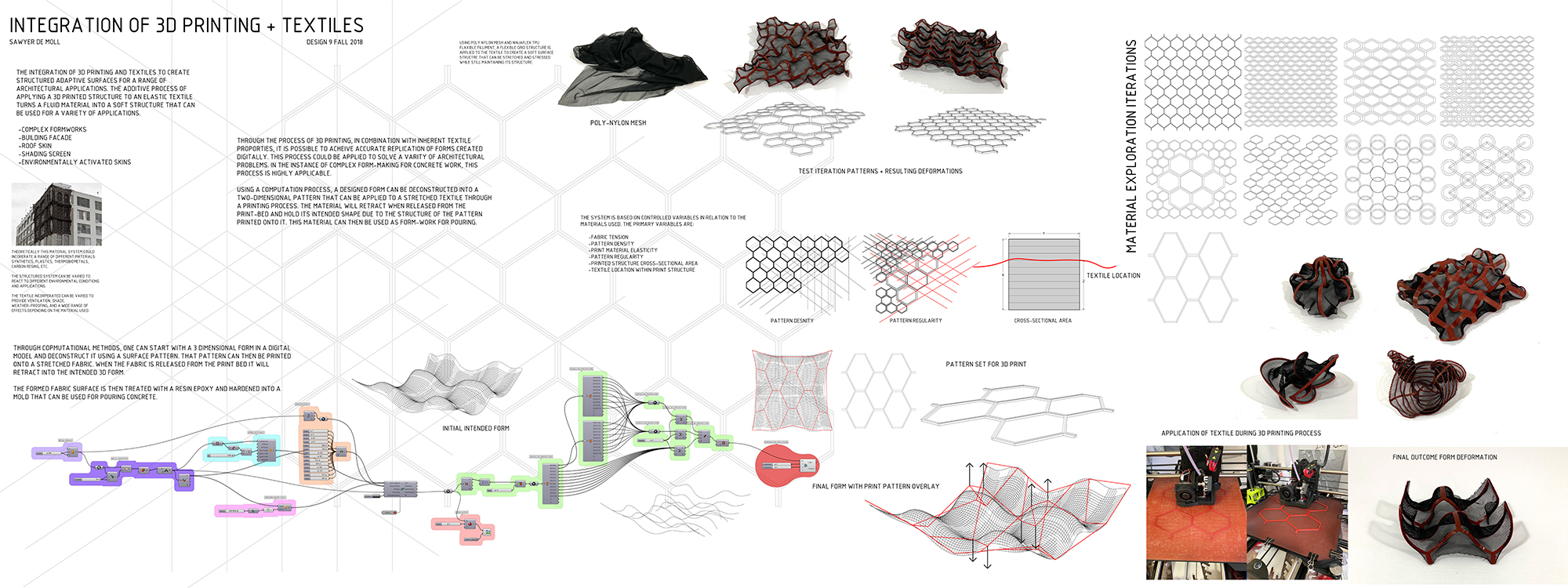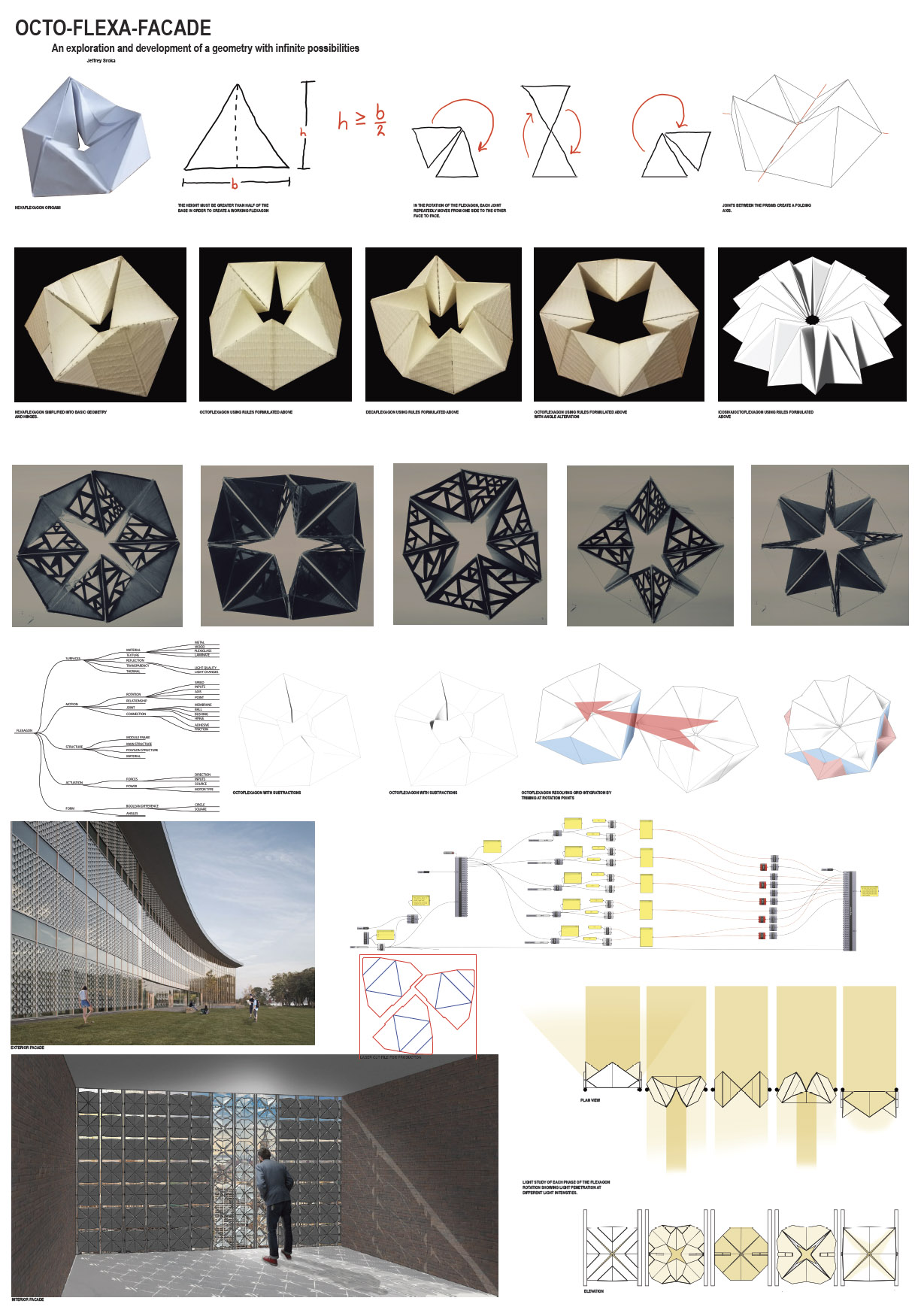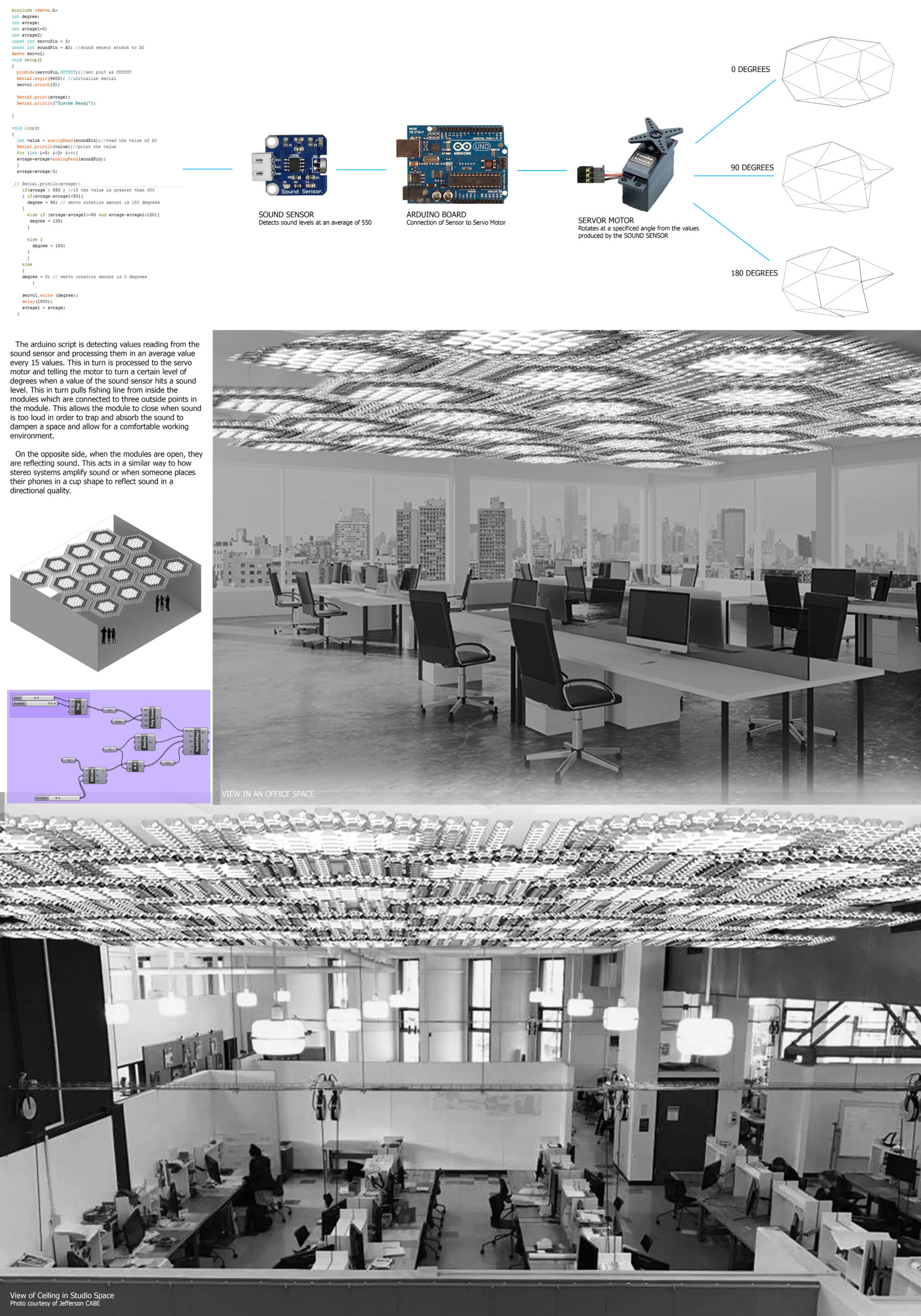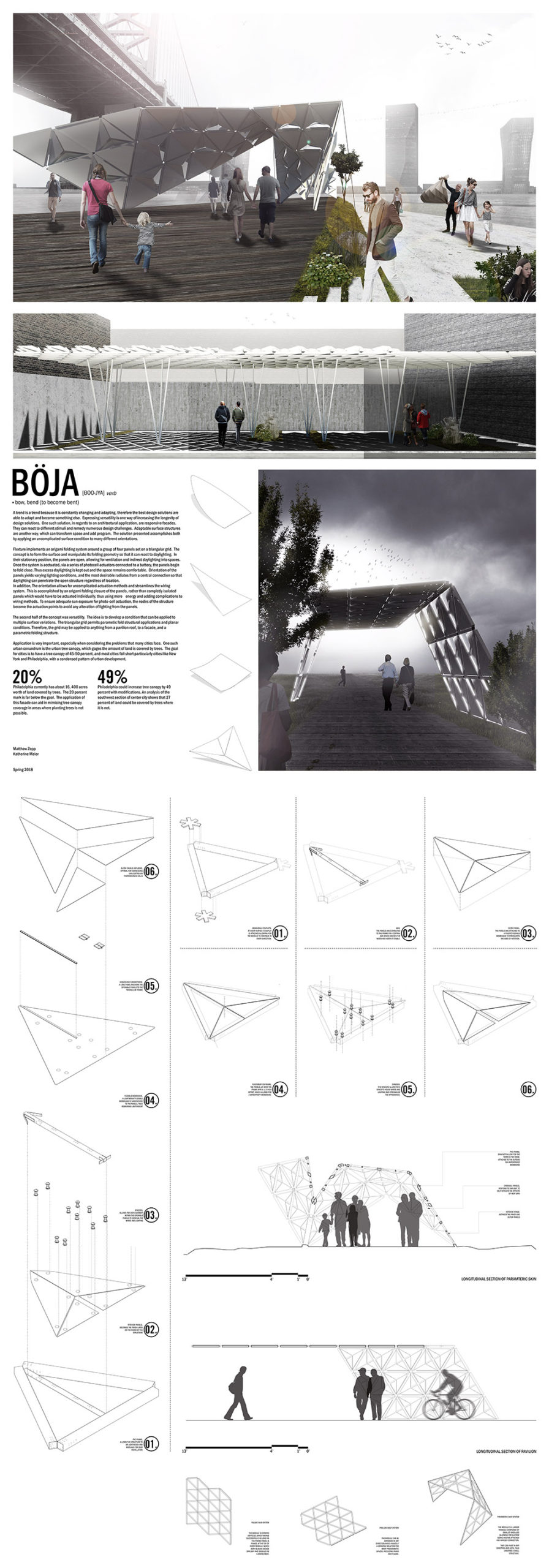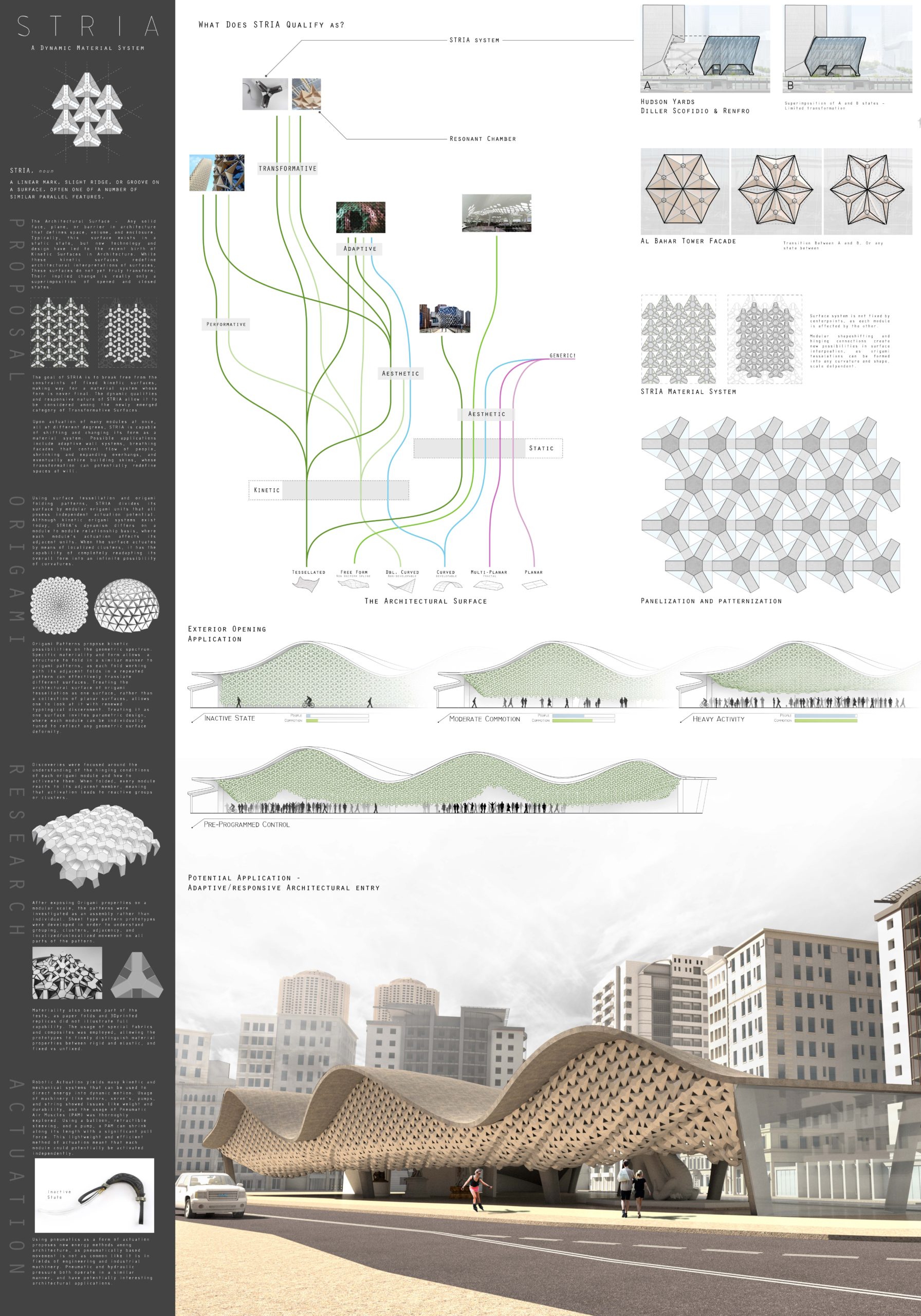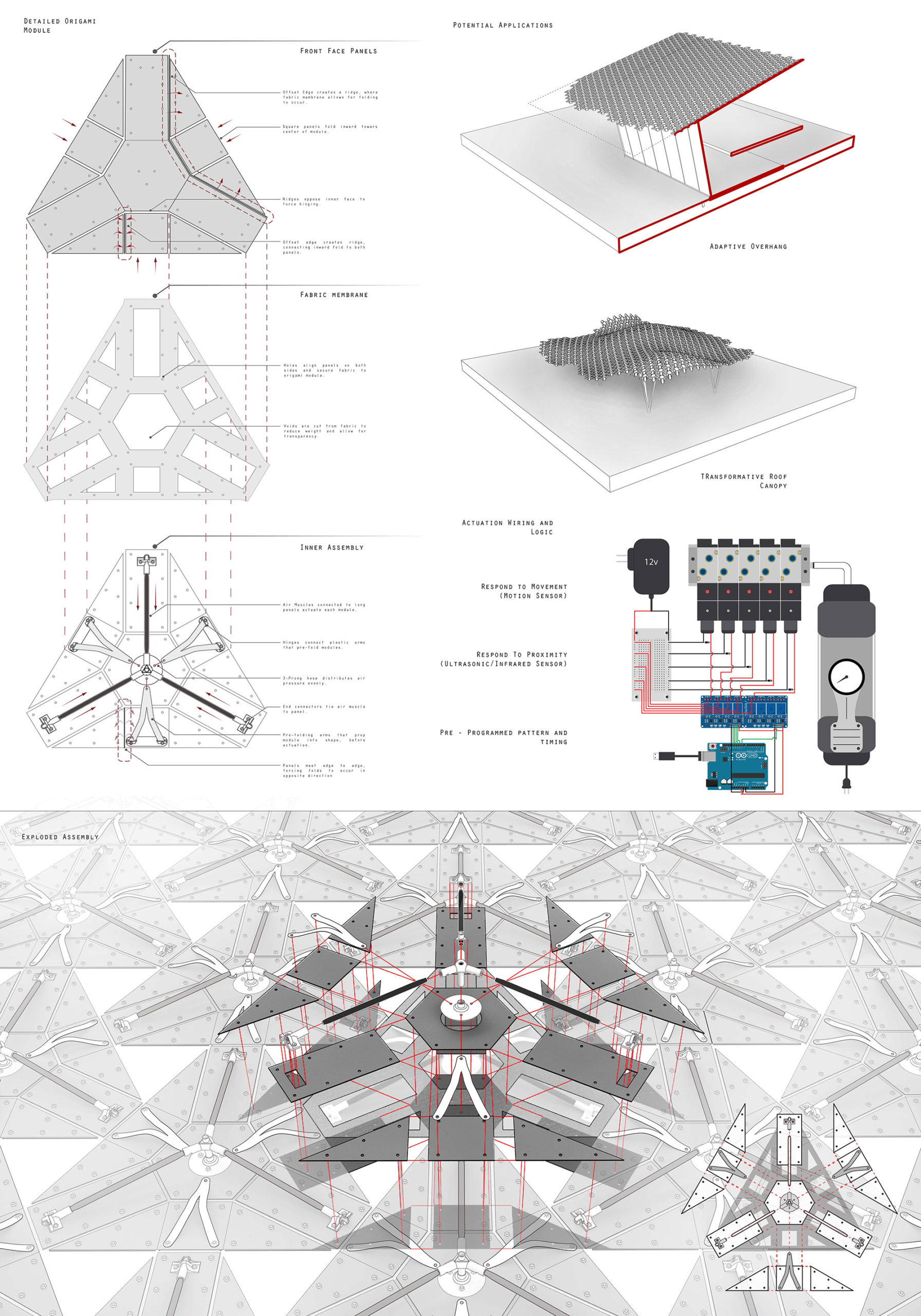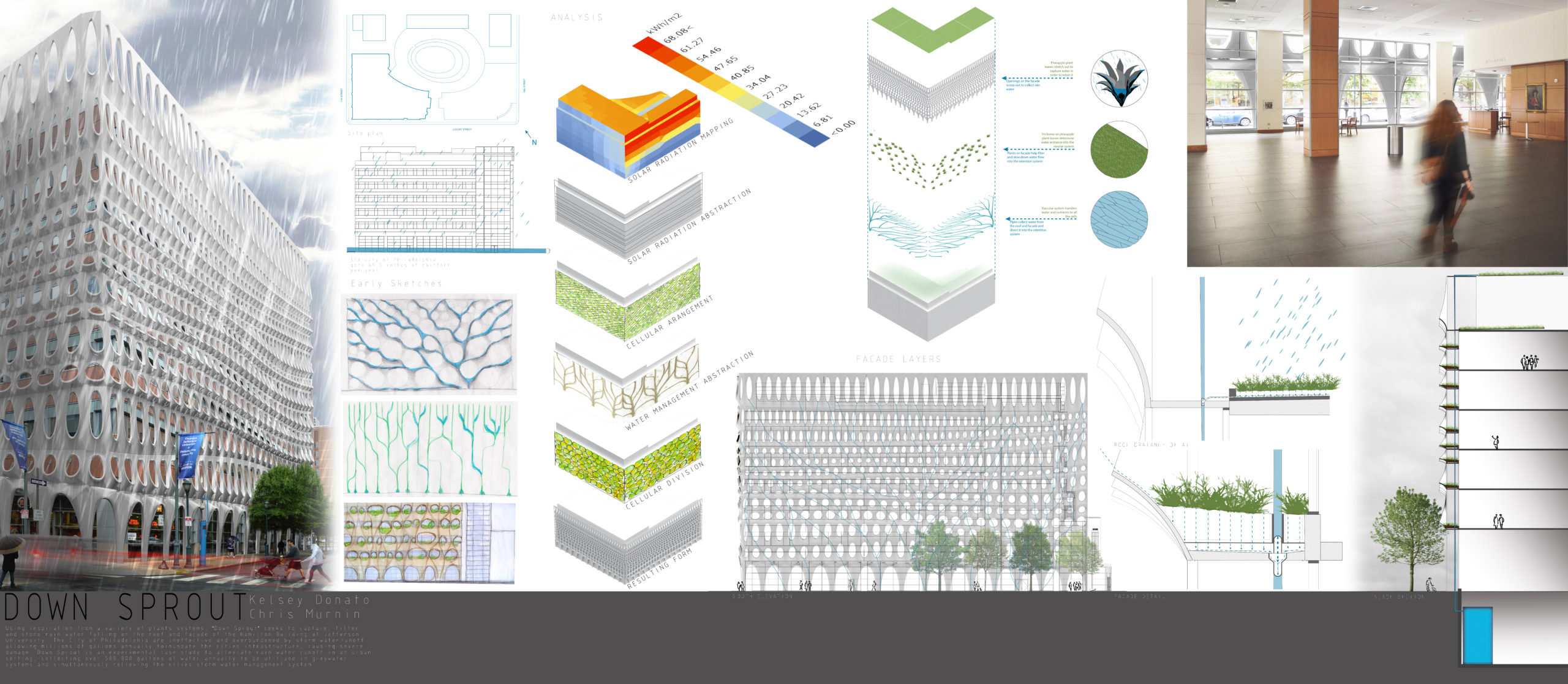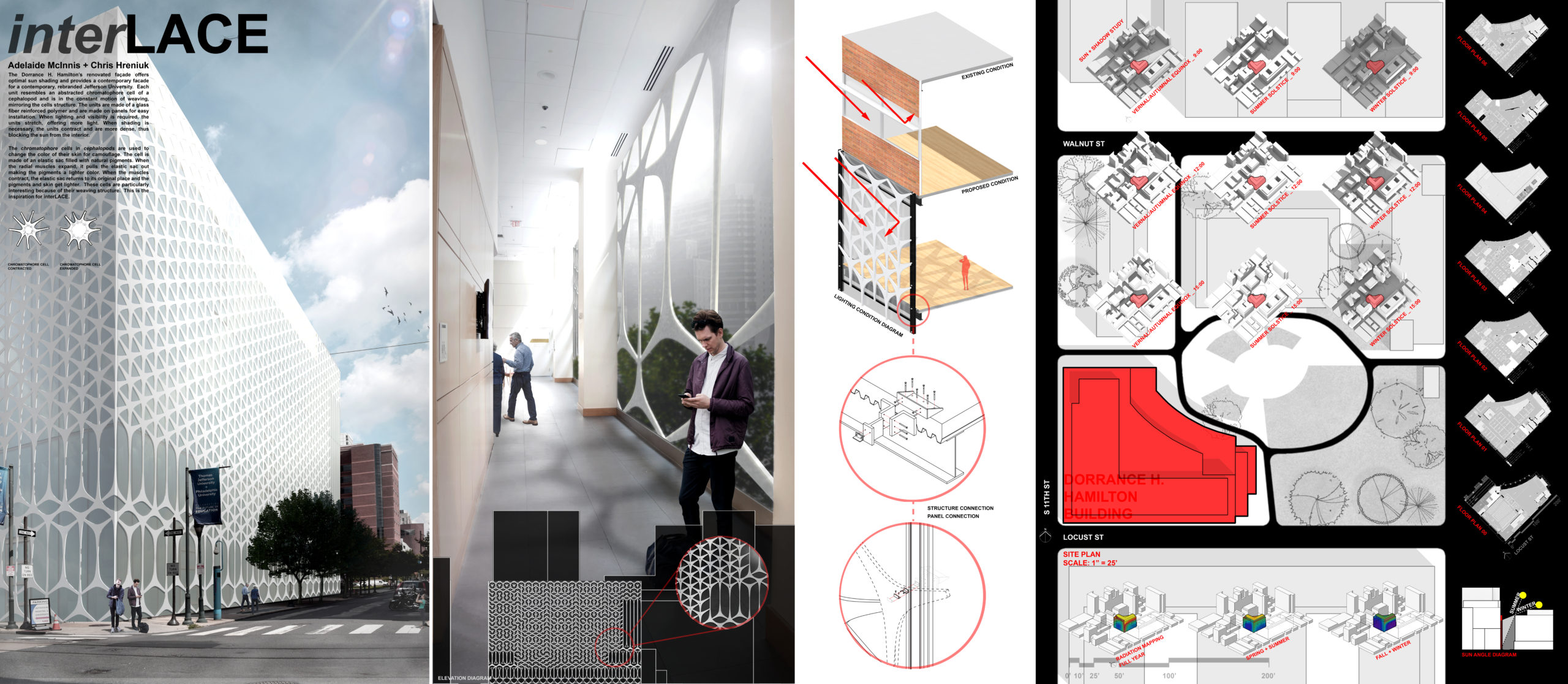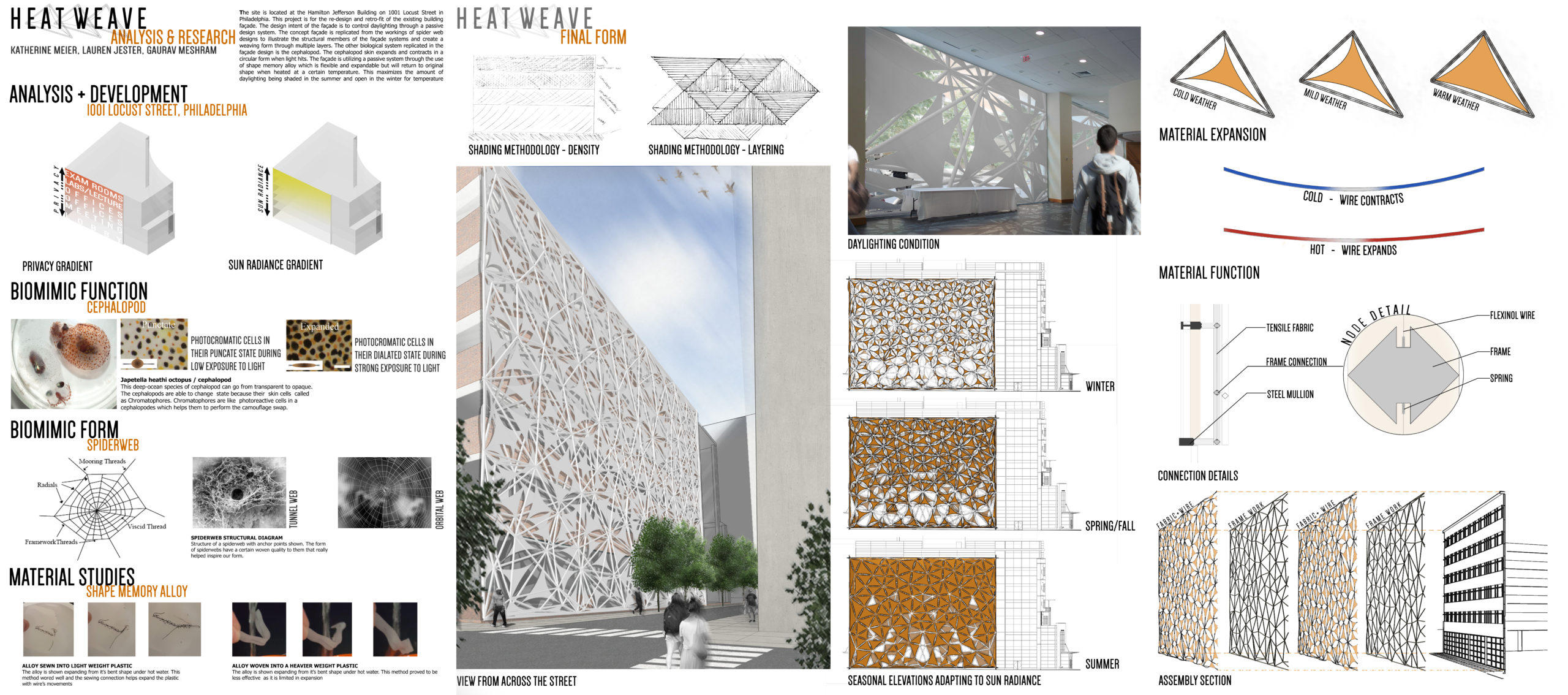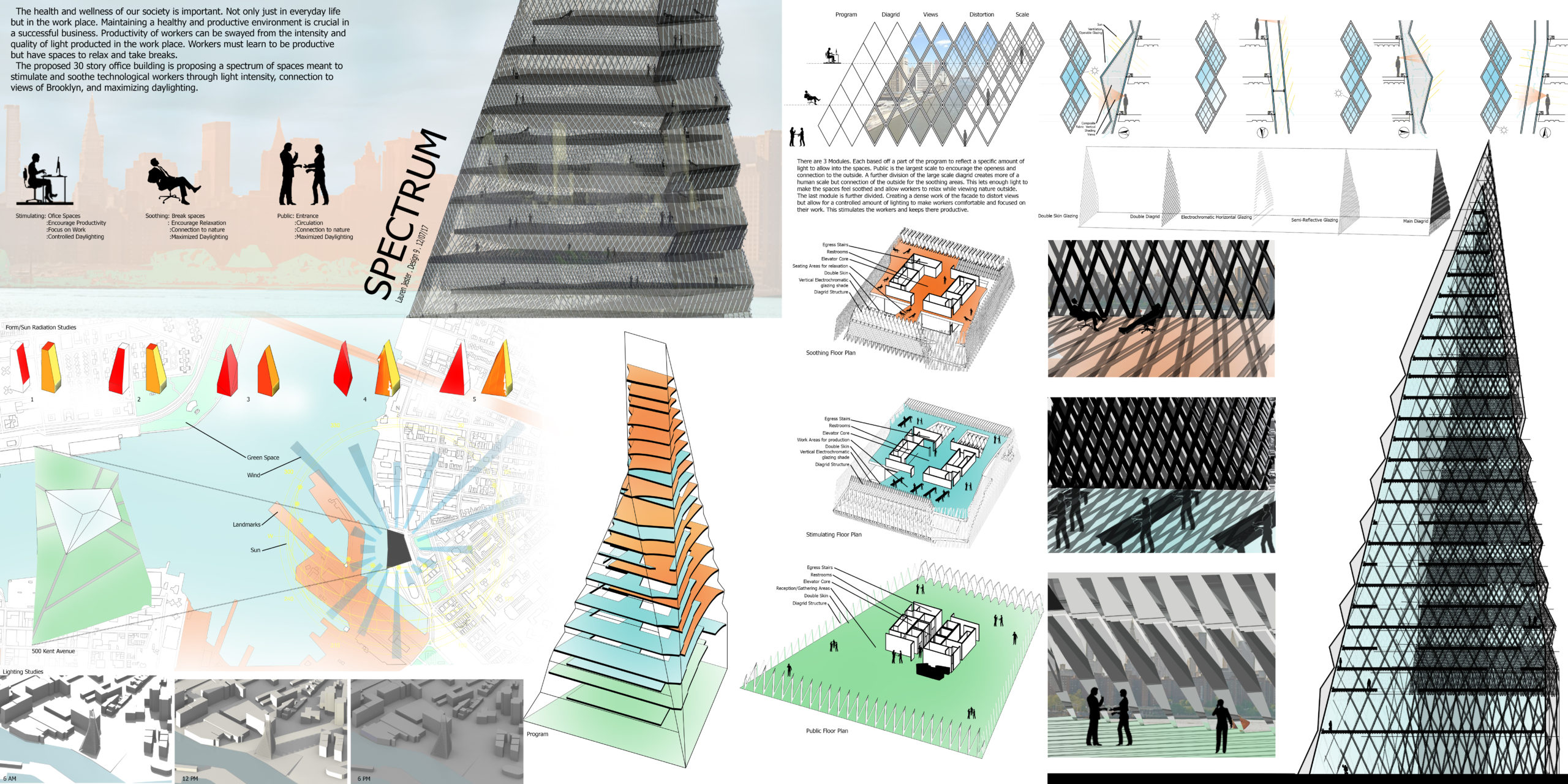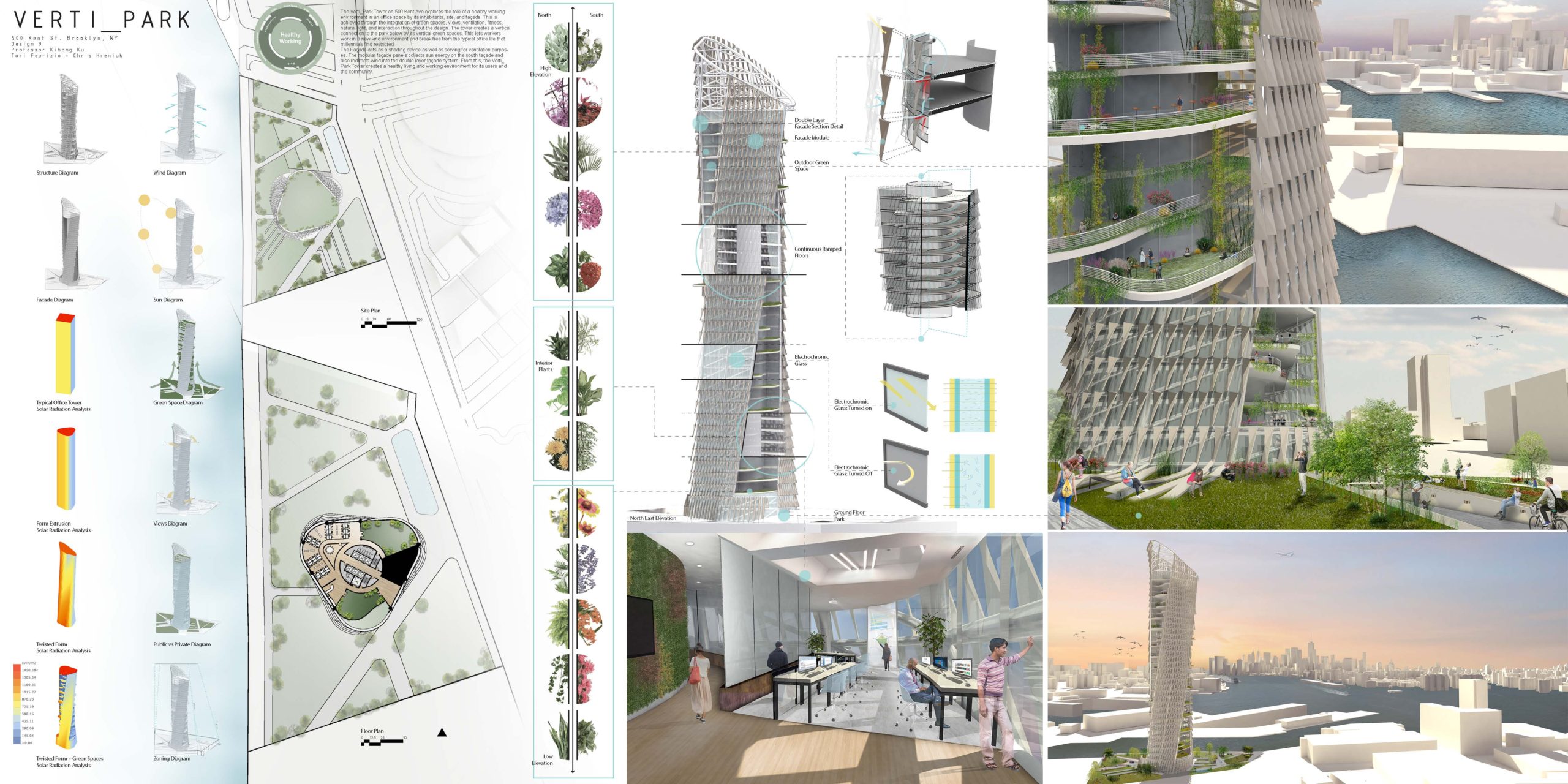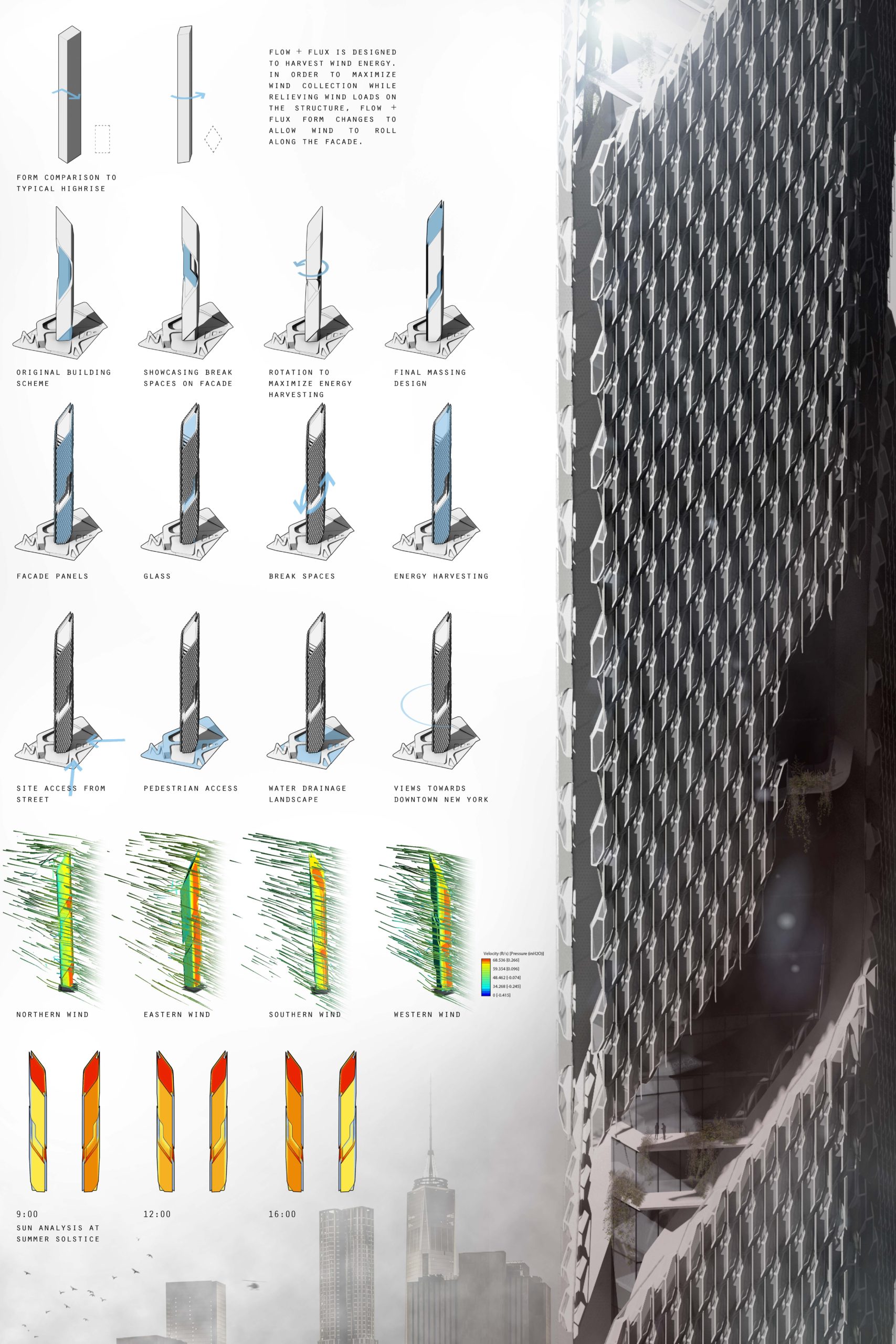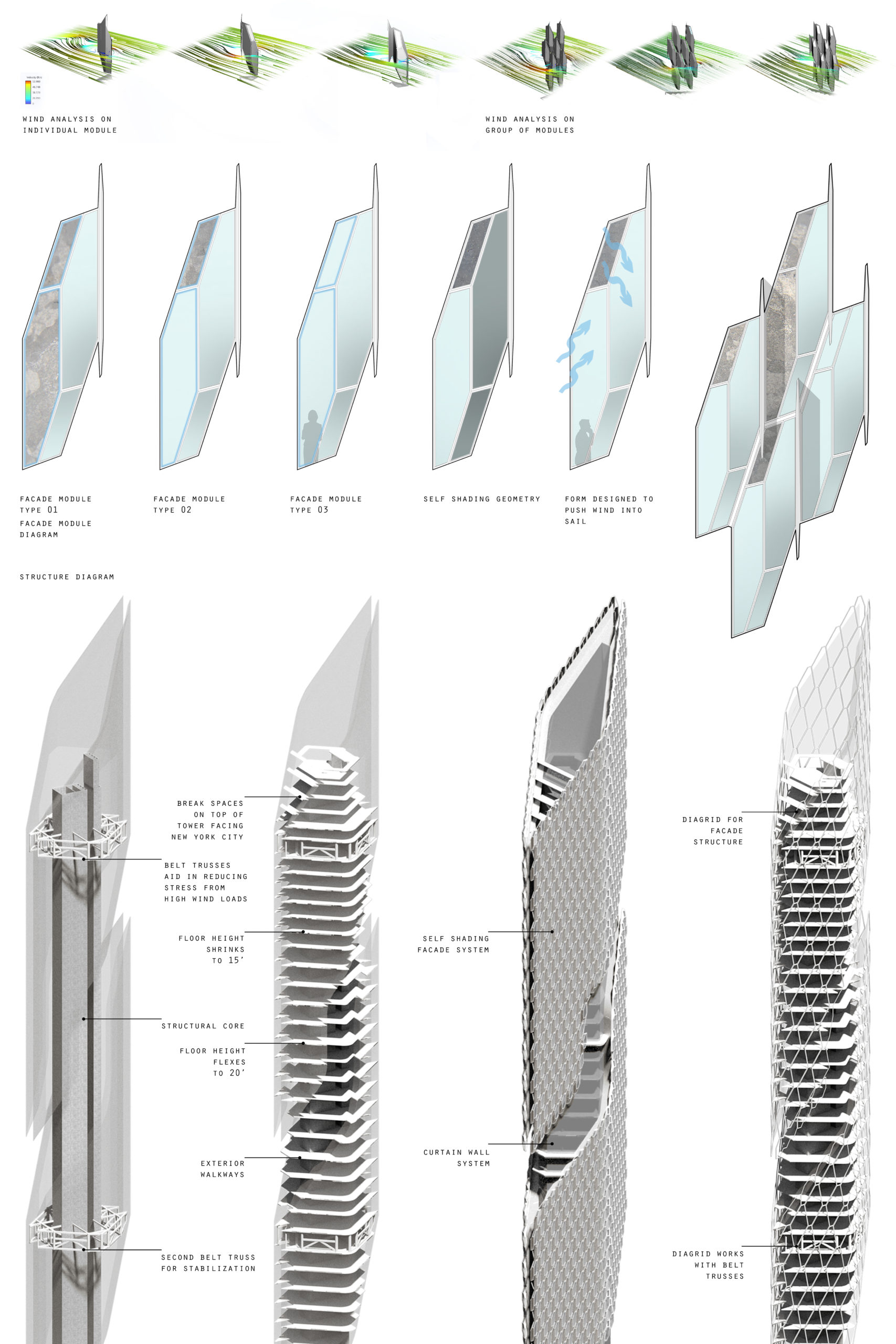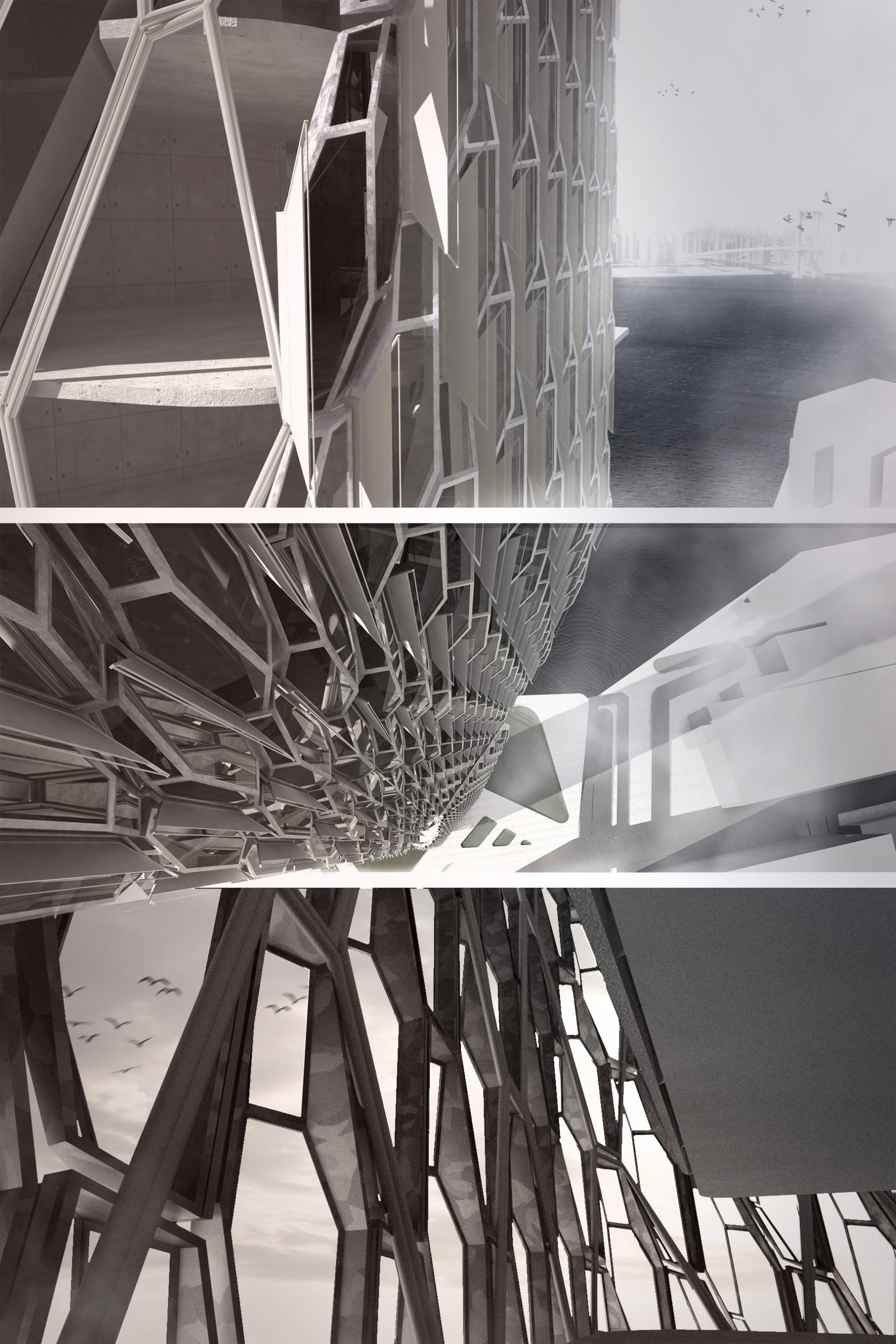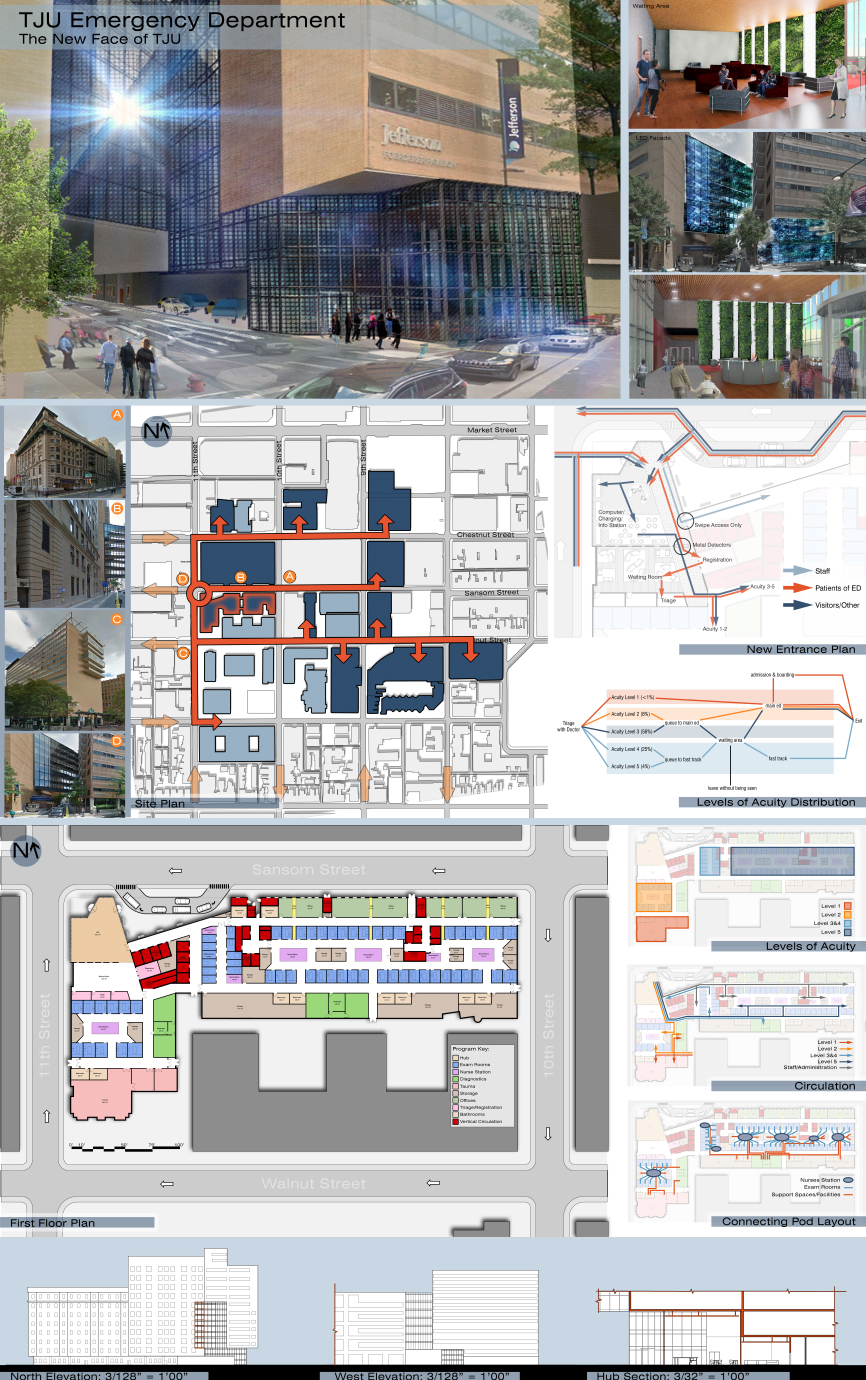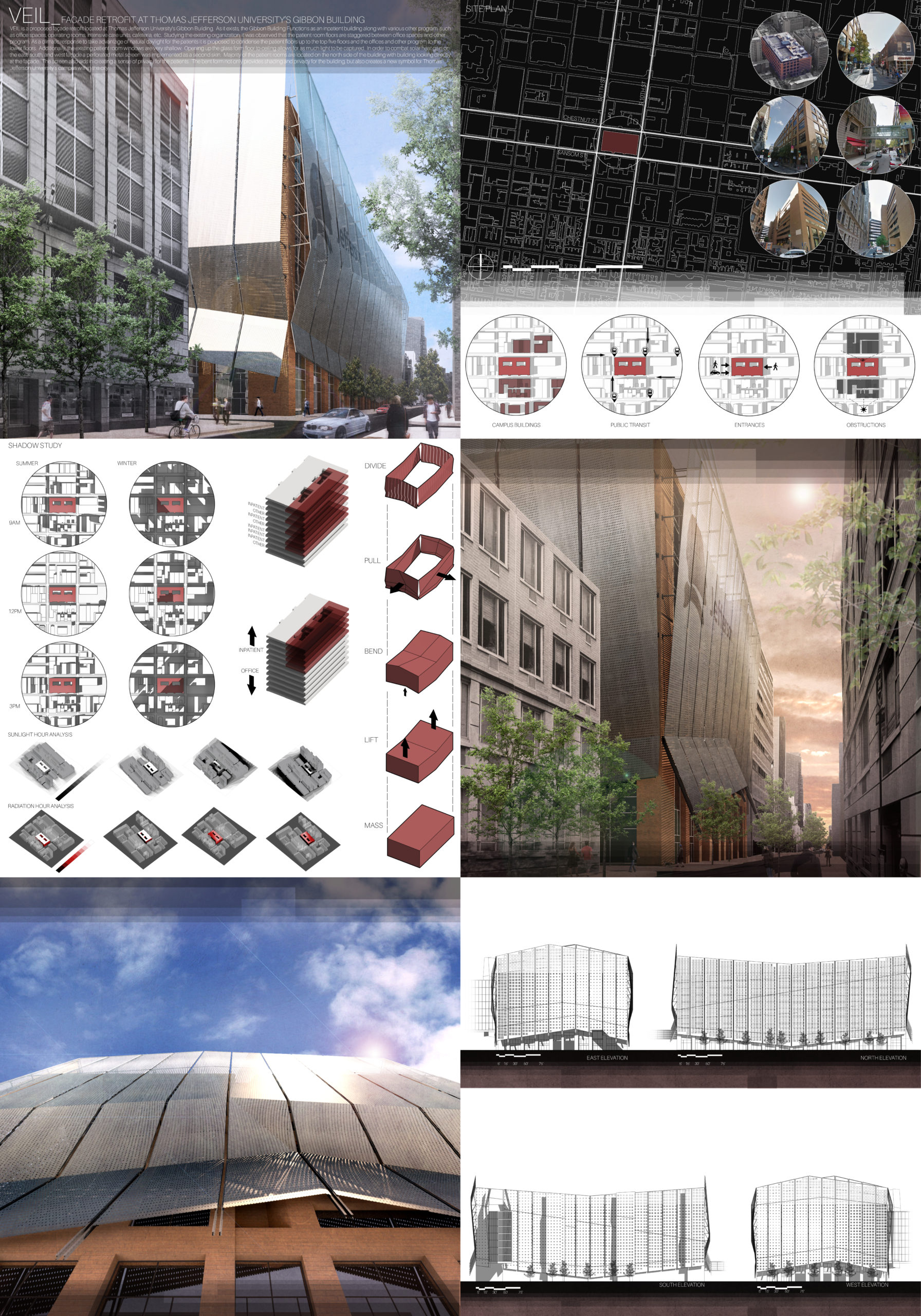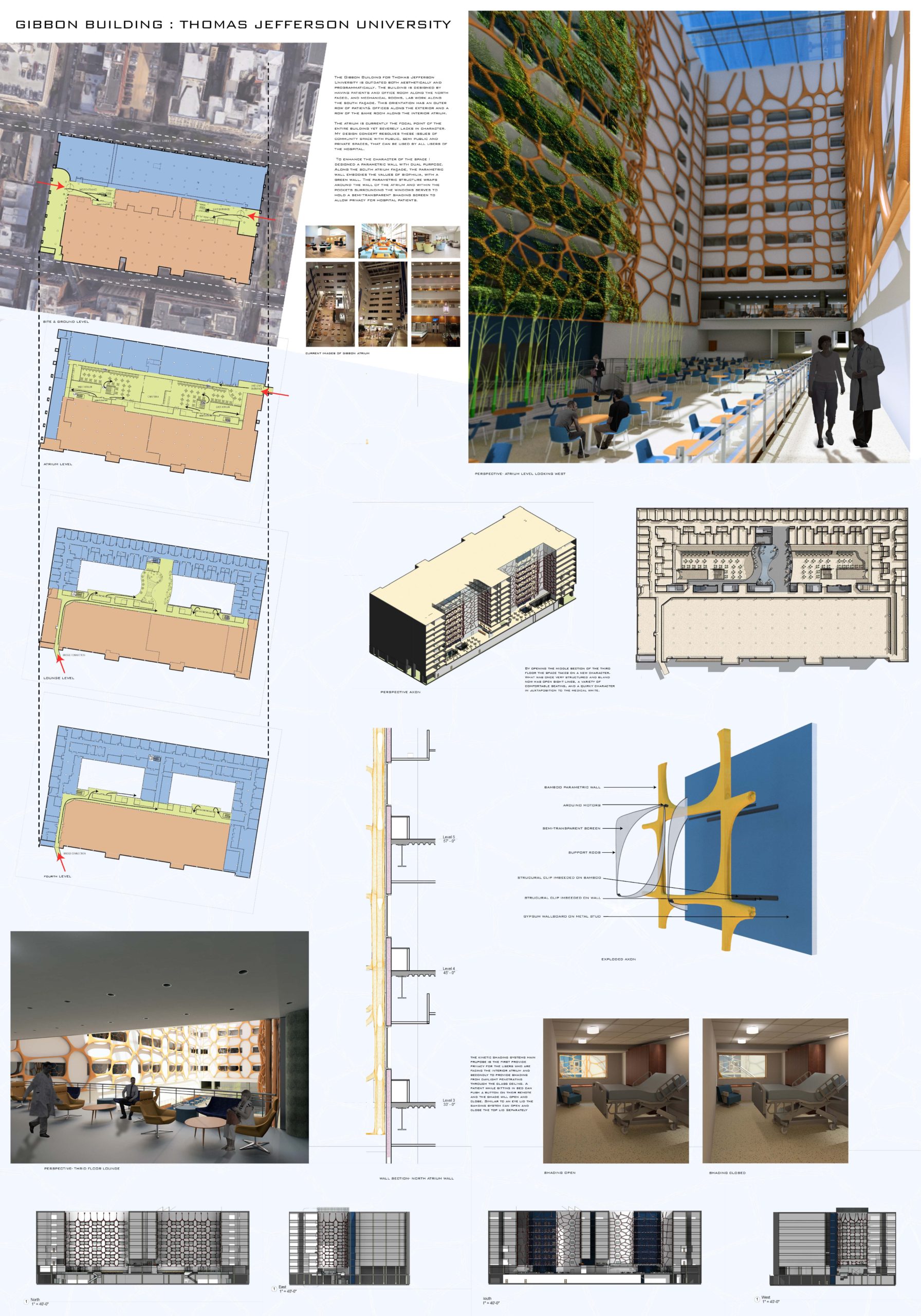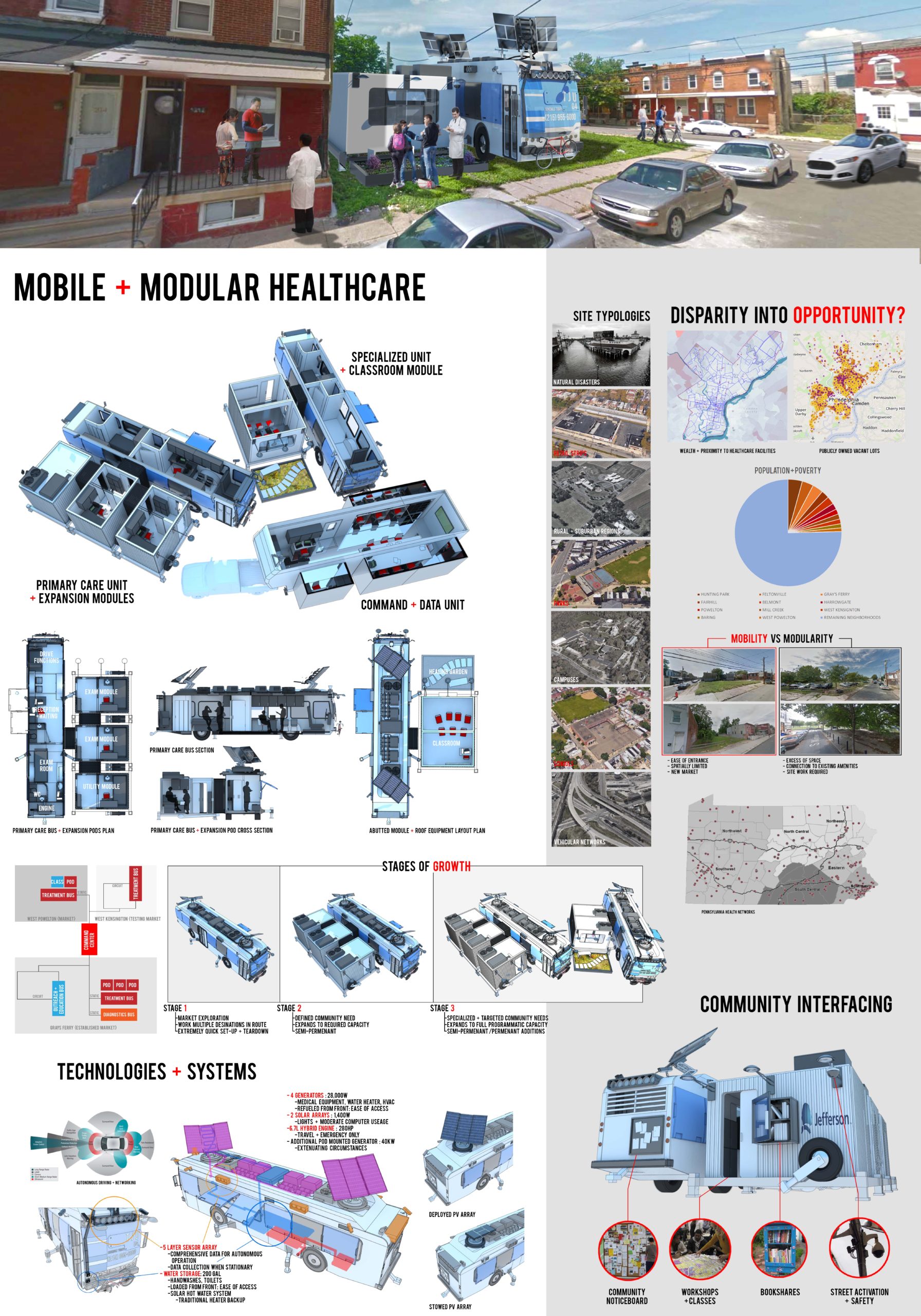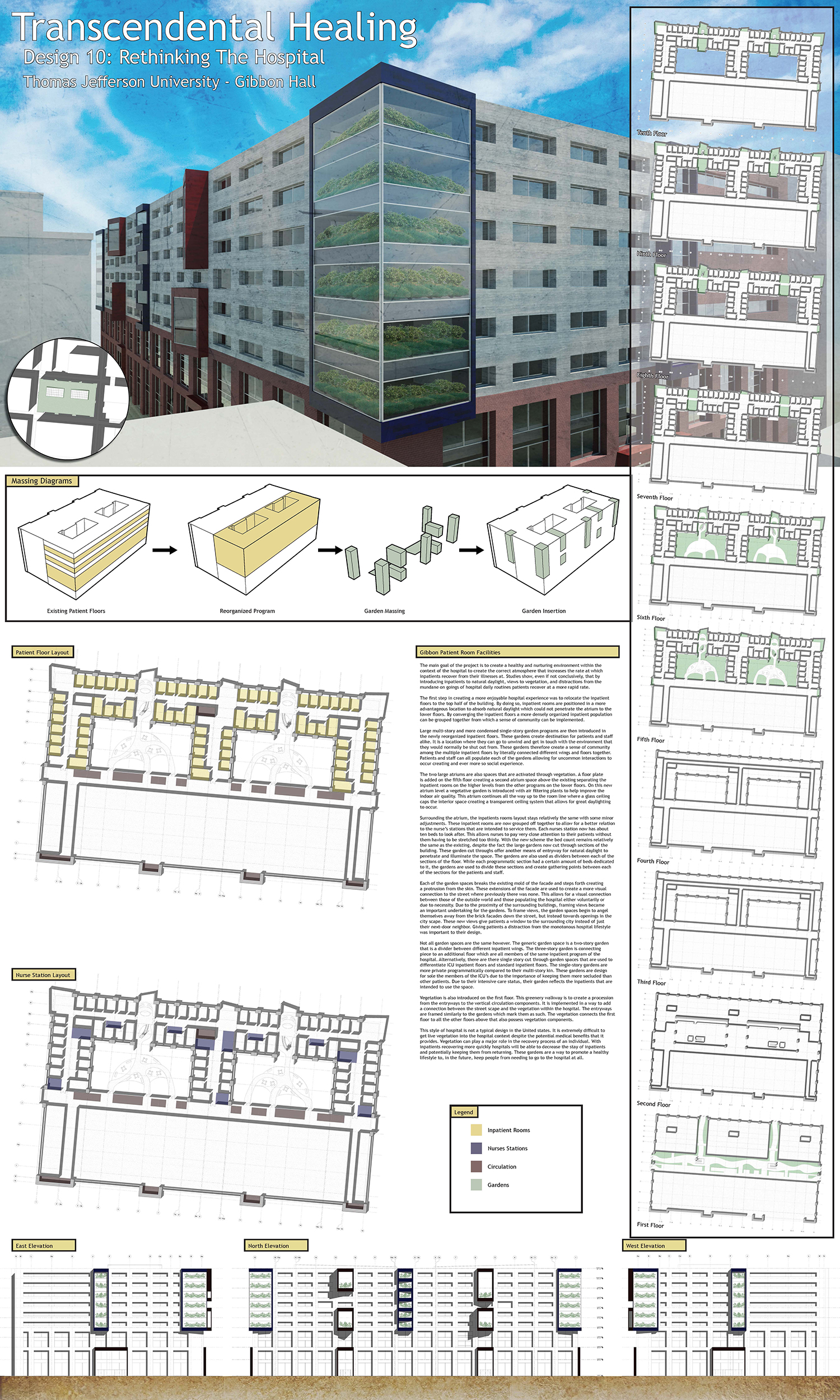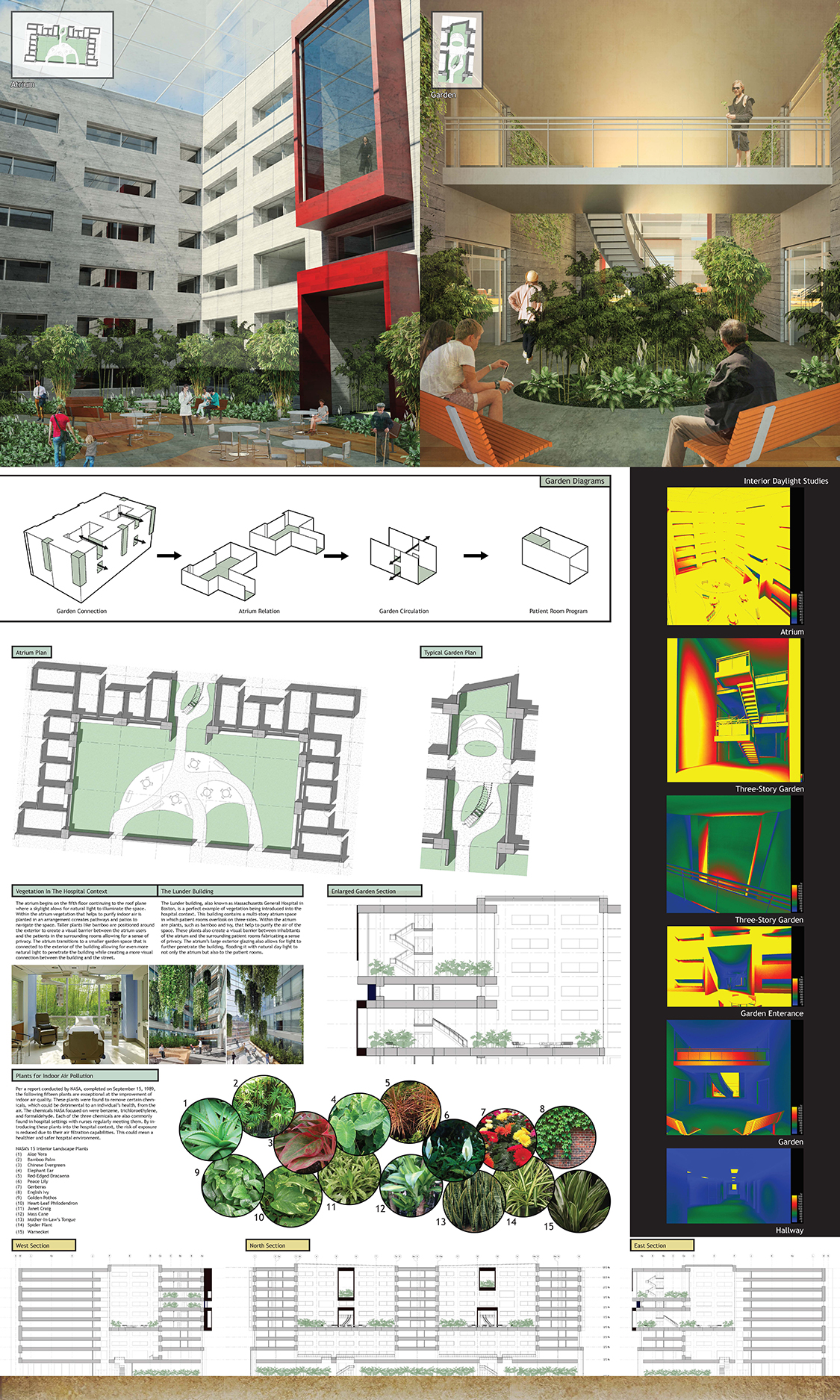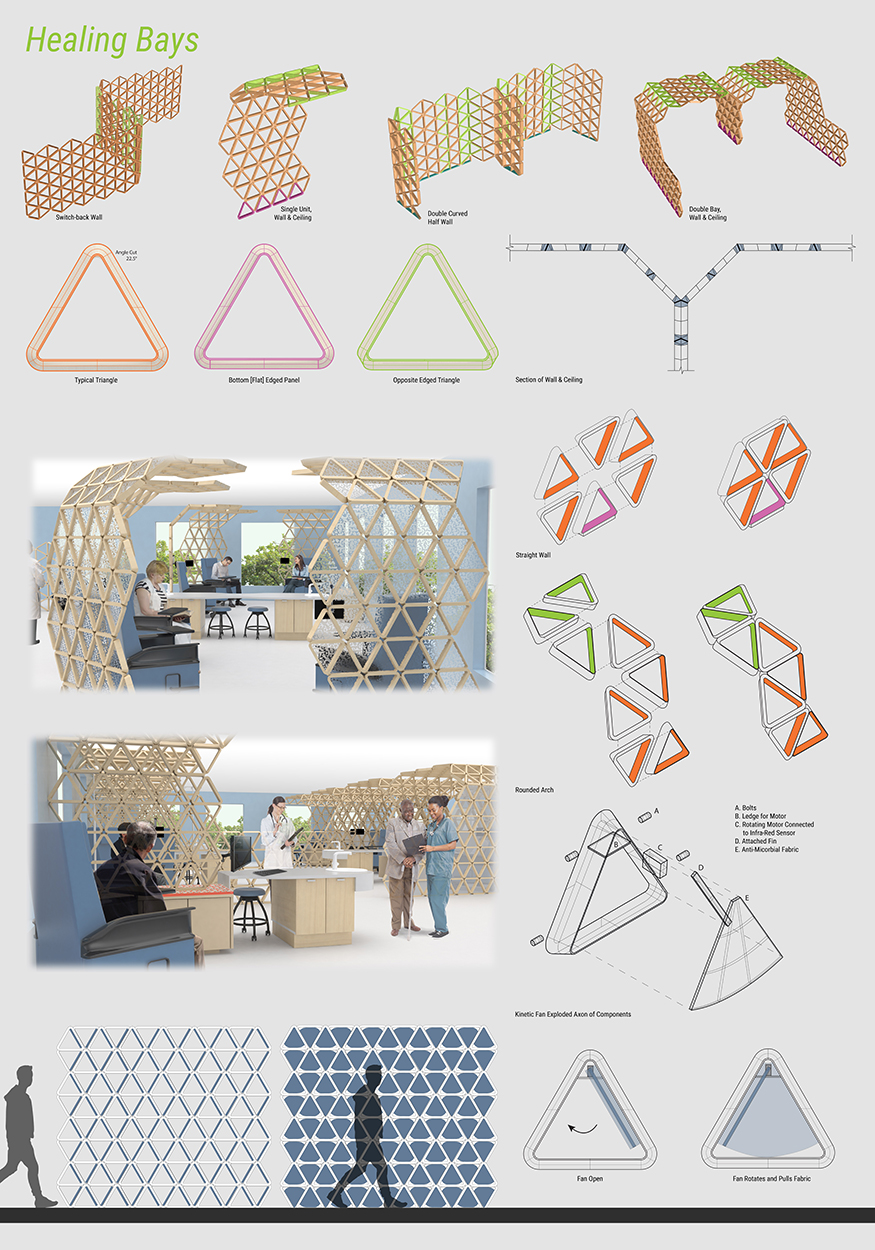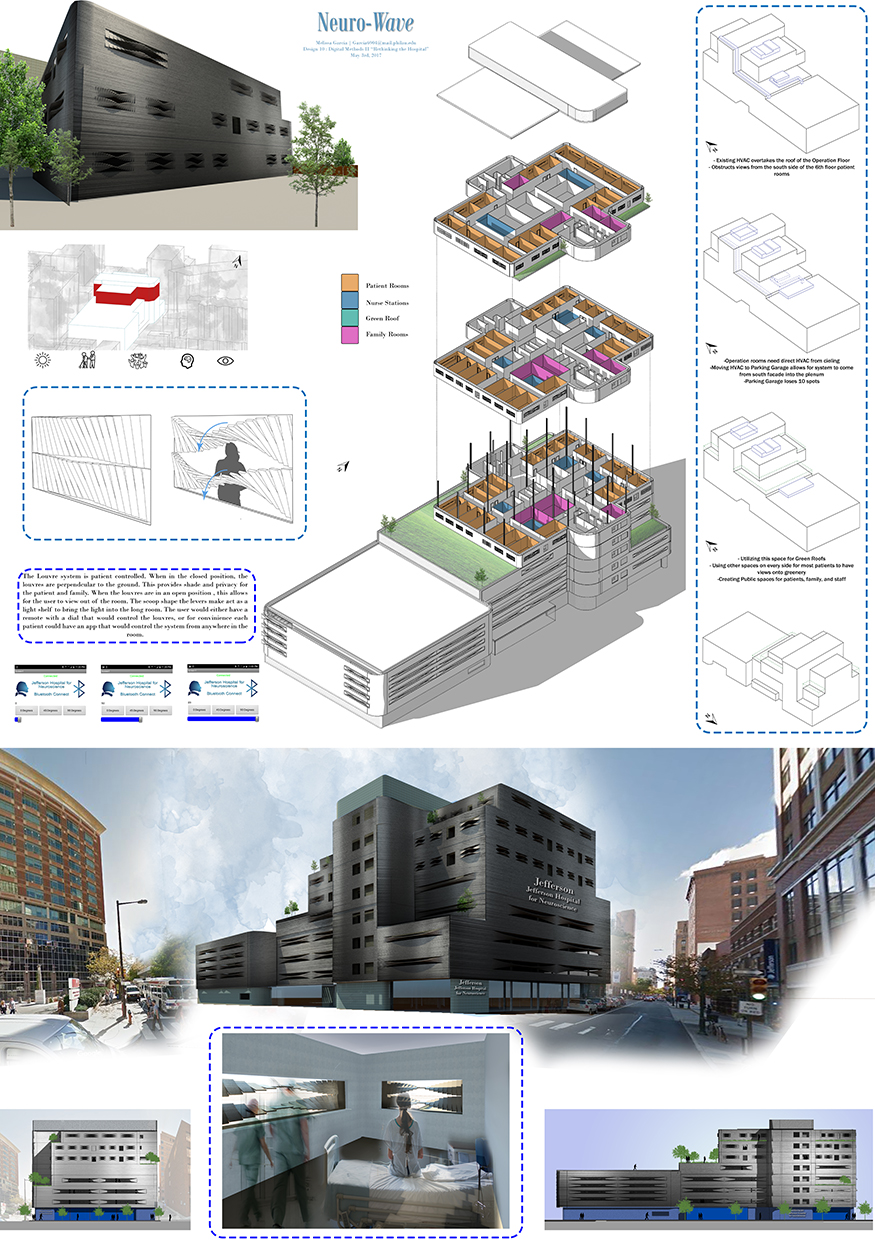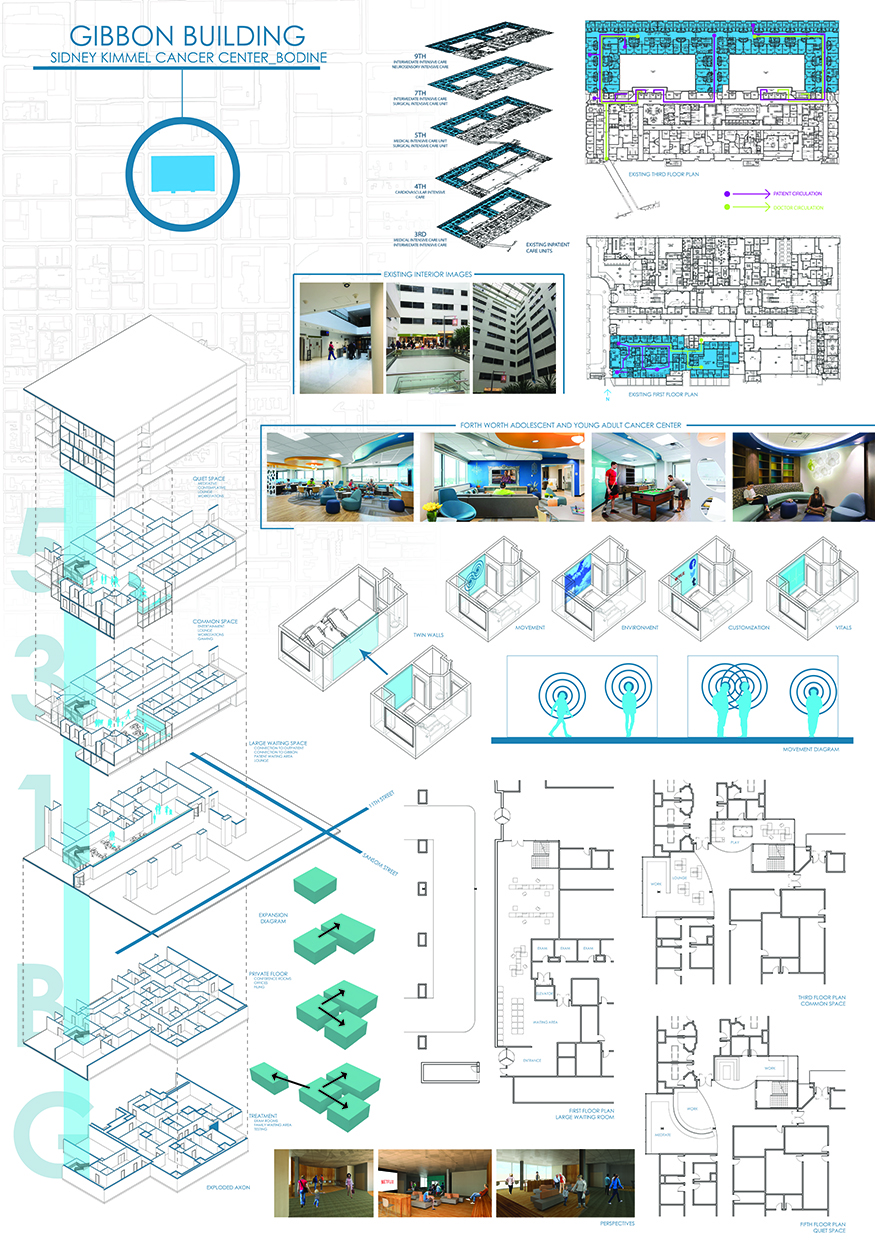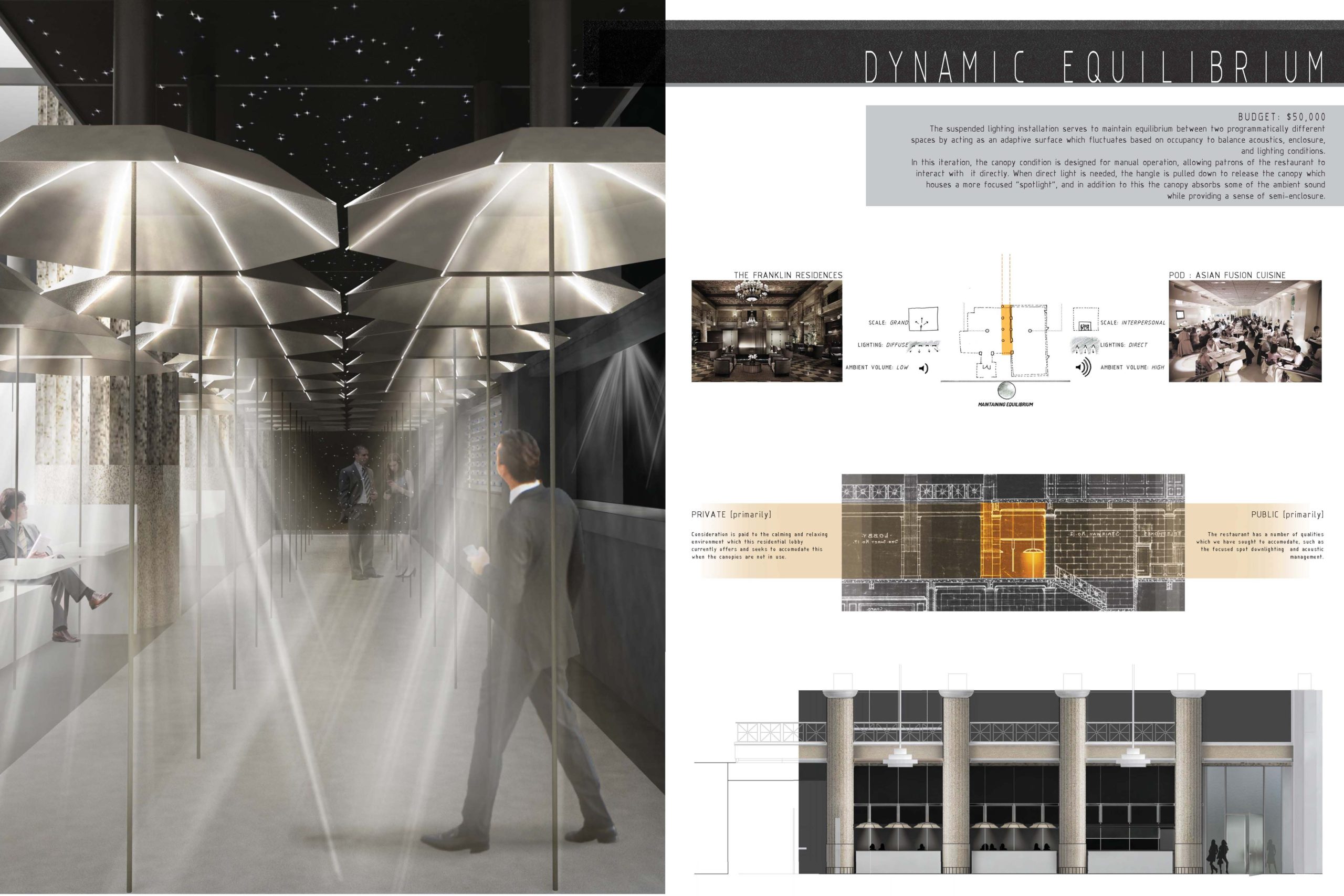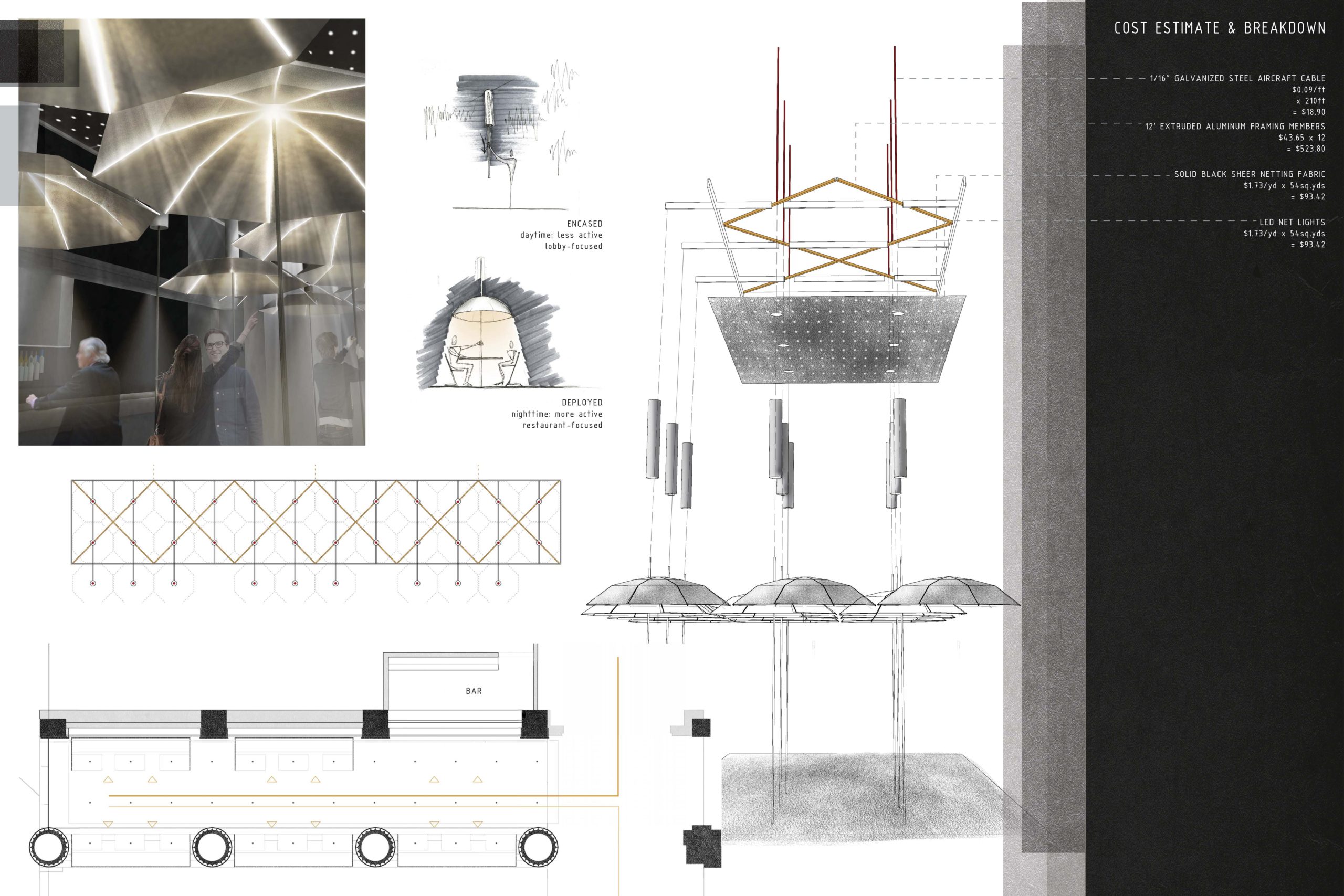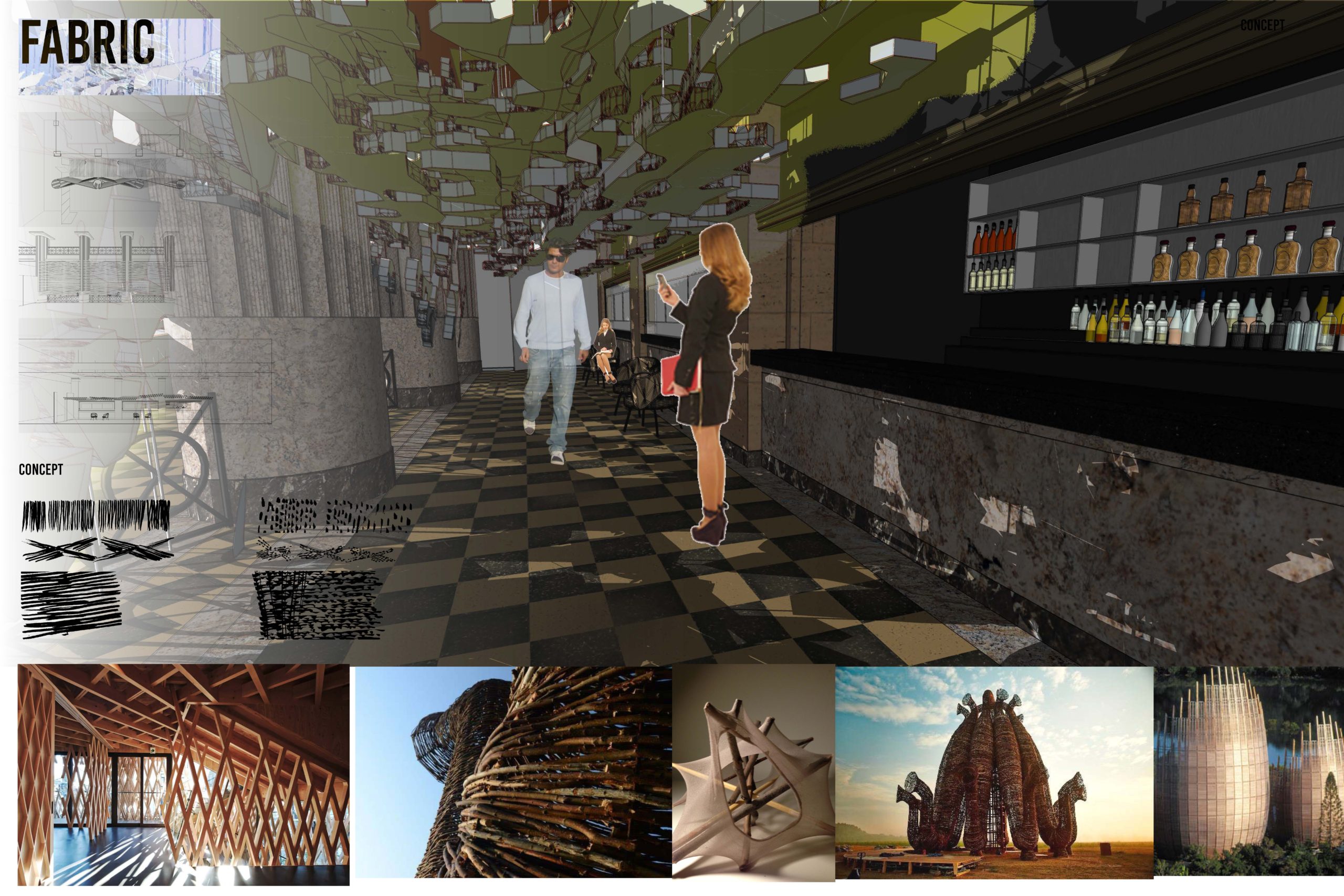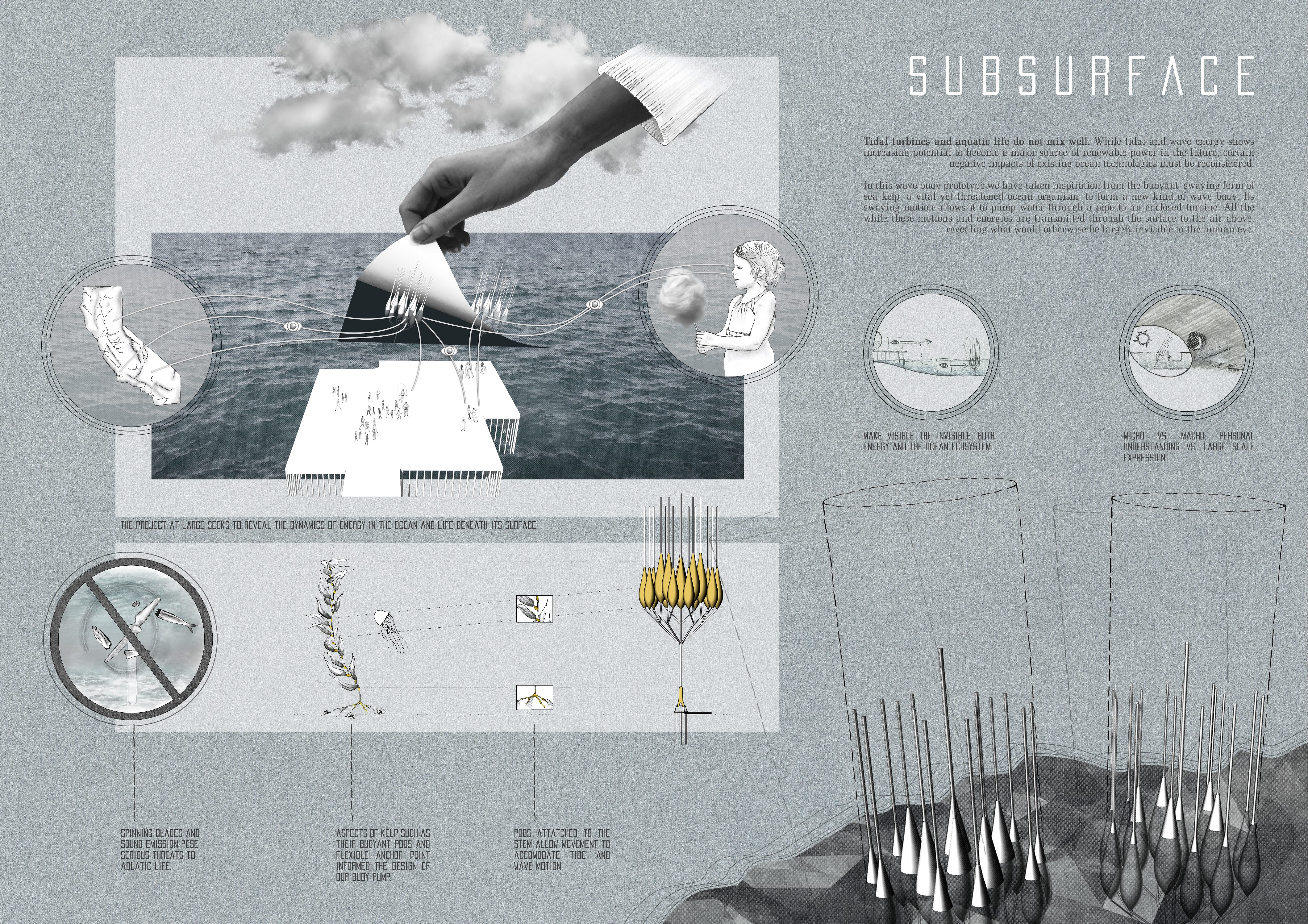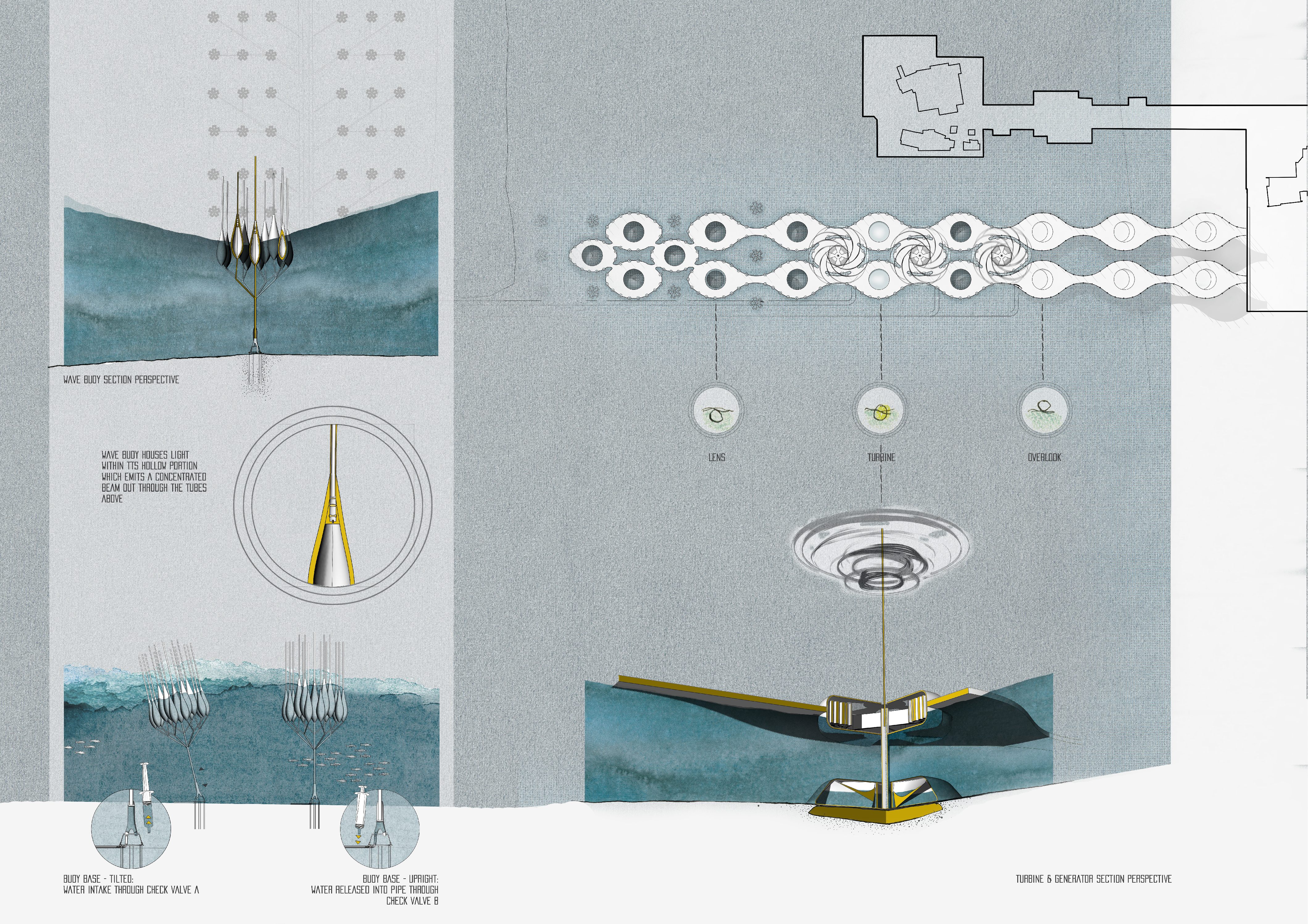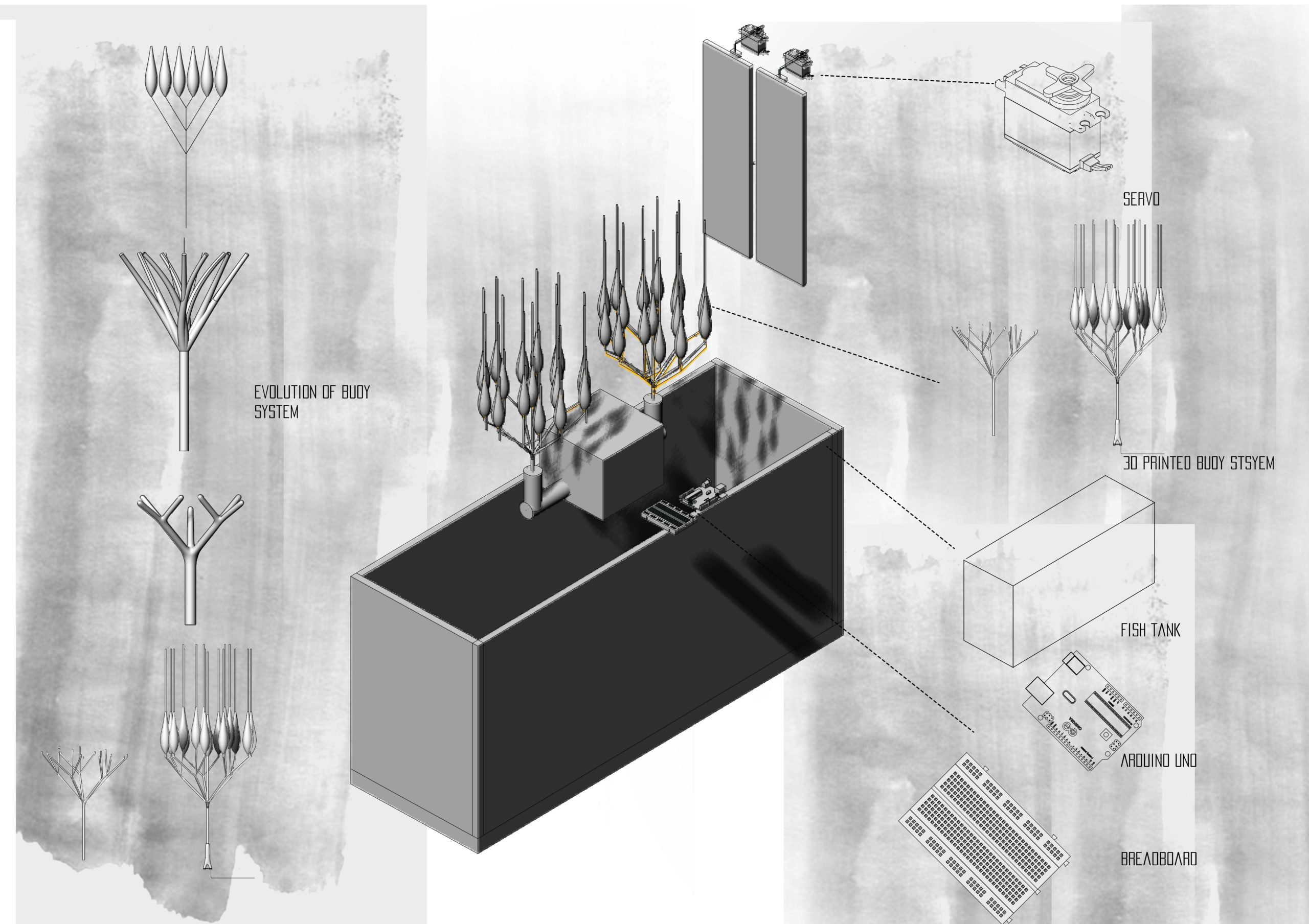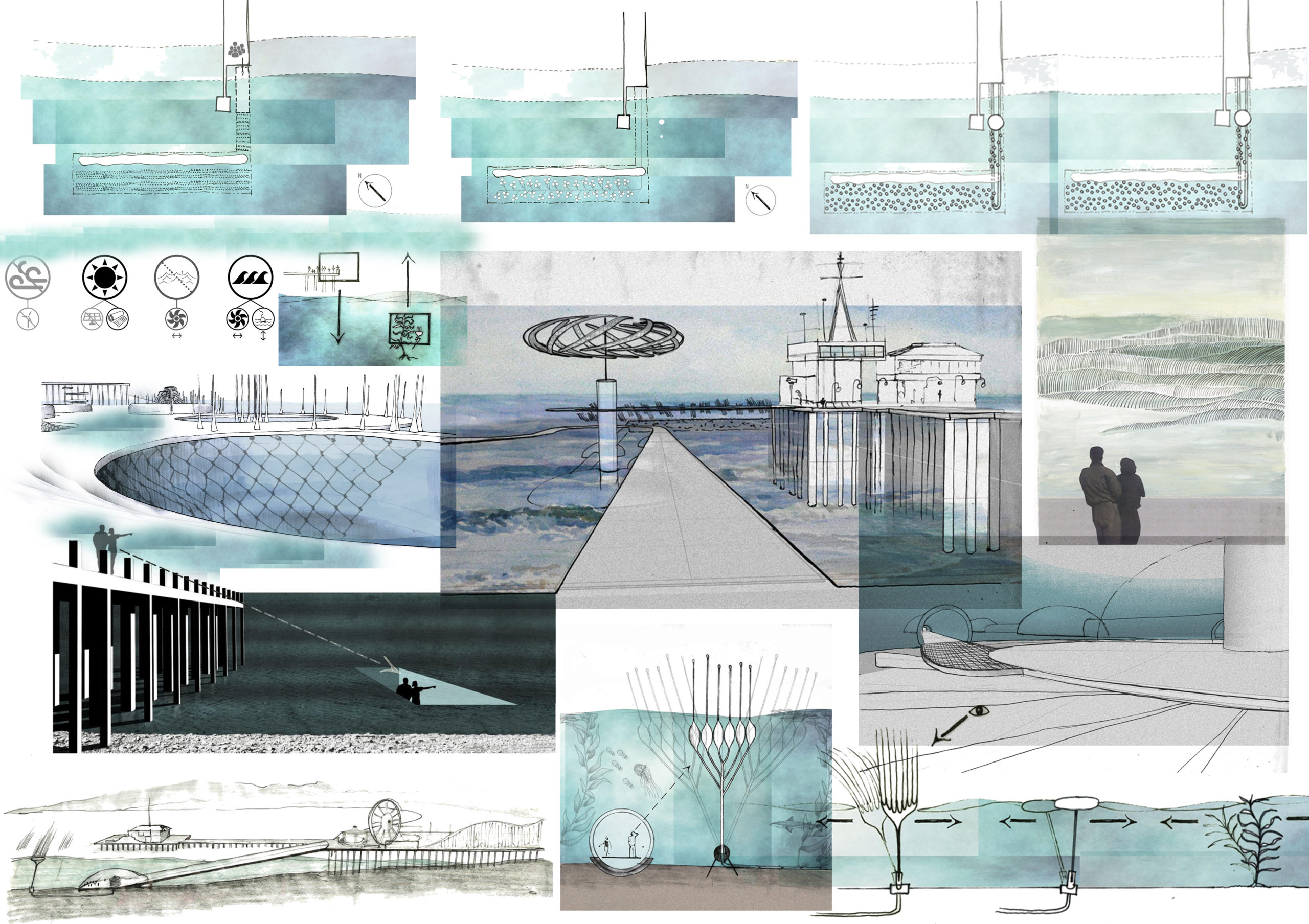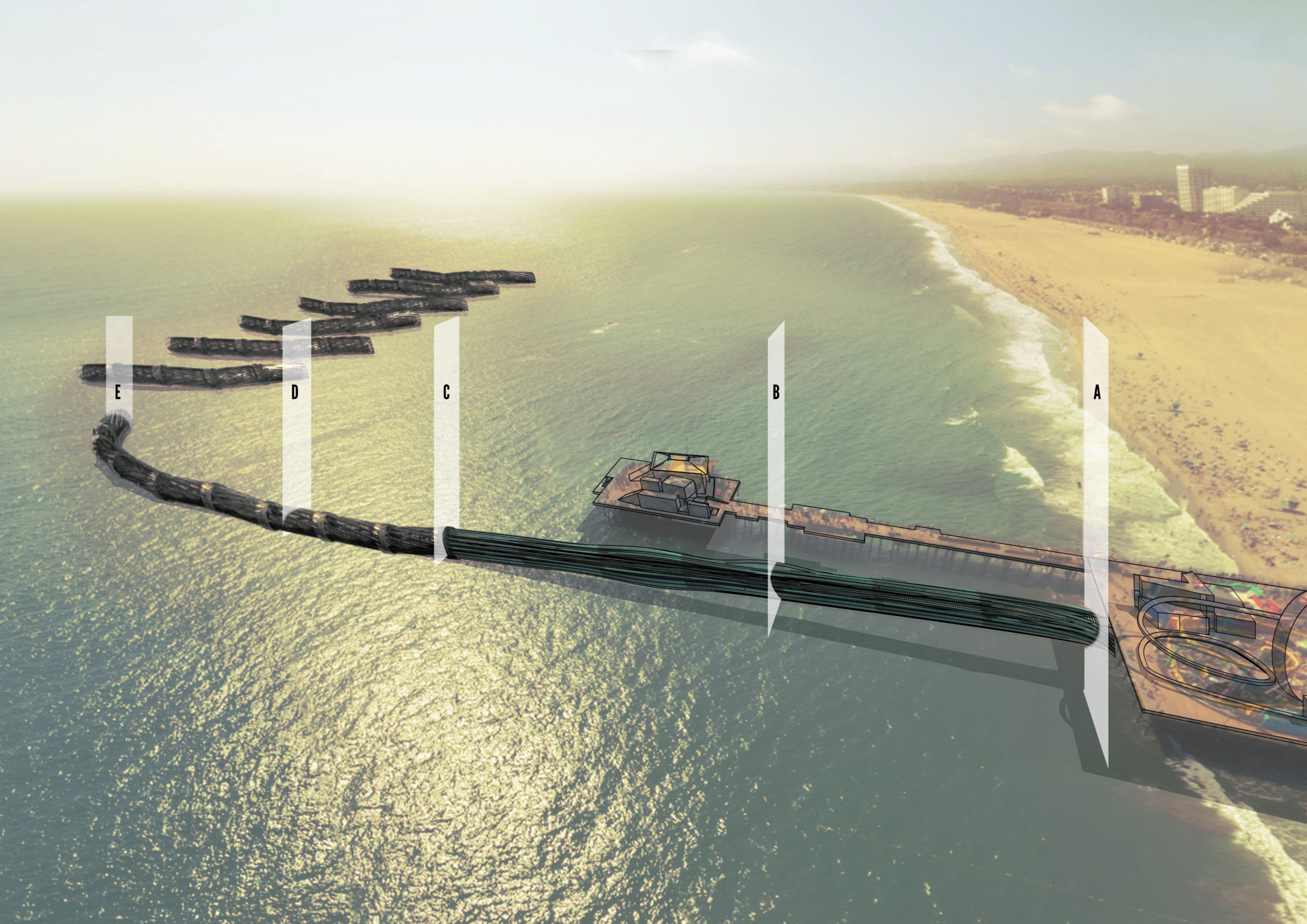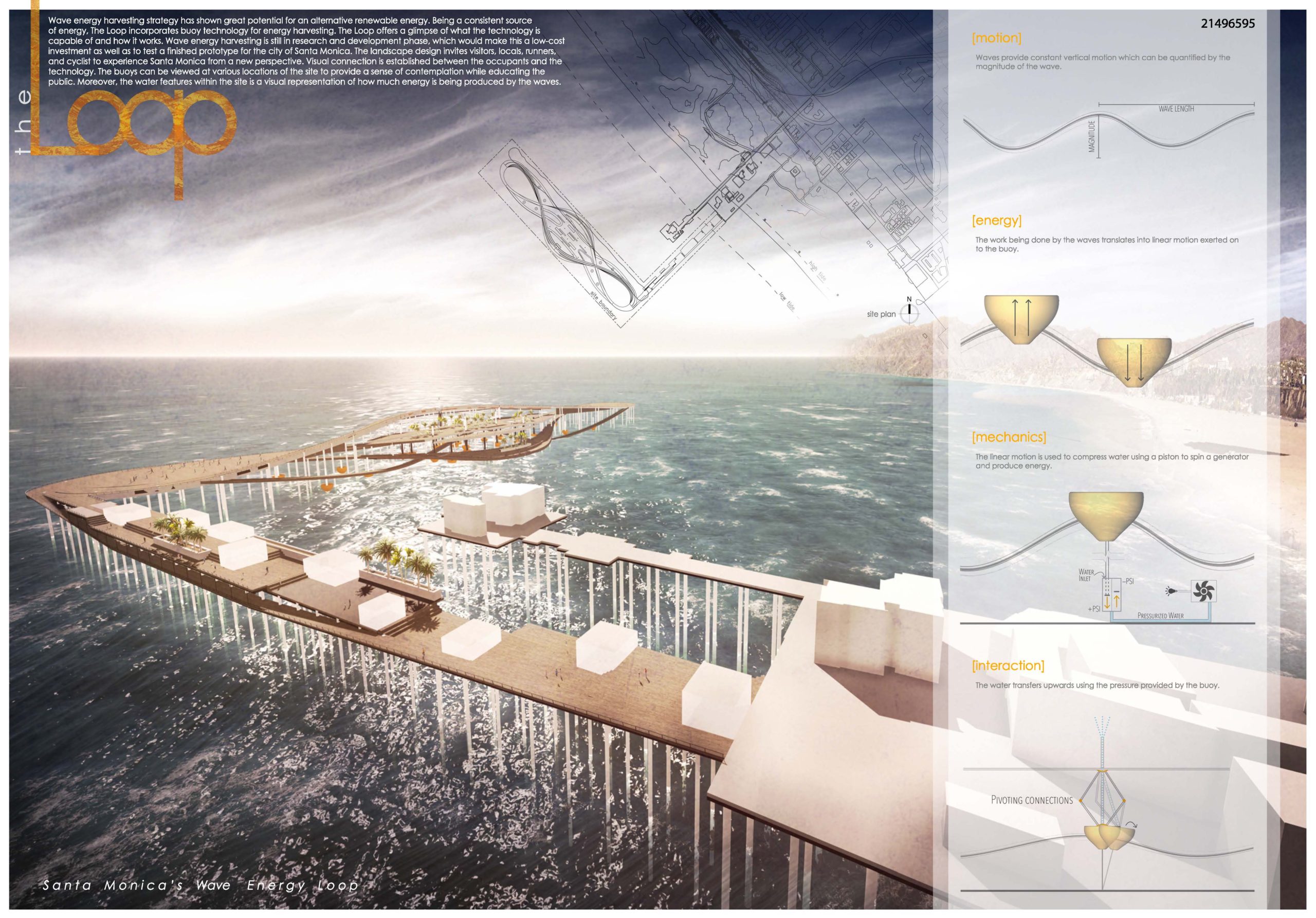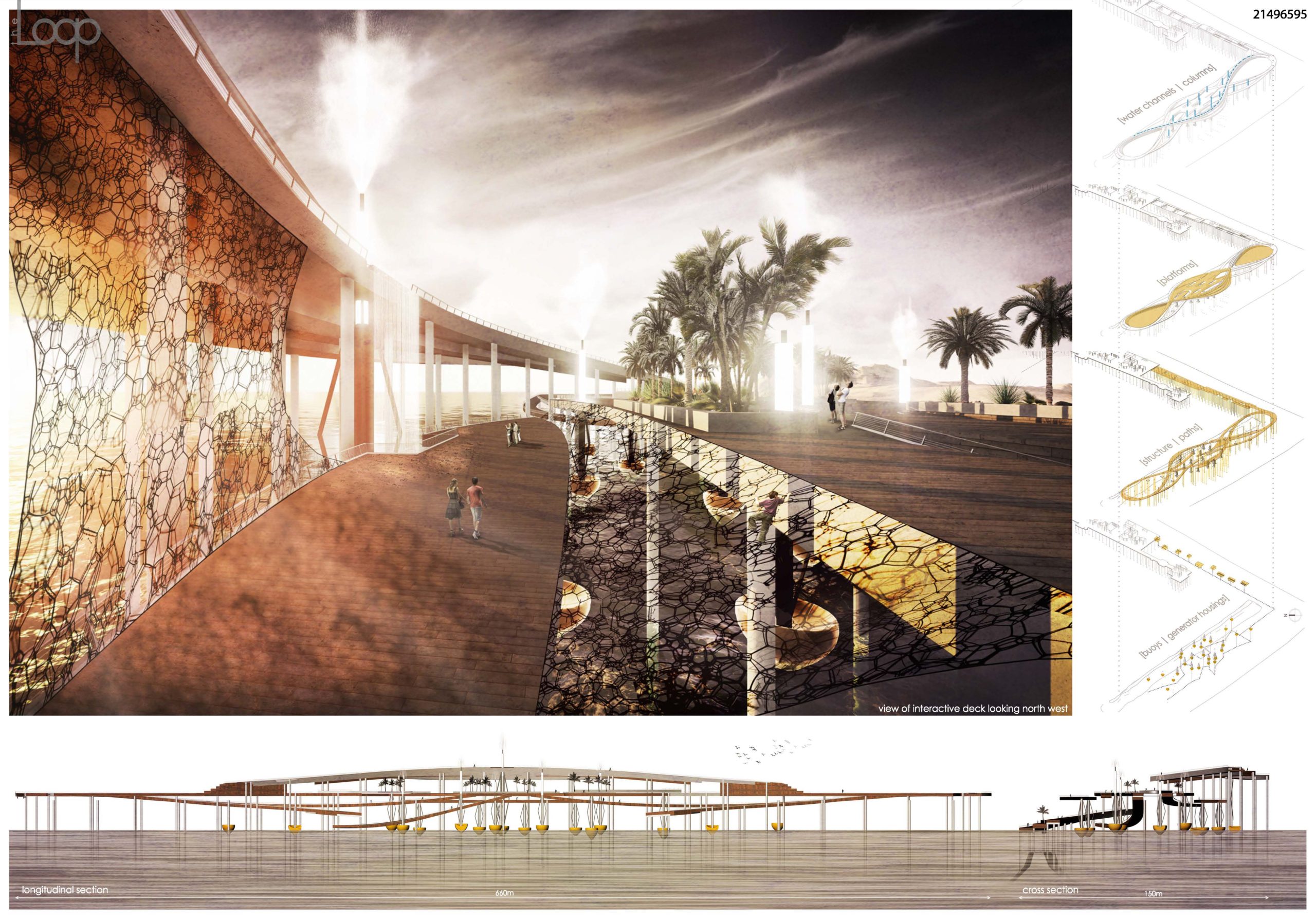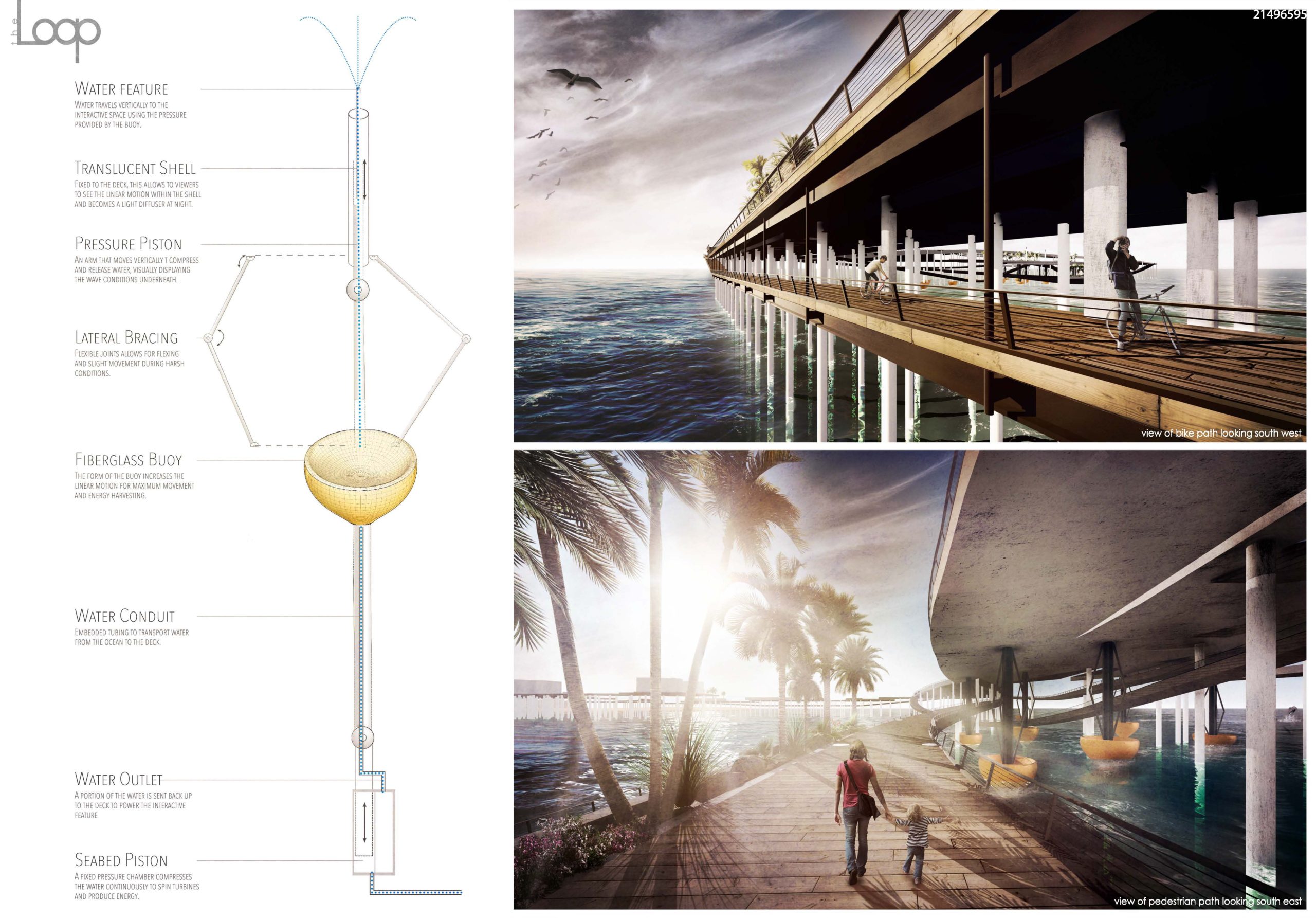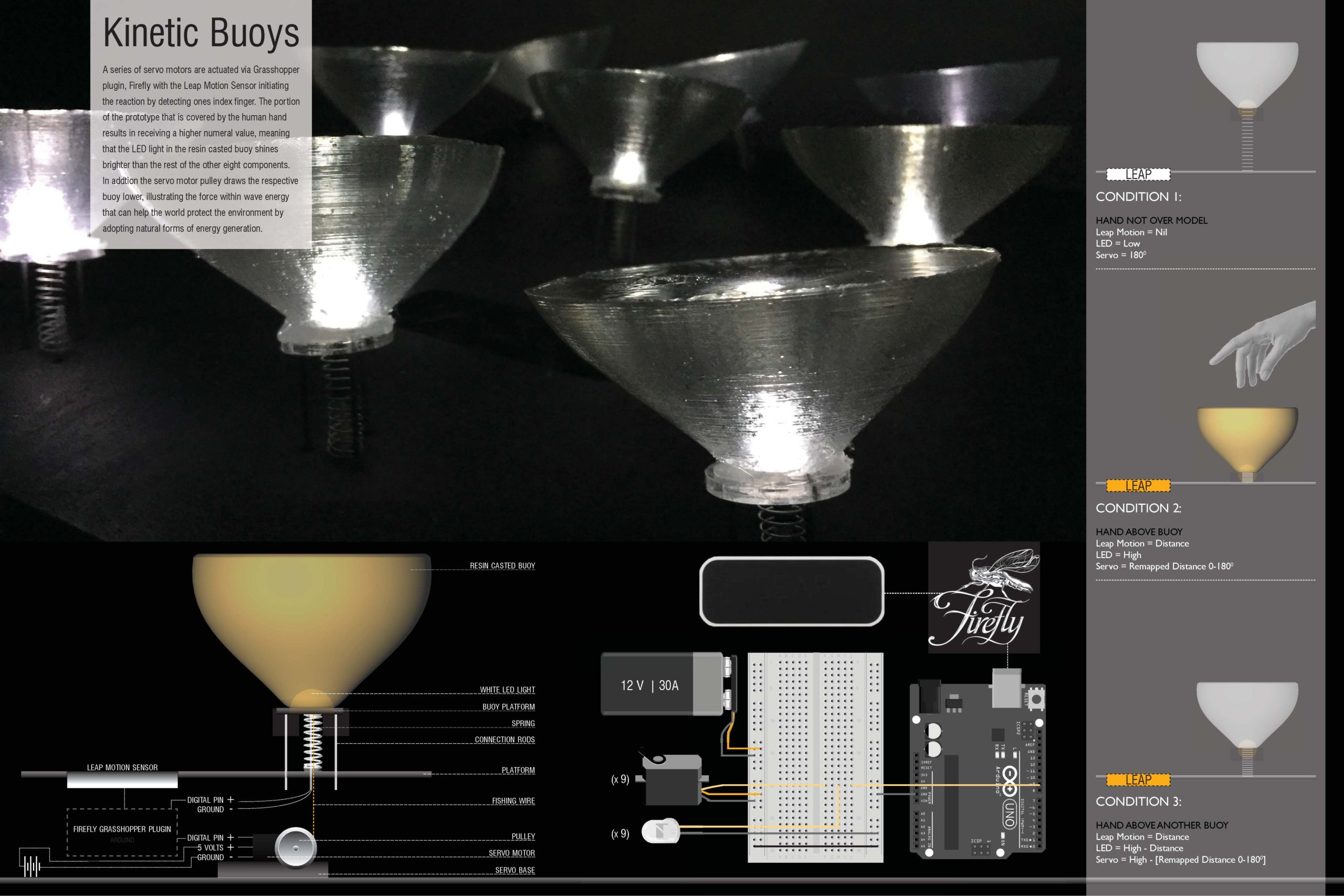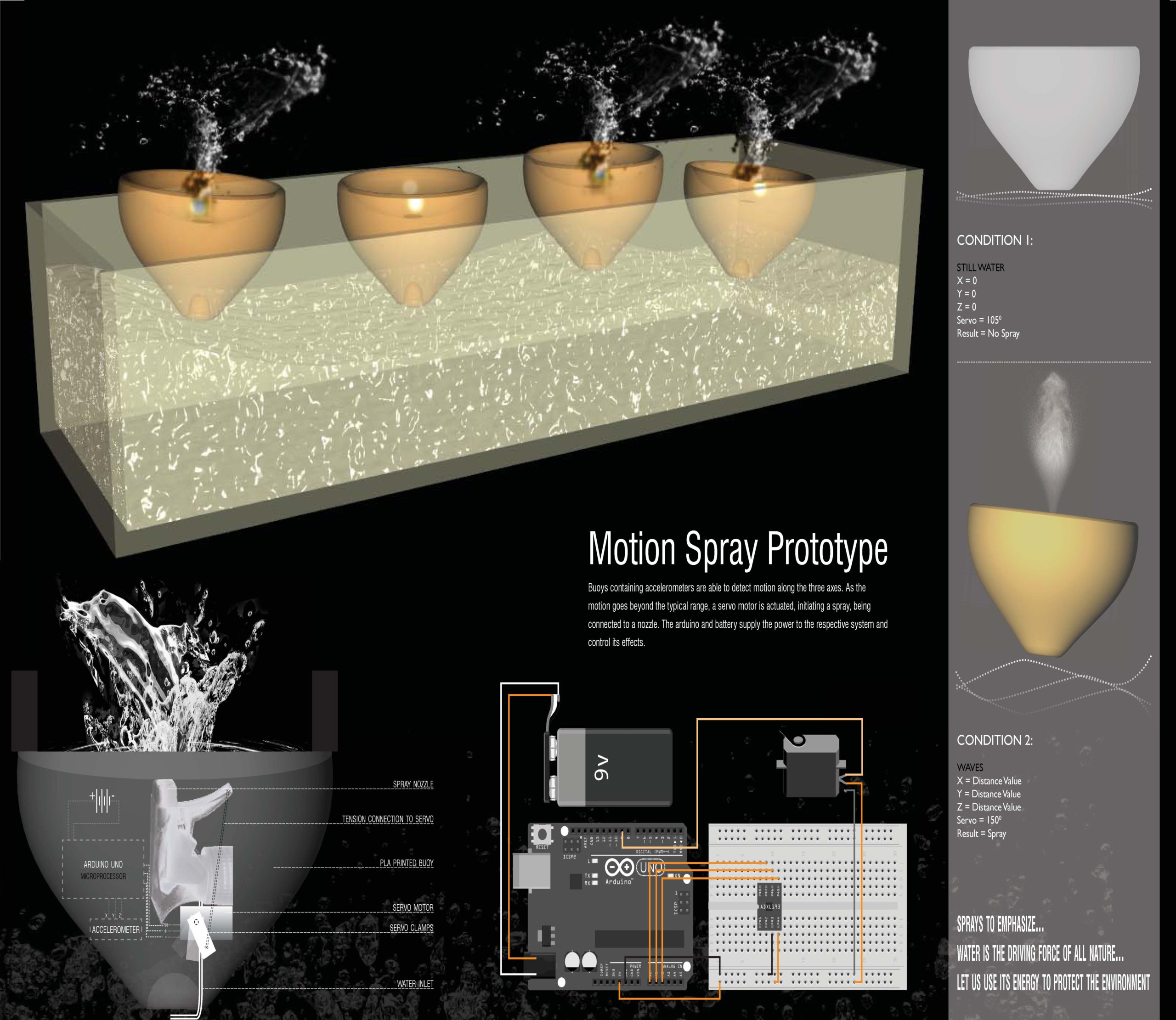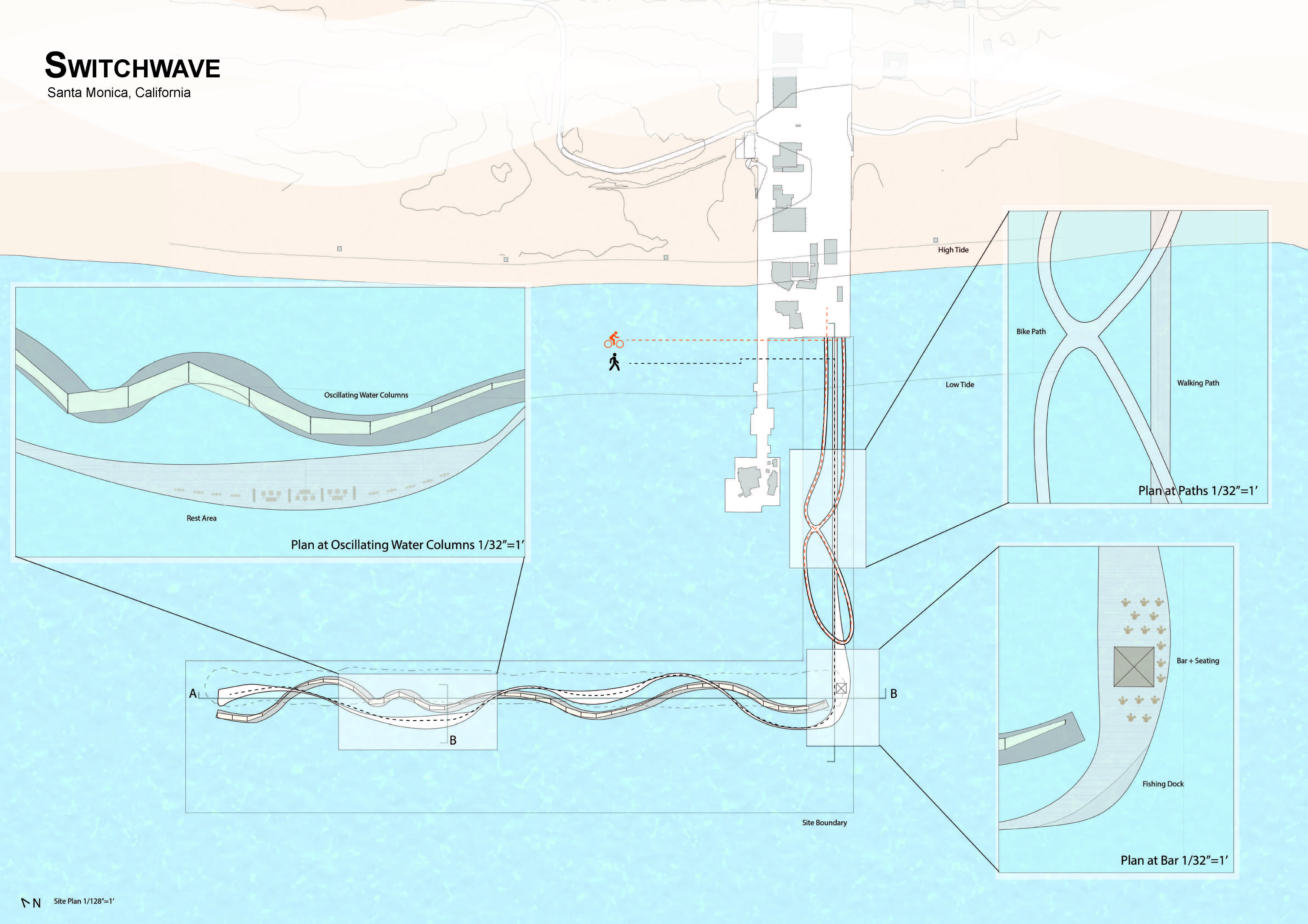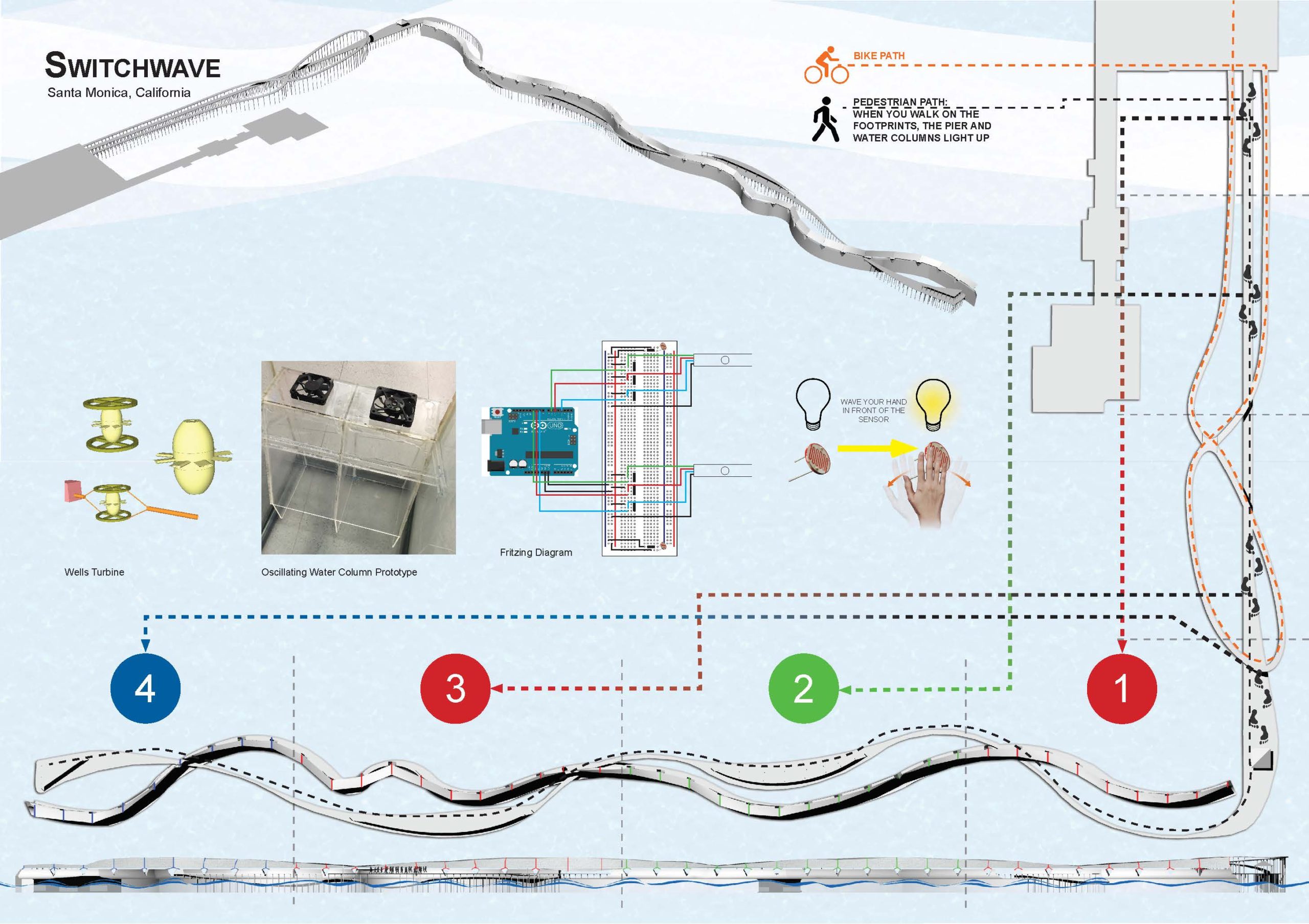ARCH 507/508 Design 9/10 | Fall 20-Spring 21
SOLAR DECATHLON CHINA 2021
The studio participated in the 2021 Solar Decathlon China International Competition. A design-build project, the studio team focused on designing the building envelope for this 1,600 square feet house, and collaborated with partners at Xi’an Jiaotong-Liverpool University and Zhejiang University-University of Illinois Urbana-Champaign Institute in China. The project will be constructed in Zhangjiakou and open to the public throughout the 2022 Beijing Winter Games.
ARCH 508 Design 10 | Spring 20
Fabric Structures
With Marcia Weiss, Meghan Kelly, Petra Stanev and Ryan Lohbauer
Collaborating with professors Marcia Weiss and Meghan Kelly’s graduate students in textile design, professor Ku’s Design 10 students envisioned new ways to integrate interior and exterior building design with textiles. The final deliverables were to design on campus fabric structures accommodating 400 to 2200 square feet.
ARCH 507 Design 9 | Fall 18
Textile Material Strategies
With Marcia Weiss, Nami Yamamoto, Melissa Conroy, and Becky Flax, and Petra Stanev and Ryan Lohbauer
In an interdisciplinary setting involving textile design and architecture students, the studio explored the expressive and performative potential of textile material strategies. Adopting a two-phase research framework, the first phase tasked student teams of textile design and architecture to investigate ‘air forms – kites’ to understand air/wind as a design problem to drive design opportunities and identification of key issues for further development. The projects were developed as part of exhibit for Design Philadelphia. The second stage challenged architecture students to conduct independent research on textiles for novel architectural applications, involving material investigations, computational design and fabrication explorations, and validation through proof-of-concept models.

ARCH 508 Design 10 | Spring 18
Prototyping Adaptive Material Strategies
With John Shields
The studio focused on two areas: (1) designing adaptive material systems and (2) computational and material prototyping as design tools and methods. What are the opportunities for new building paradigms of the future? For example, healthy living and working spaces require consideration of comfortable surface temperatures, indoor air quality, hygienic surfaces, adequate daylighting, acoustic conditions, user-friendly functionality, energy efficiency, and many more factors. How can architects integrate adaptive surface design strategies with smart and kinetic controls to respond to constantly changing environmental conditions and individual human preferences? What aesthetic opportunities exist? This studio examined the barriers and opportunities for developing an adaptive architecture.
Background research, including precedents studies of variable geometric constructs such as origami and physical computing defined the scope of this studio. Through research students gained knowledge of the design process and tools used for designing and prototyping adaptive architecture for new experiential and social spaces. Aspects of design workflows, evaluation, and the role of virtual simulations were examined in parallel.
ARCH 507 Design 9 | Fall 17
Textile Tectonics
With Petra Stanev and Ryan Lohbauer
This semester, we examined the architectural building envelope adopting biomimetic approaches. Building envelopes are complex systems addressing various environmental elements including, water, air, sound, light, temperature, etc. Hypothesizing that biological precedents achieve similar functions more efficiently through adaptive responses which offer alternative solutions to innovative building envelopes, the studio explored bio-inspired design approaches to look at nature as a database of ideas for new sustainable and lightweight construction developments.
We revisited the building envelope to identify opportunities for innovation, and investigate compatible working examples in nature. Textiles offer the ideal means of implementation to translate and further scale up inspirations found in natural structures. The first project was a retrofit for the south façade of an existing campus building, the Hamilton building on the Center City campus.
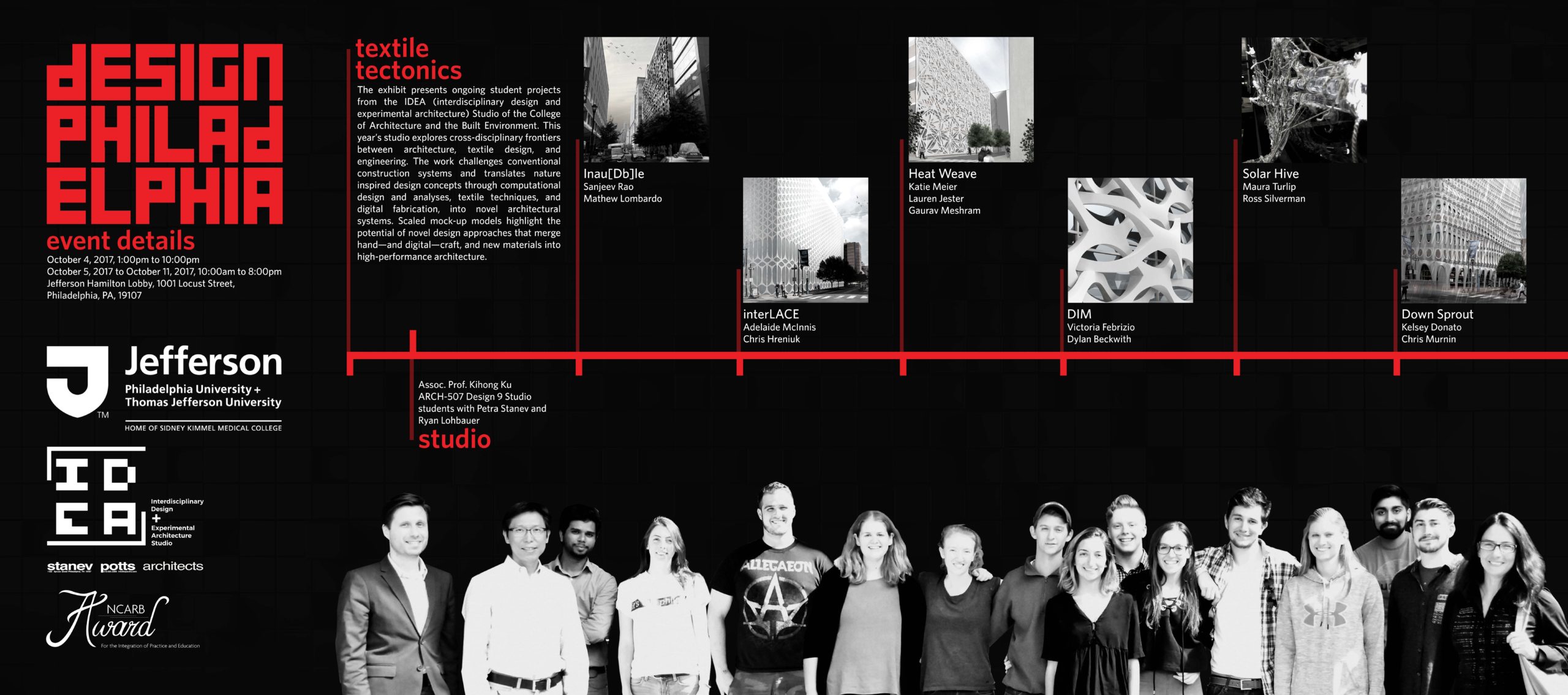
High-rise Facade for Health and Wellbeing
The second project worked on The Metals in Construction magazine 2018 Design Challenge which focused on generating ideas for a 30-story facade system that enhances employee health and well-being. Considering the impact of air and water quality, thermal control, and visual access to outdoor environments on employee well-being besides the poetics was an important driver. The site in South Williamsburg connects the emerging Brooklyn Navy Yard and Brooklyn Tech Triangle office markets. The architecture students worked in teams of two members.
ARCH 508 Design 10 | Spring 17
Health + Design: Revisiting Healing Spaces
with Bon Ku
This studio was structured to investigate the relationship of the built environments and health and emerging healthcare issues, healthcare facilities, and relevant technologies that impact the design of healing spaces. The investigation started from macro level issues and gradually moved into the specifics of examining healthcare spaces at the Thomas Jefferson Hospital.
Working with medical graduate students and direct access to hospital spaces, the architecture students worked in teams, identifying a diverse range of issues the building scale of facades, departmental organizations, and mobile health access.
ARCH 507 Design 9 | Fall 16
Textile Material Strategies
With Marcia Weiss, Christian Jordan, Petra Stanev and Ryan Lohbauer
In an interdisciplinary setting involving textile design and architecture students, the studio investigated textiles at the different scales to question how they apply at the micro scale of textiles to the macro scale of architecture. An iterative process of applying material techniques, digital modeling and analysis, physical representation, and translation into building technologies, was adopted to develop a adequate design techniques. The design process involved a three-stage research framework, starting with a unit scale space of a shelter, then looking into a modular component scale to construct a collective wall assembly, and lastly applying textile strategies at a building façade scale. Students worked in teams first as integrated interdisciplinary teams, to learn and explore various textile based design techniques. At later stages, textile design students took on the role of consultants to assist architecture students in finding ways to apply textile techniques to some or all dimensions of massing, structure, and building skin.
Please wait while flipbook is loading. For more related info, FAQs and issues please refer to DearFlip WordPress Flipbook Plugin Help documentation.
ARCH 508 Design 10 | Spring 16
Art, Sustainability, Feasibility, and Prototyping
With Christian Jordan, Petra Stanev and Ryan Lohbauer
This semester kicked off the IDEA Studio Curriculum. We put special emphasis on incorporating practical constraints as part of applied design processes. One important factor was understanding the context at the relevant scale, regardless of the size, whether as small as a piece of jewelry or as large as an urban plan. The studio projects consistently incorporated the aspects of aesthetic value, functionality, inventiveness of the idea, and quality of the execution. In two phase framework, the first project tasked students to design a sculptural canopy installation in a section of a historic building’s cavernous double-height residential lobby to highlight and define a newly re-opened bar area. This project was introduced by Petra Stanev and Ryan Lohbauer who worked on this particular building in Center City, Philadelphia. The design required a strong aesthetic, and serve the functional purpose of defining the bar zone, lowering the perceived ceiling, creating an interesting lighting condition, and mitigating potential acoustic issues. The students were assigned to teams of three members, to develop a single common concept for the installation. Subsequently, the members of each team were assigned one of three budgets at random (i.e., low budget, intermediate, and luxury) and asked to individually develop a final design, including a strategy for fabrication and installation with approximate lead times and some documentation of how the project expects to meet the budget.


